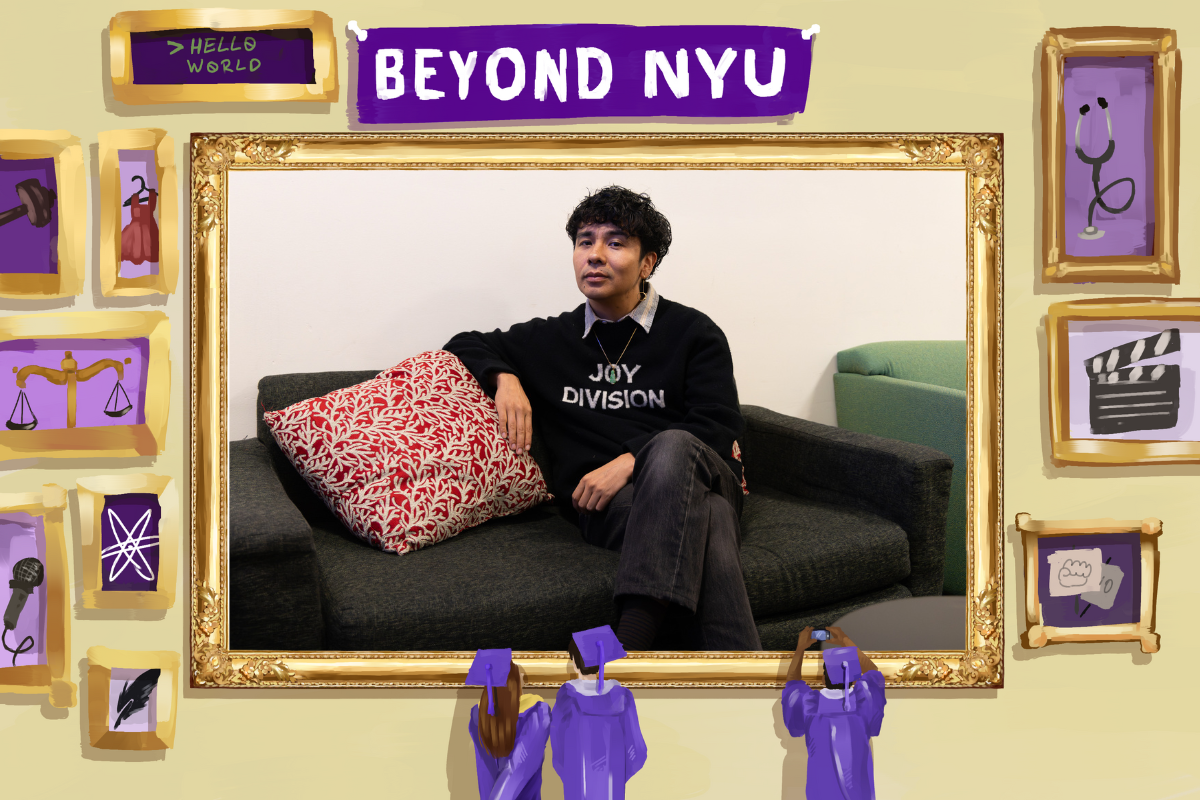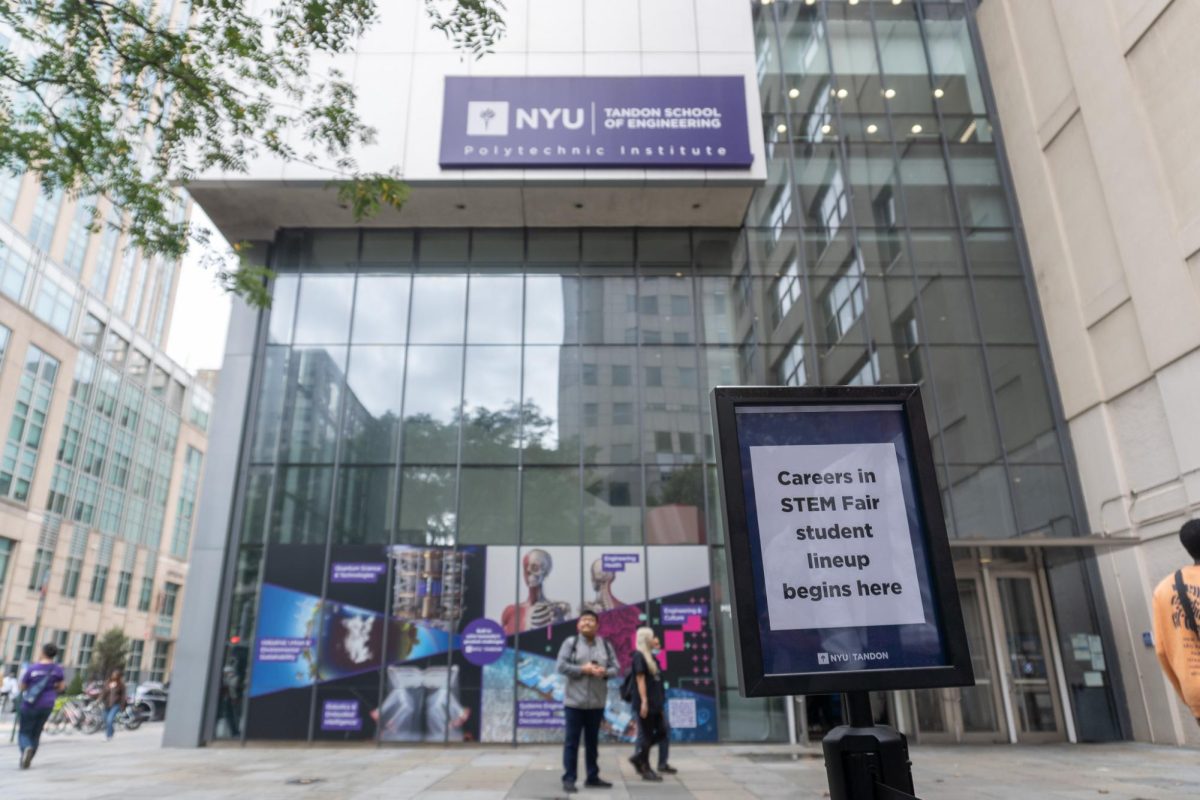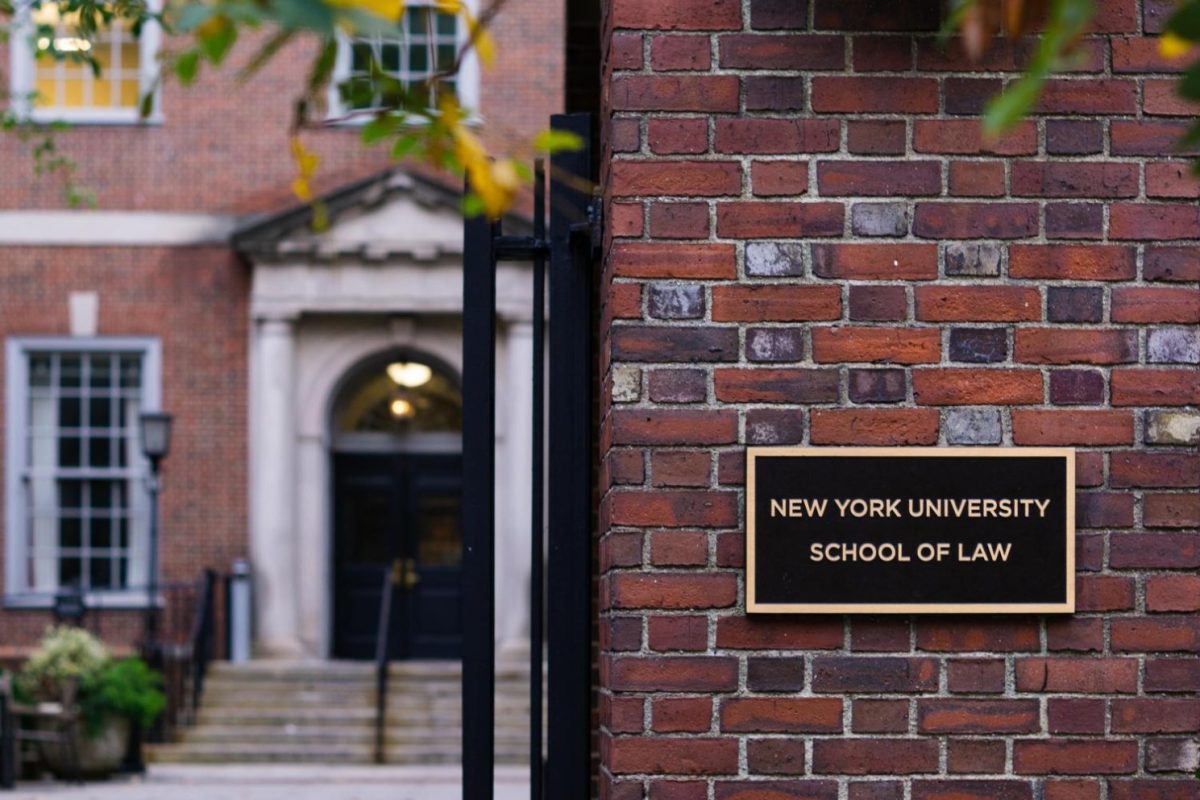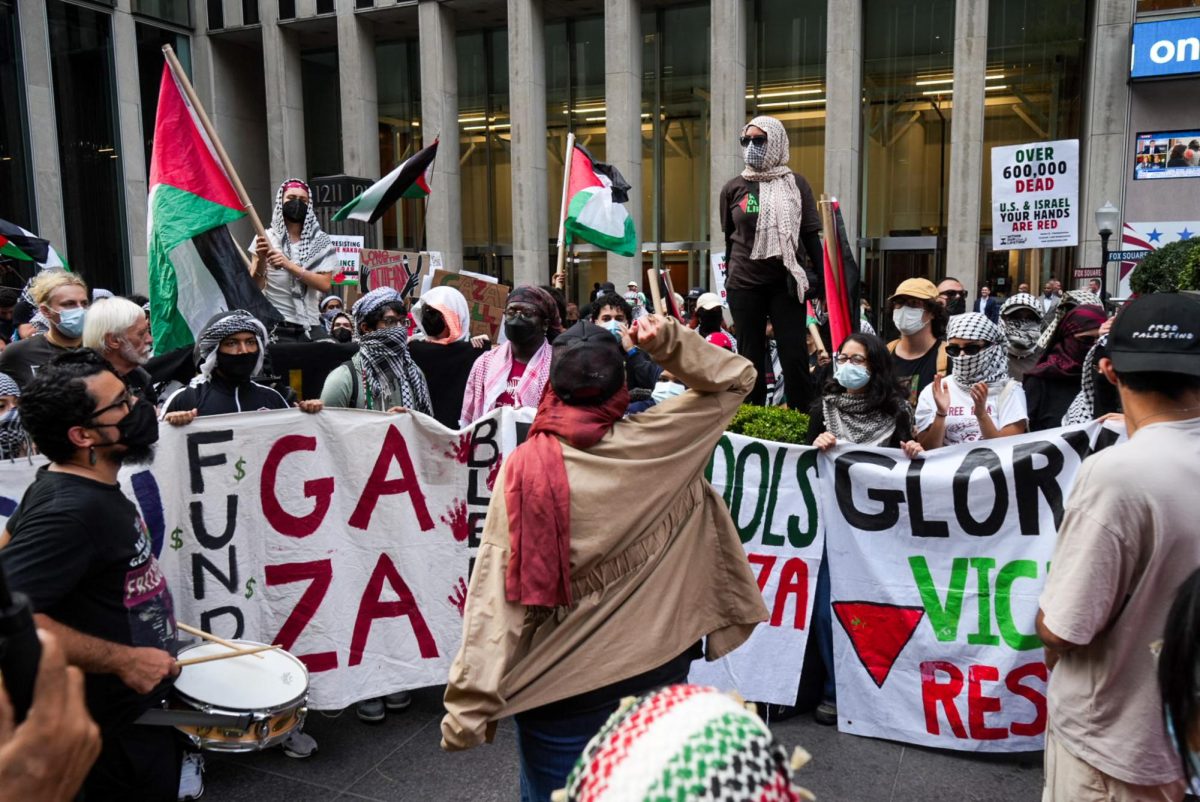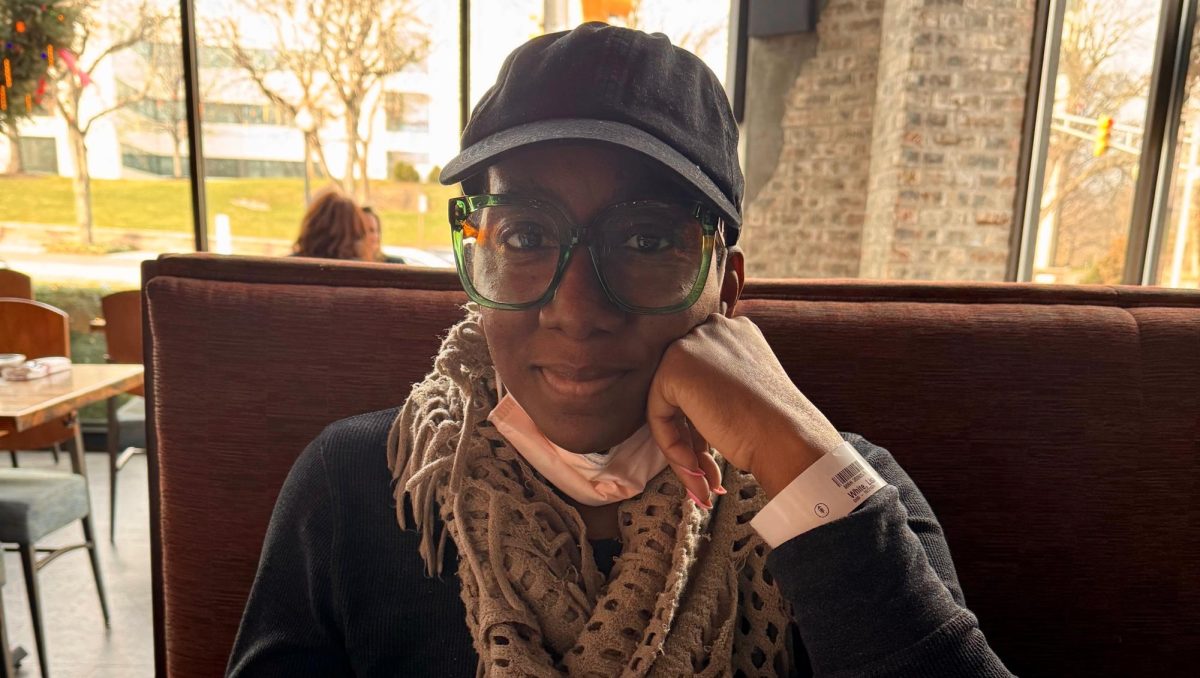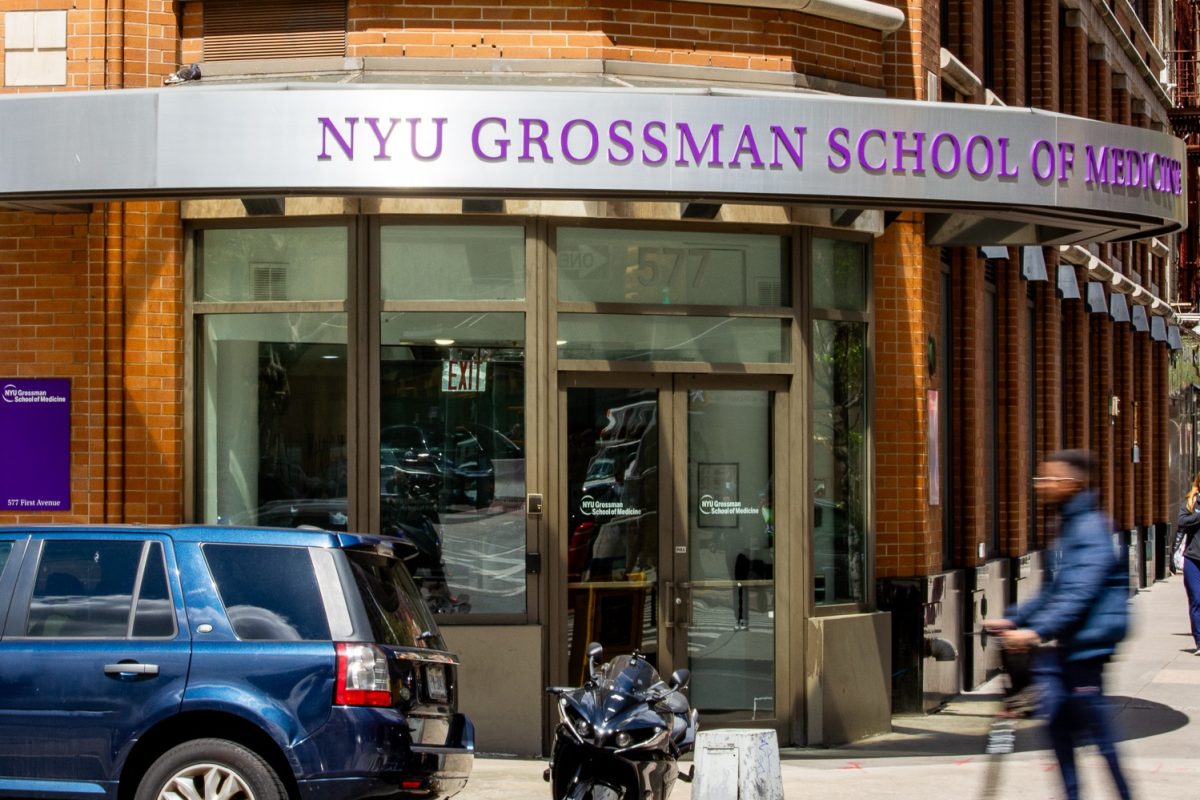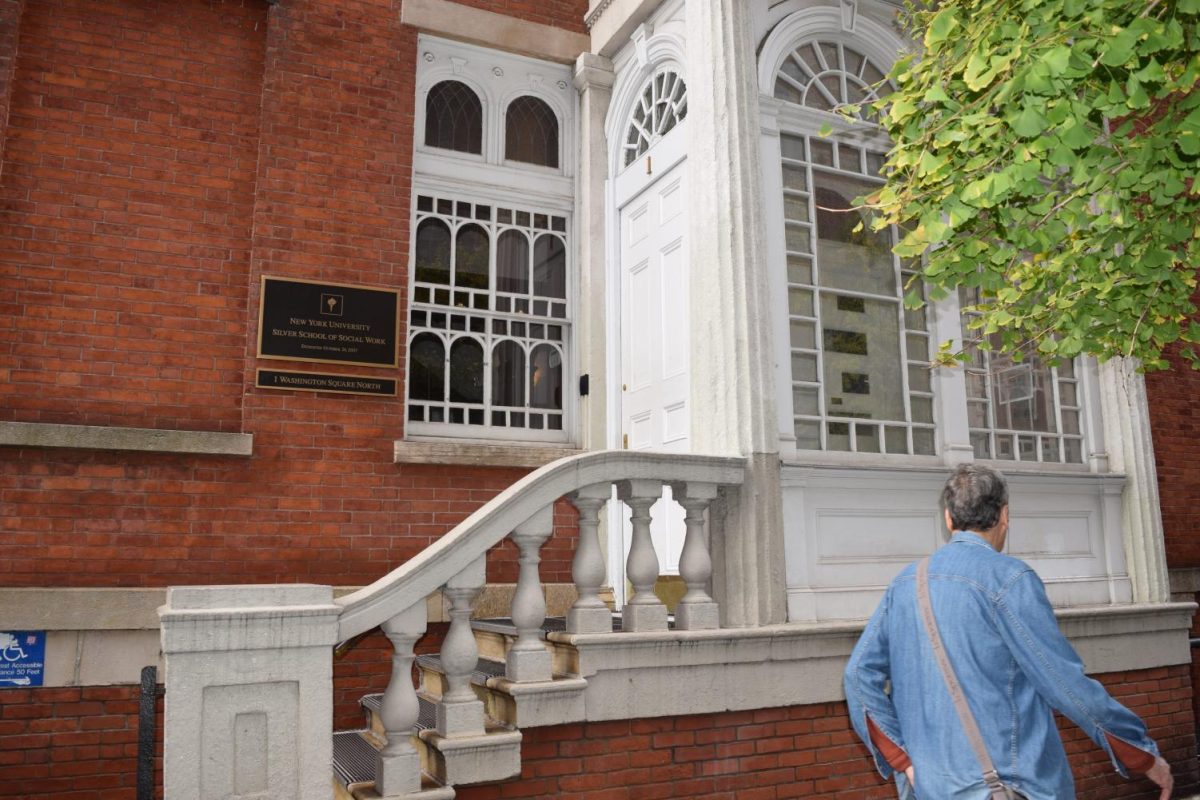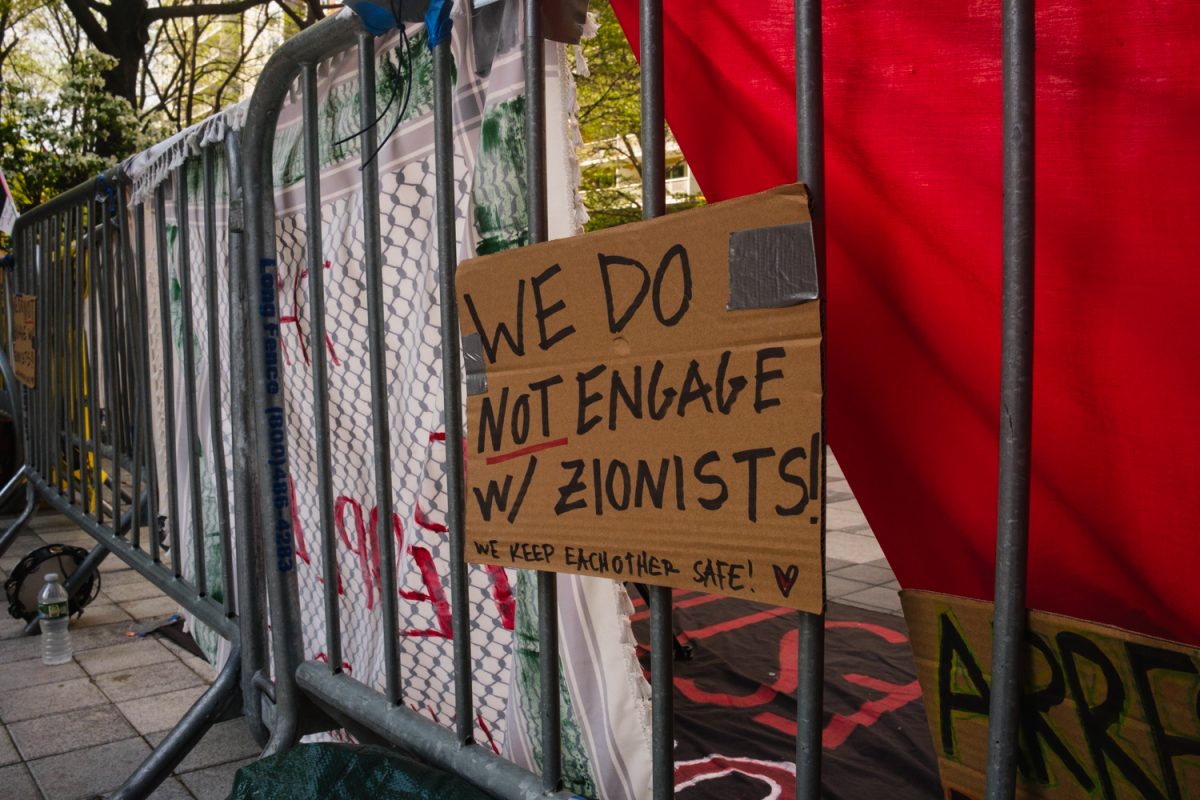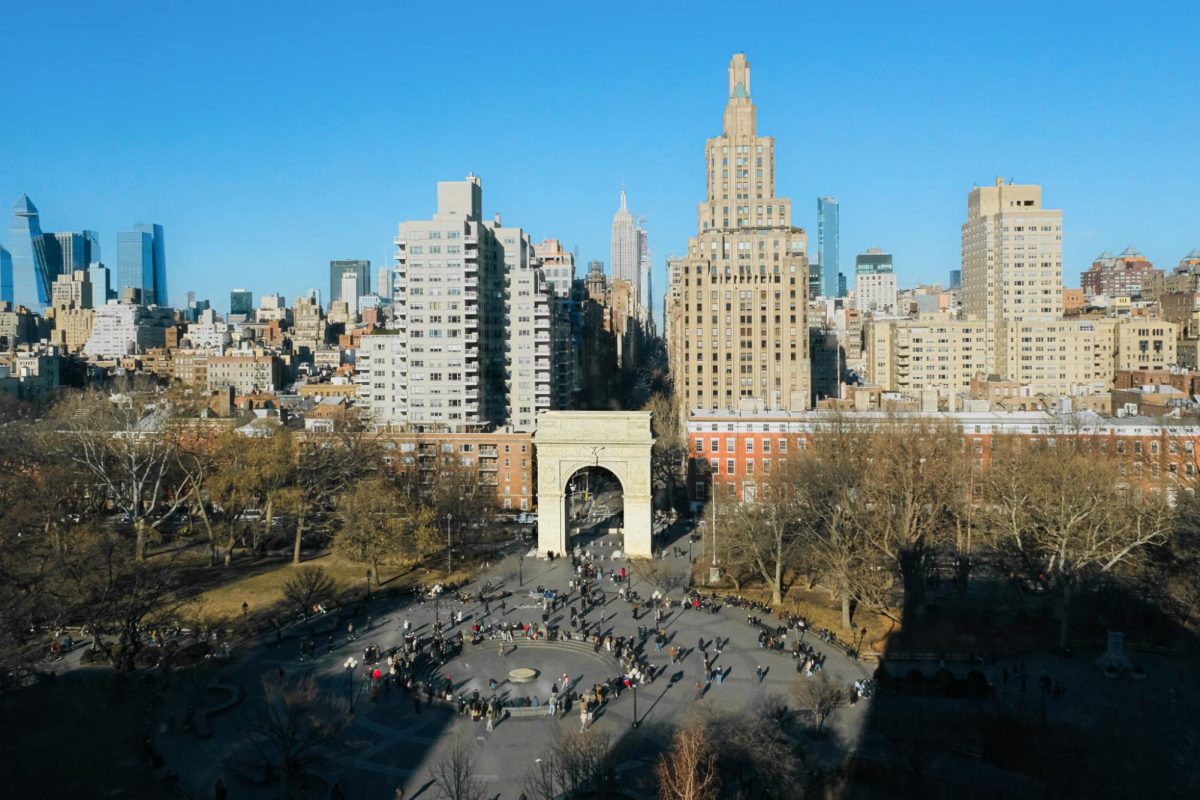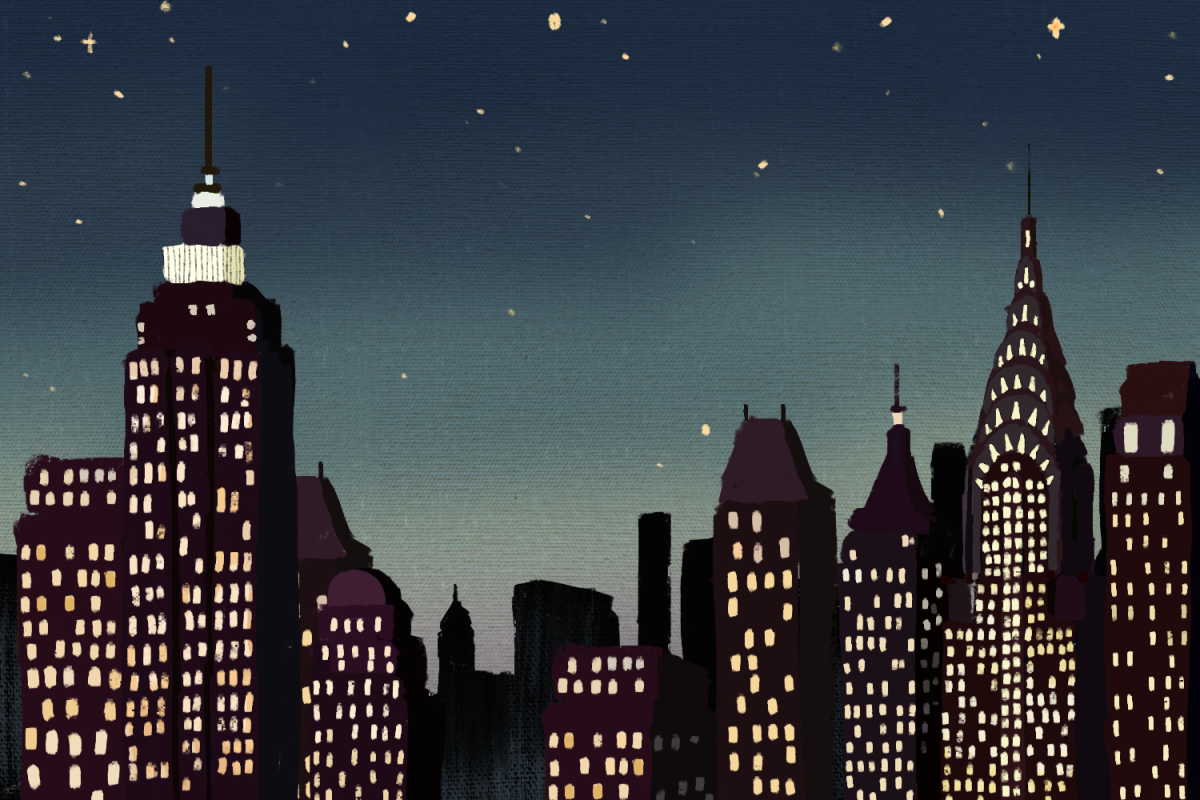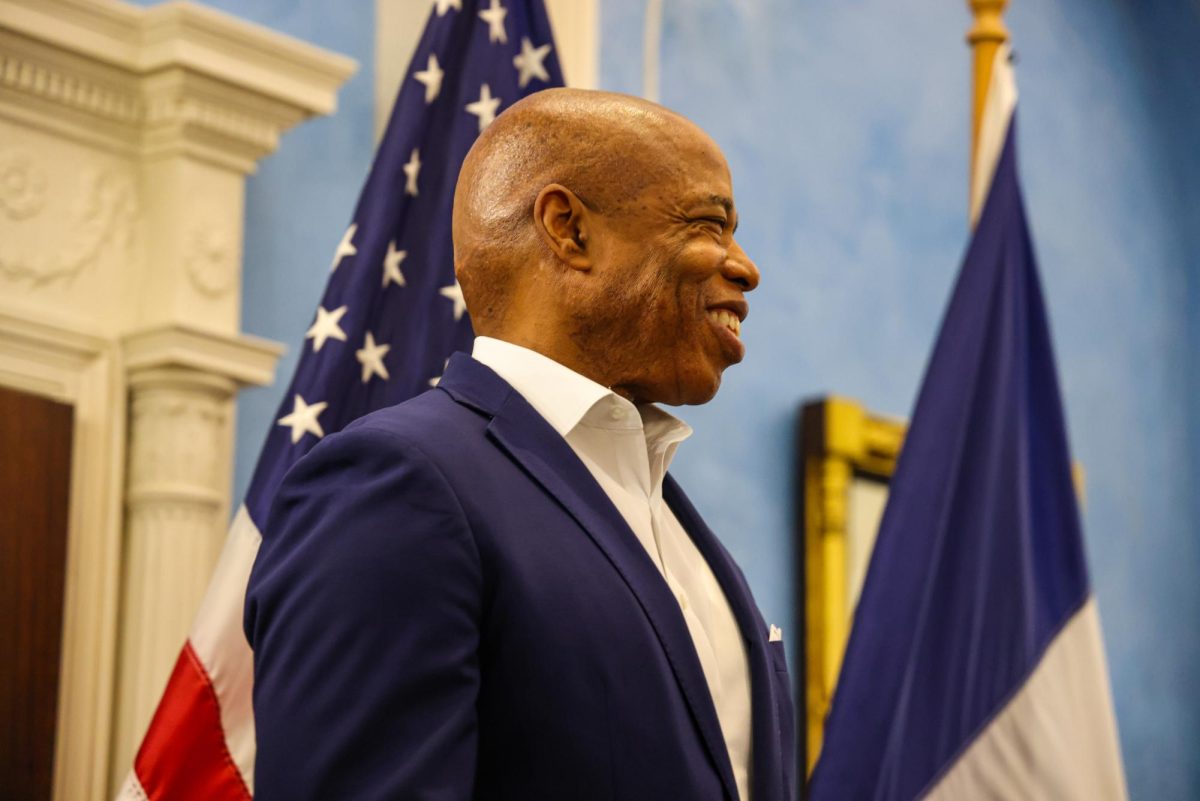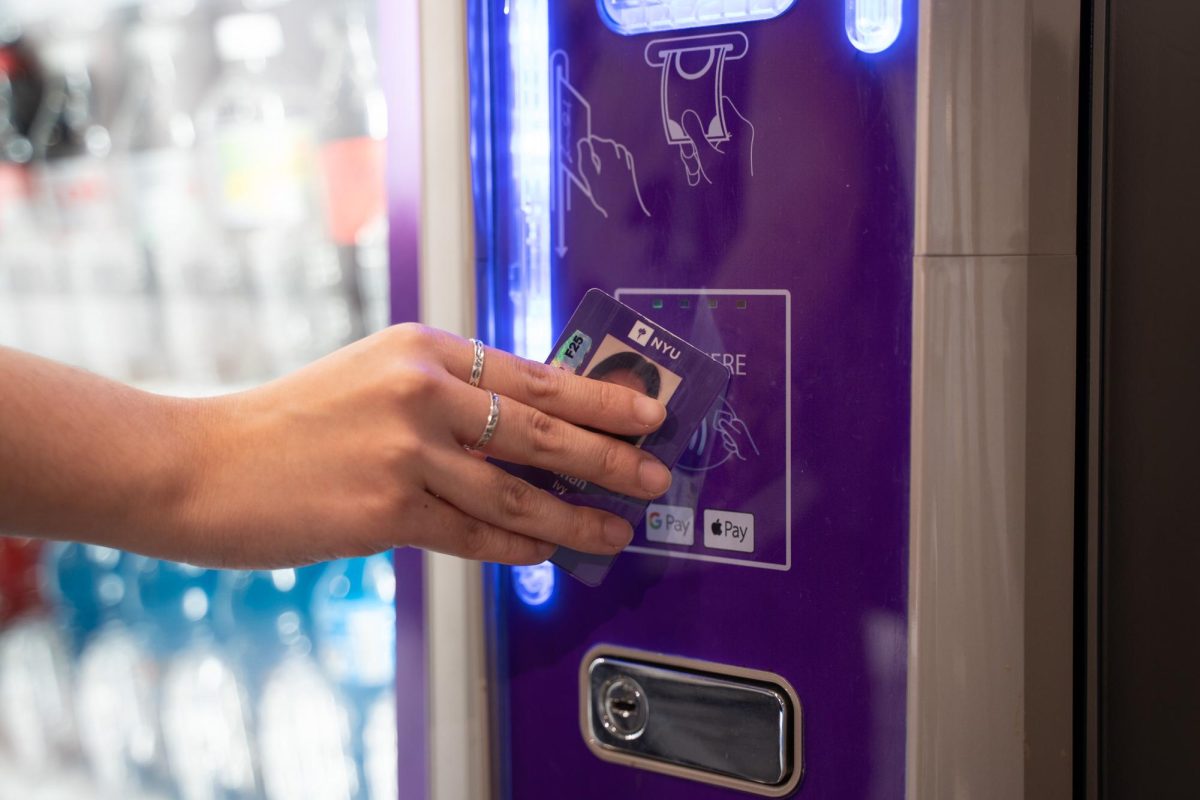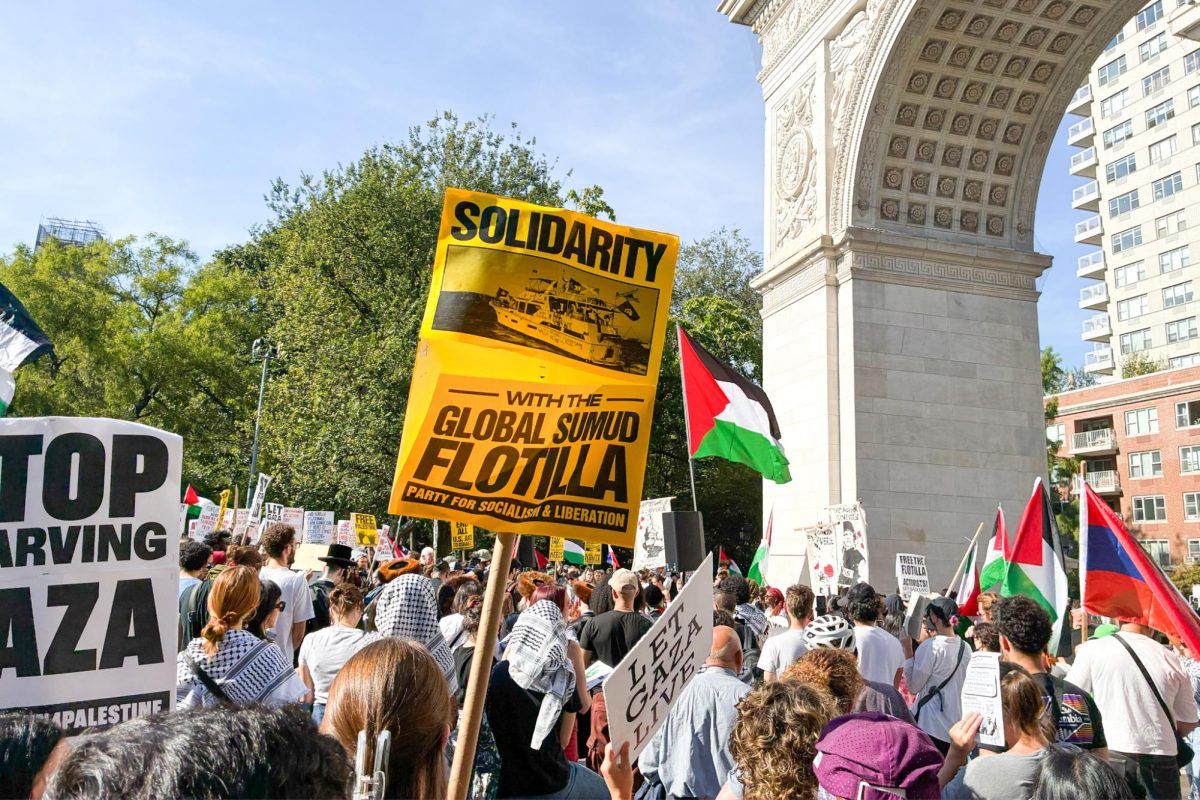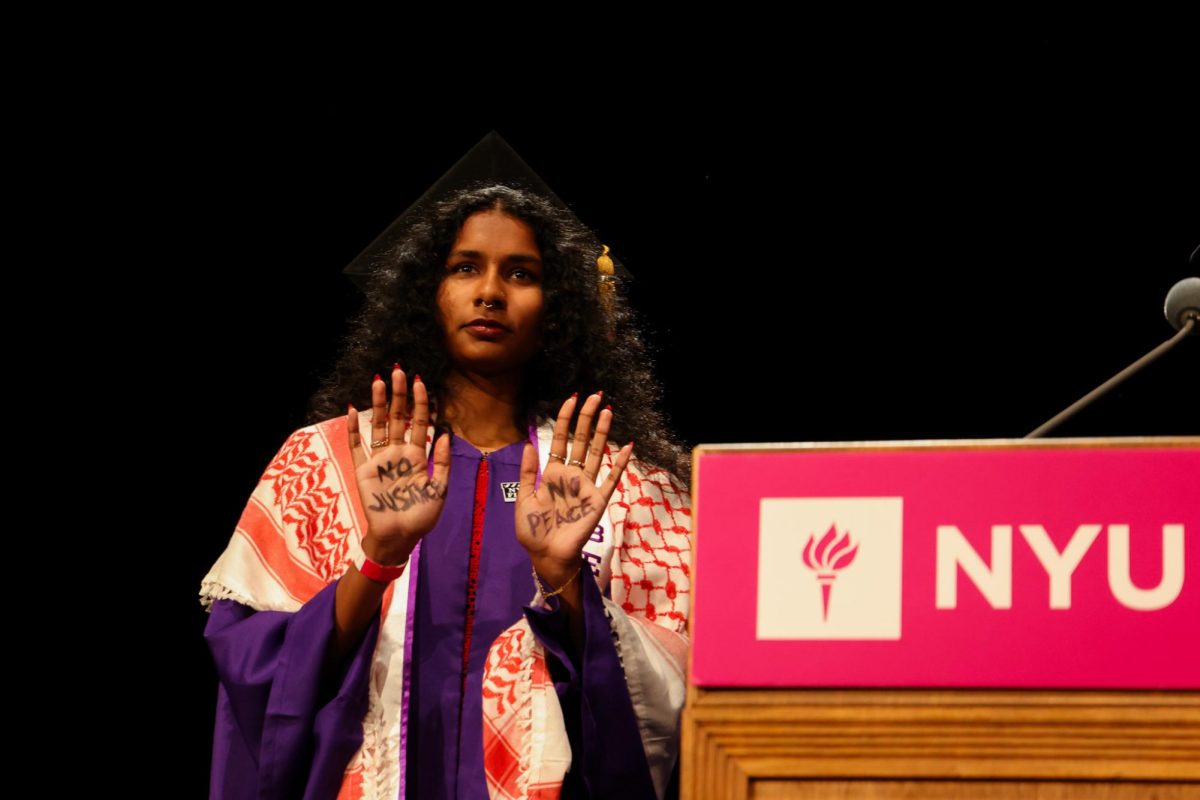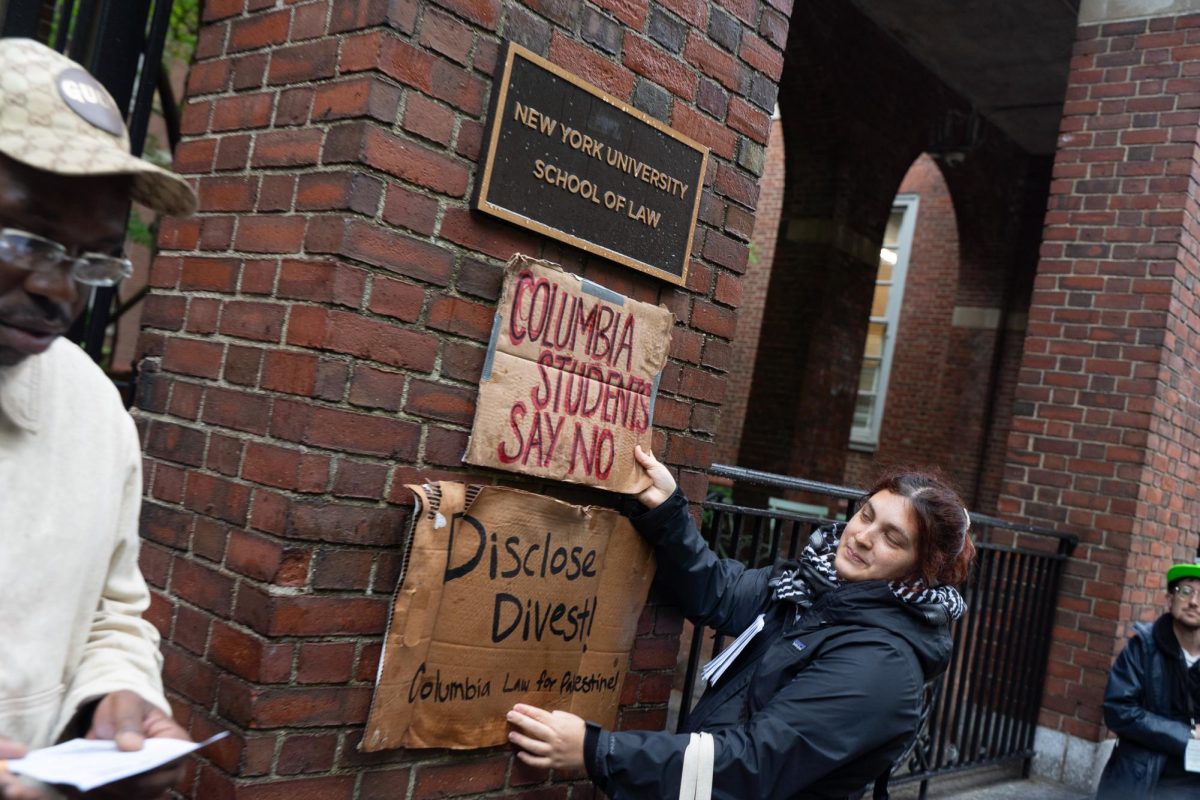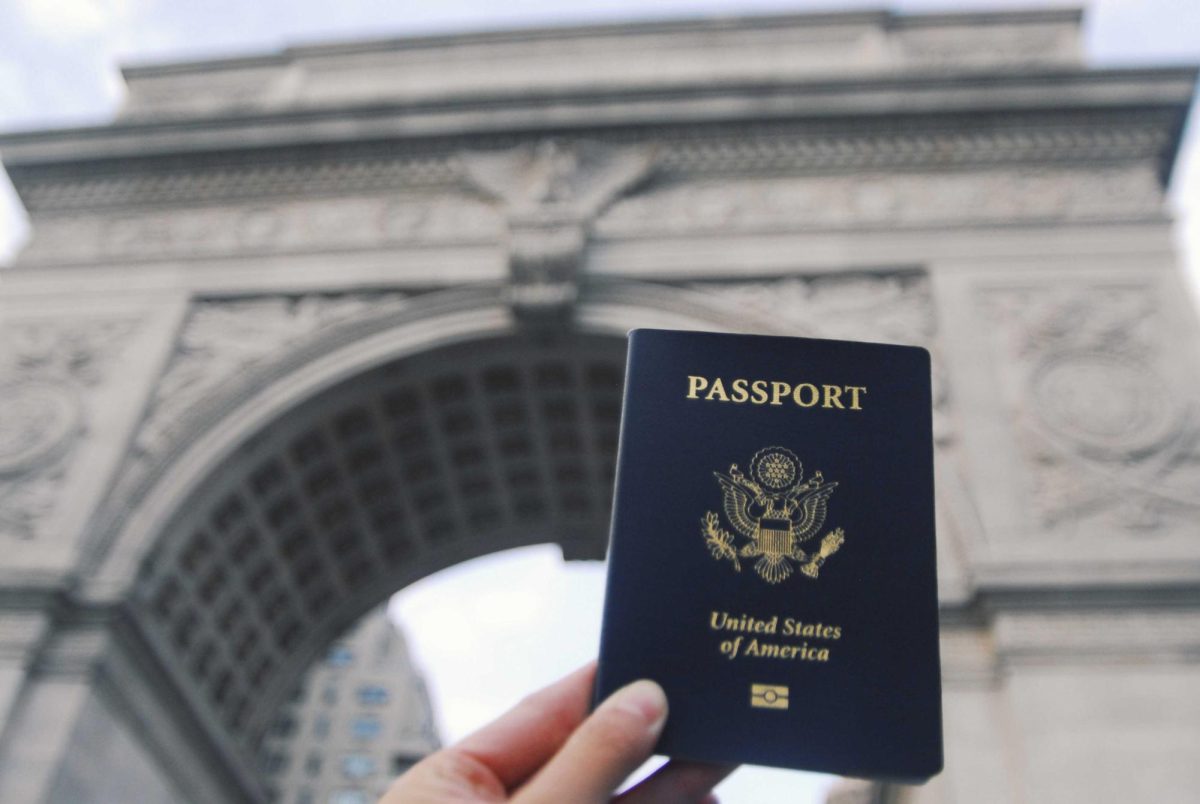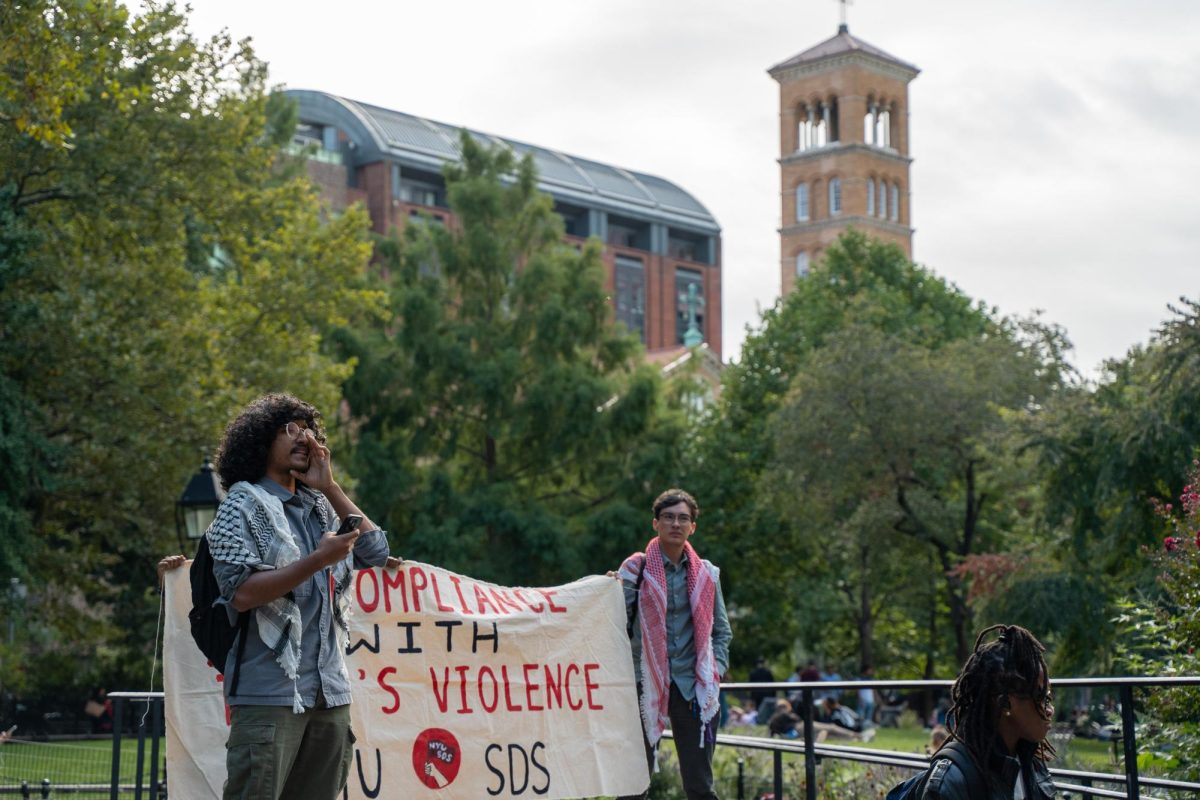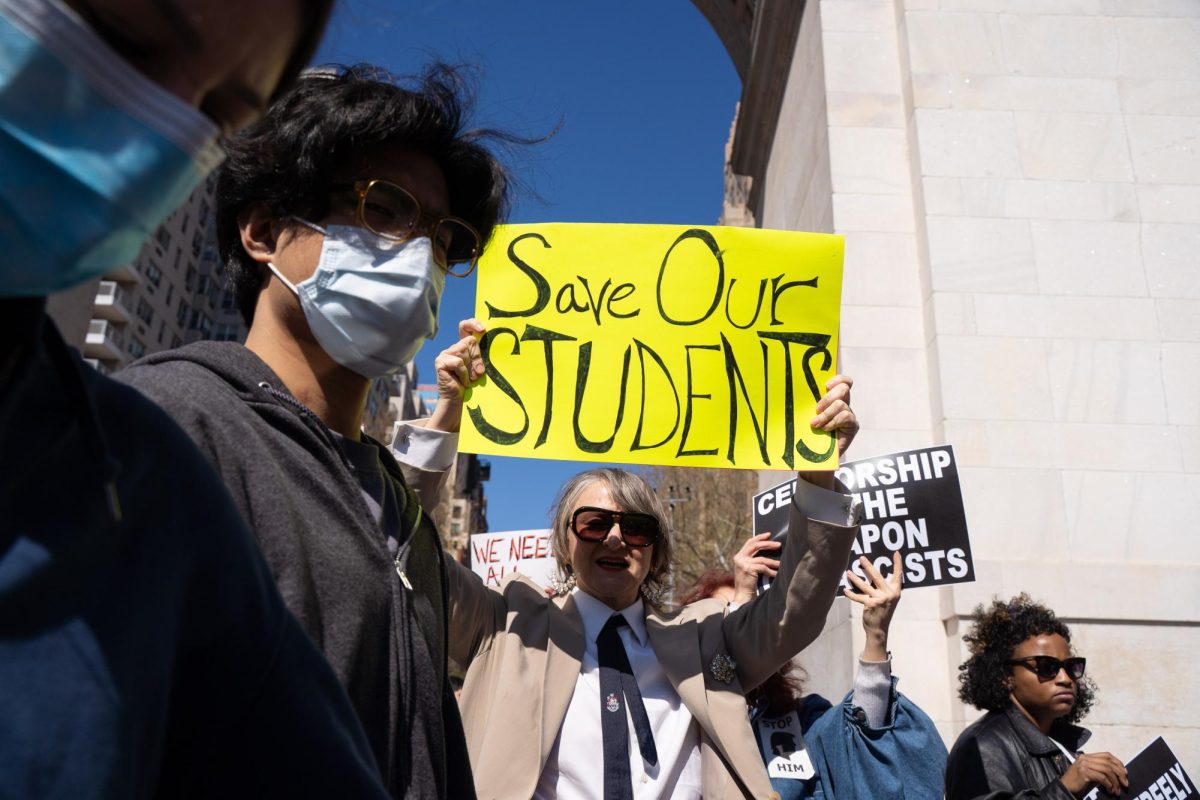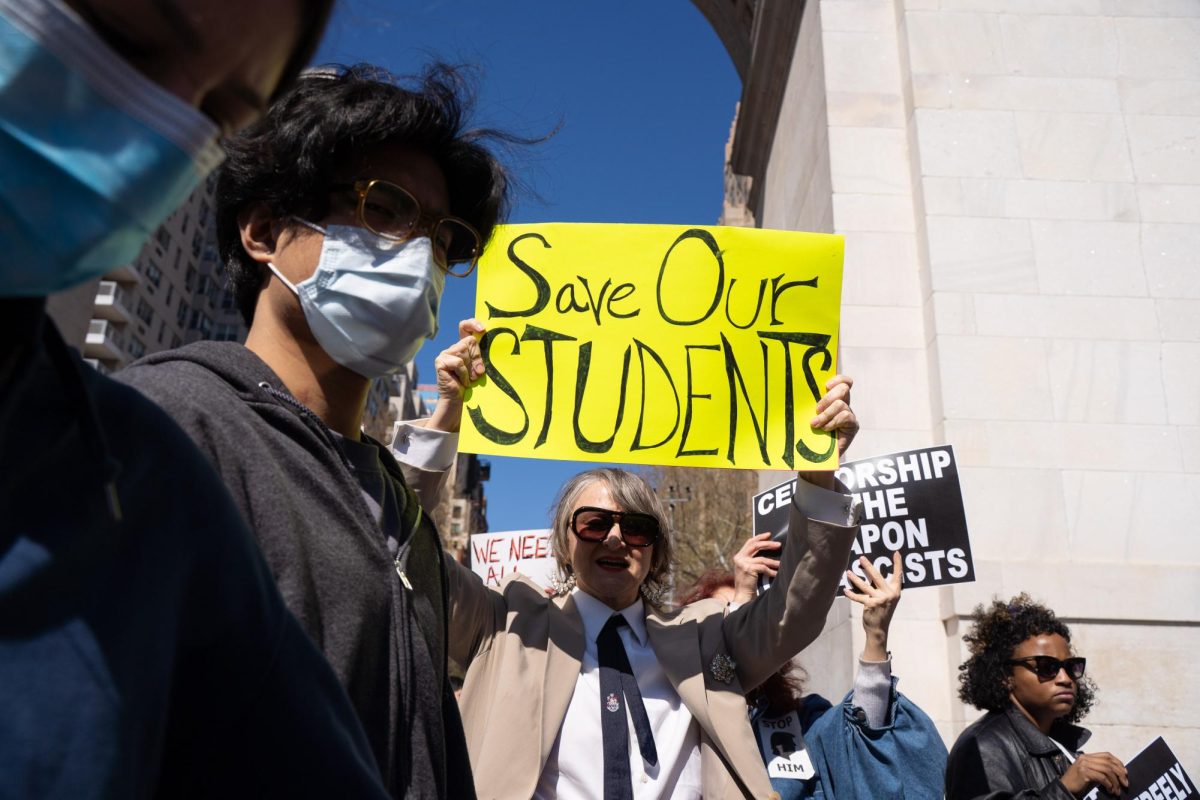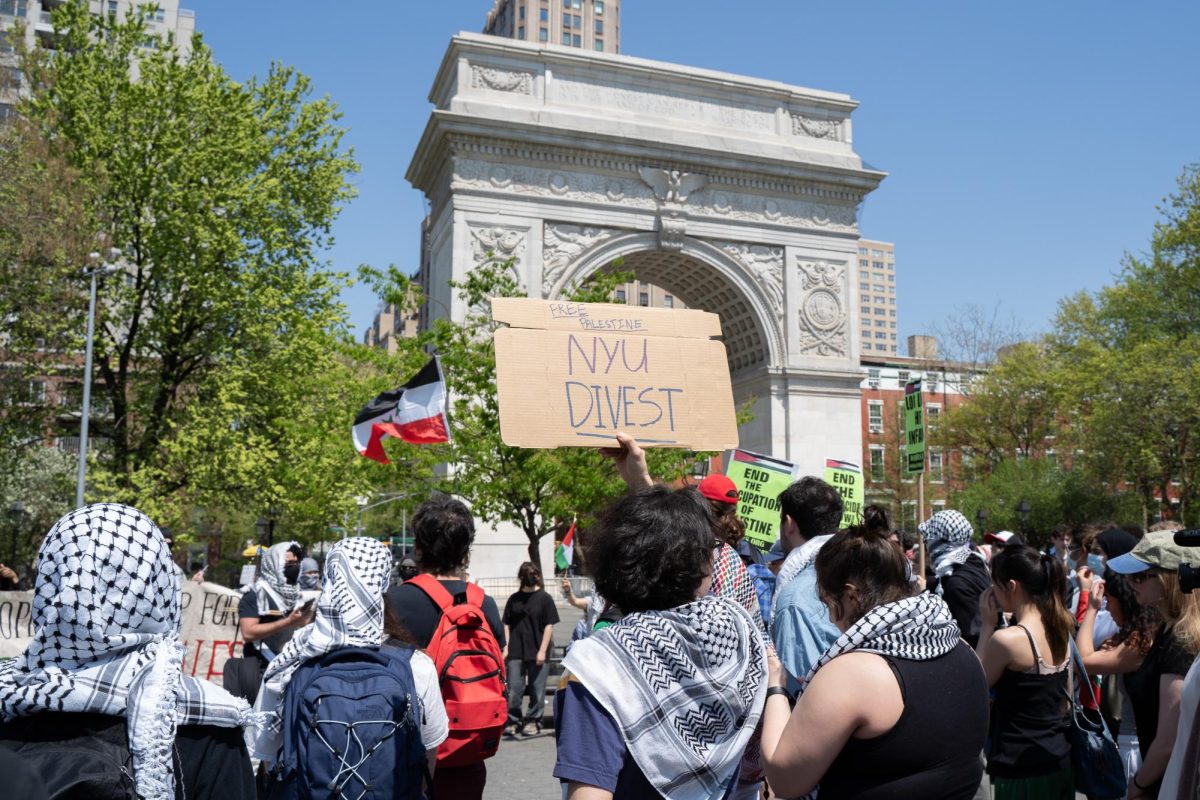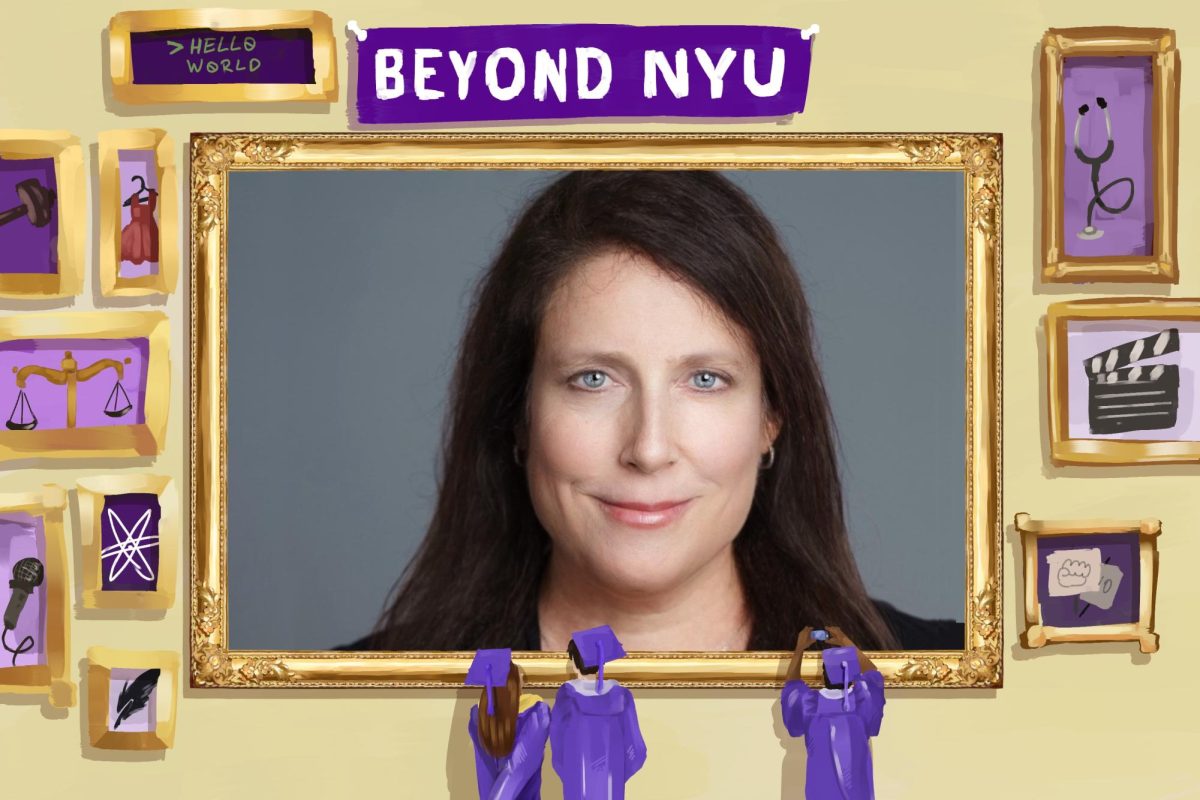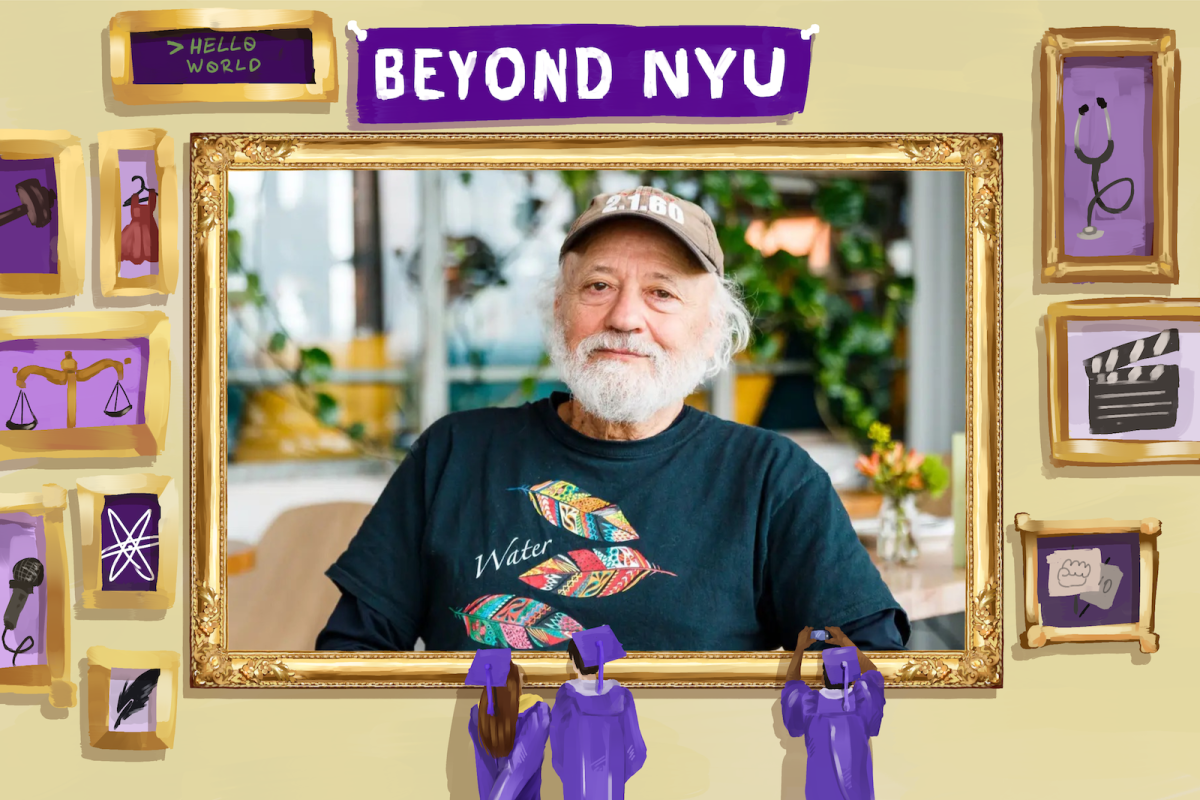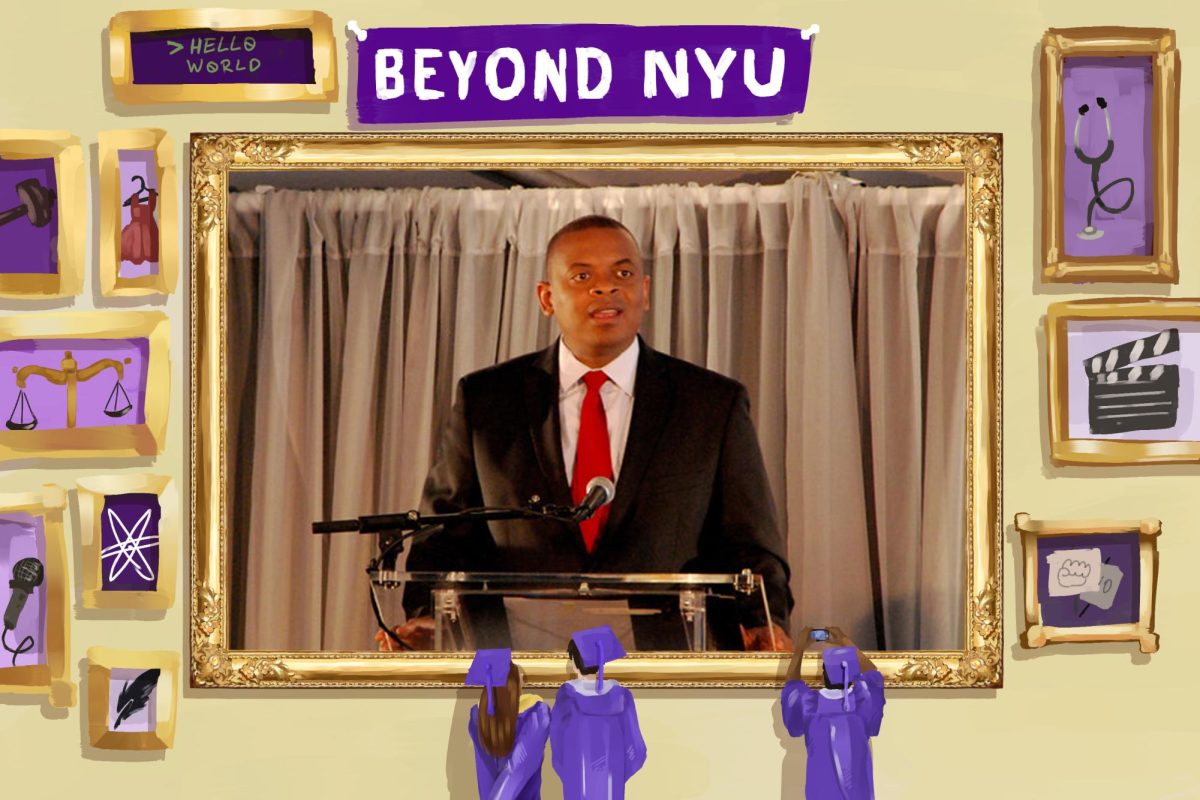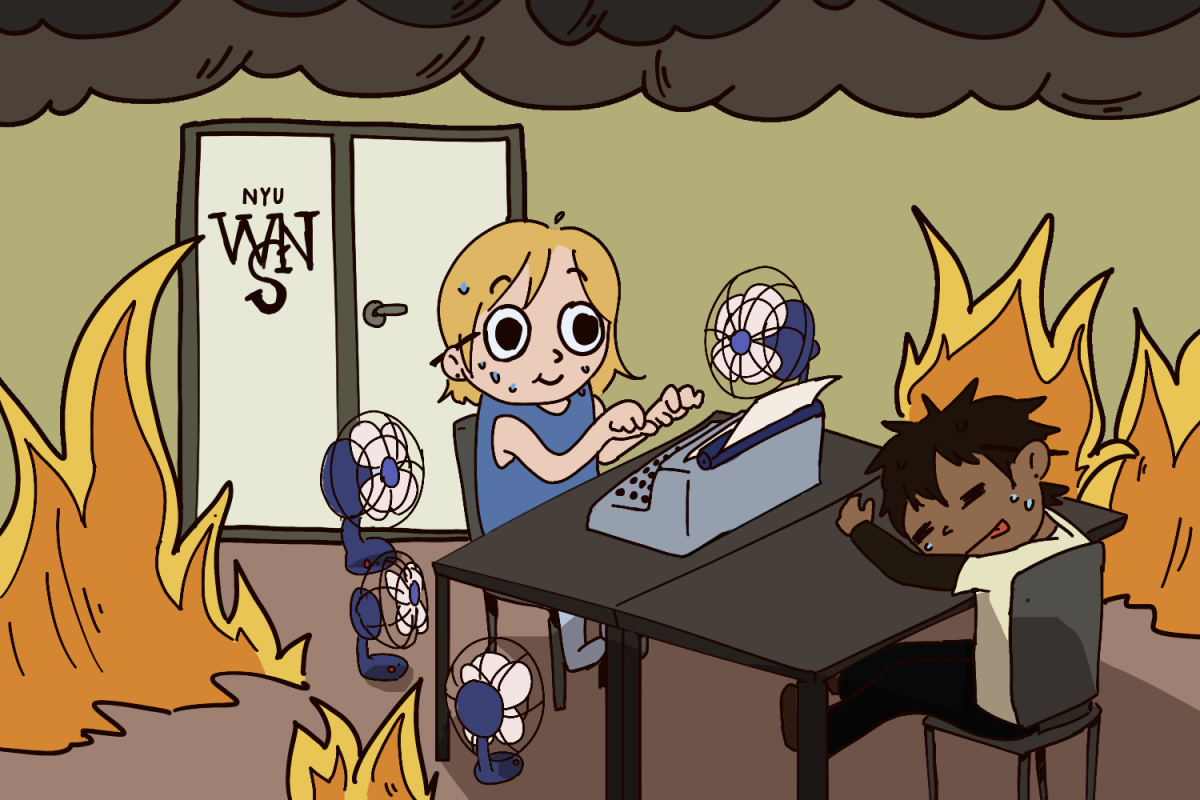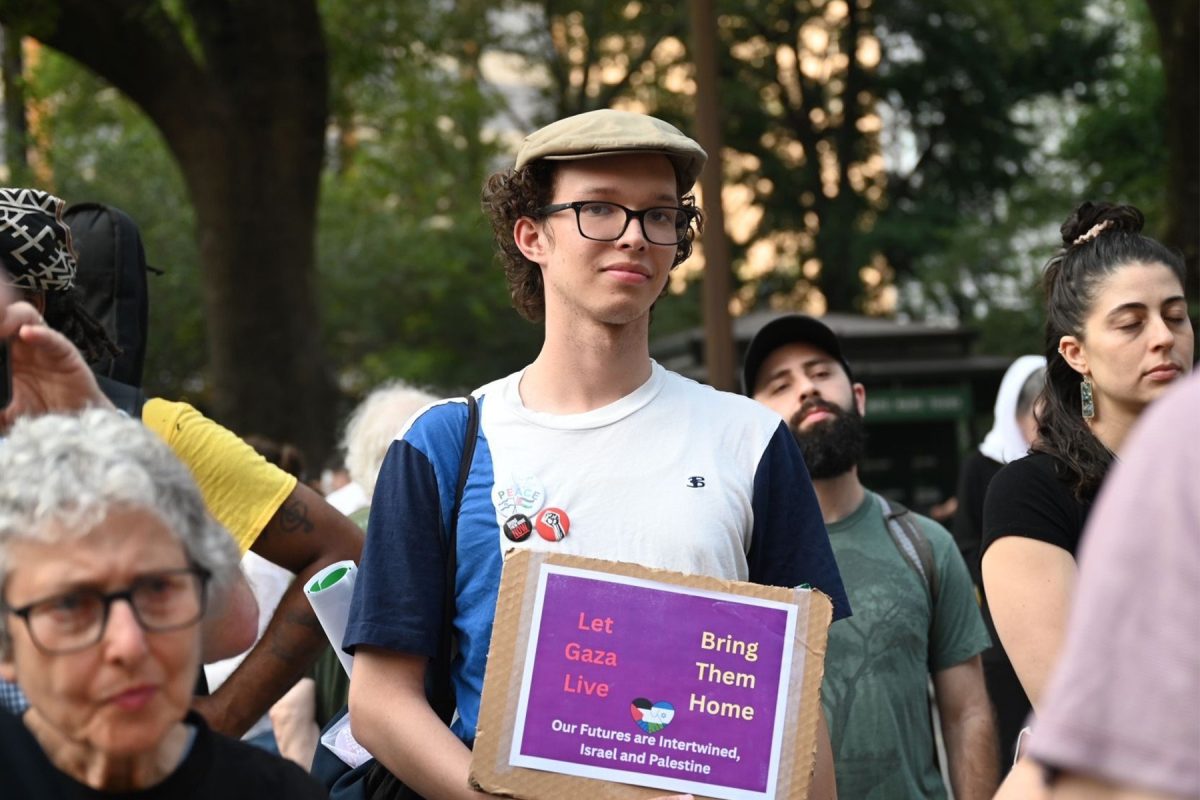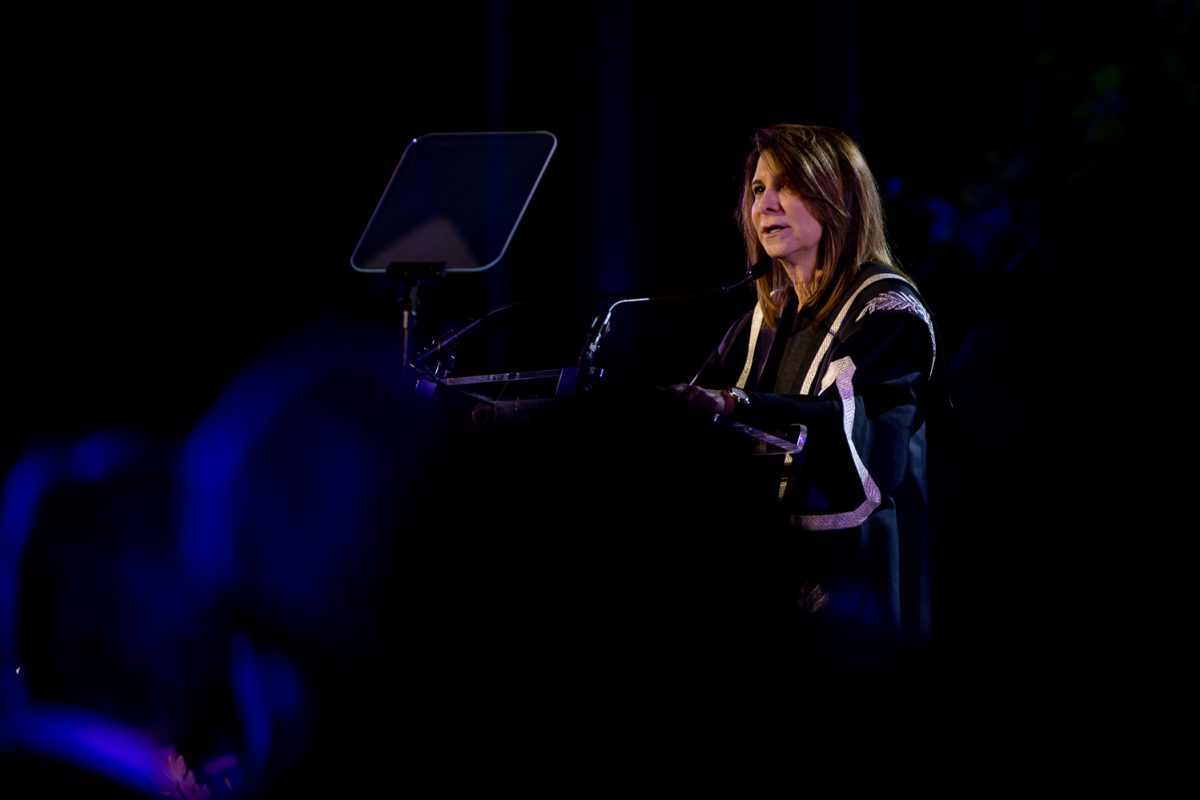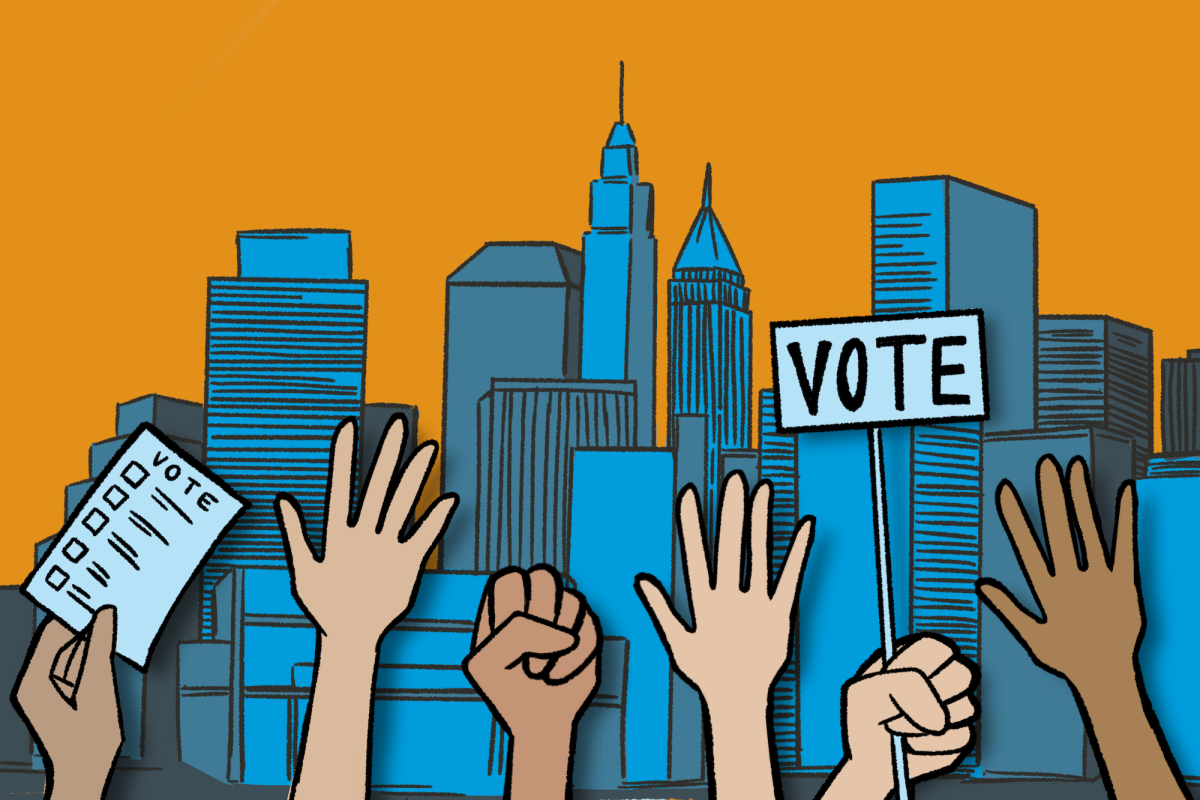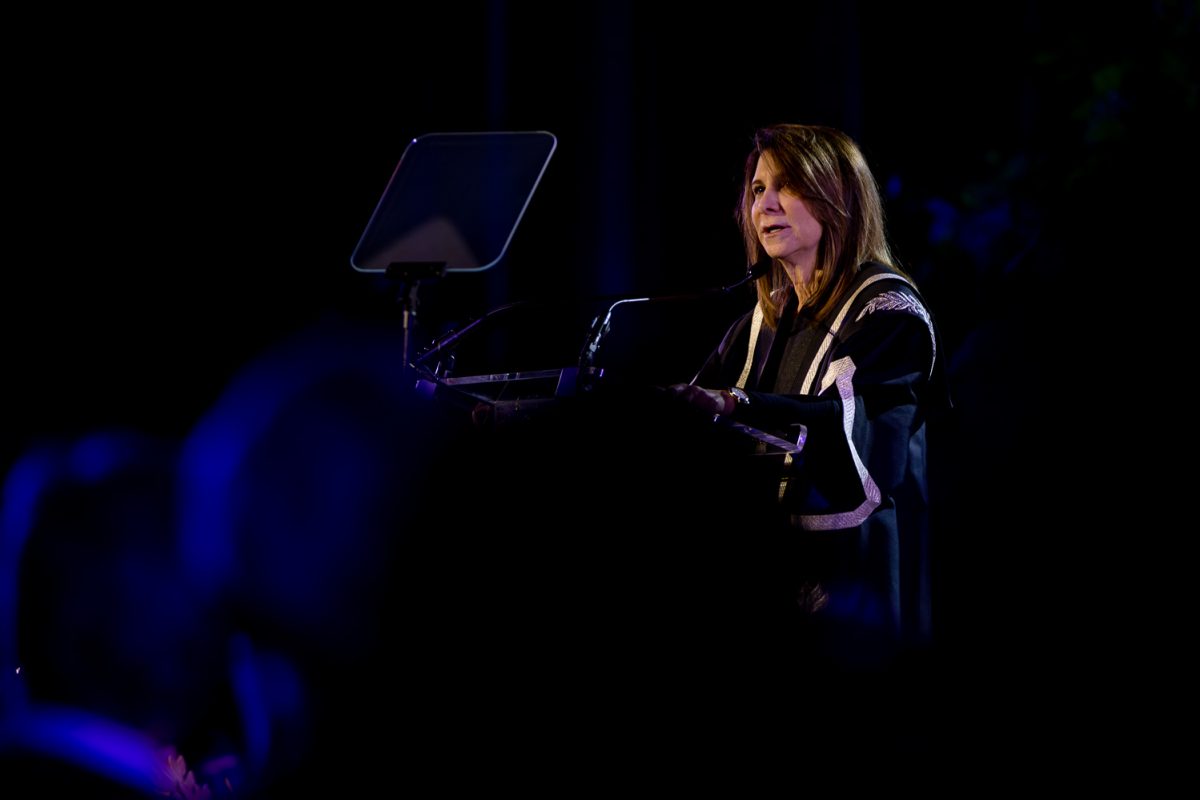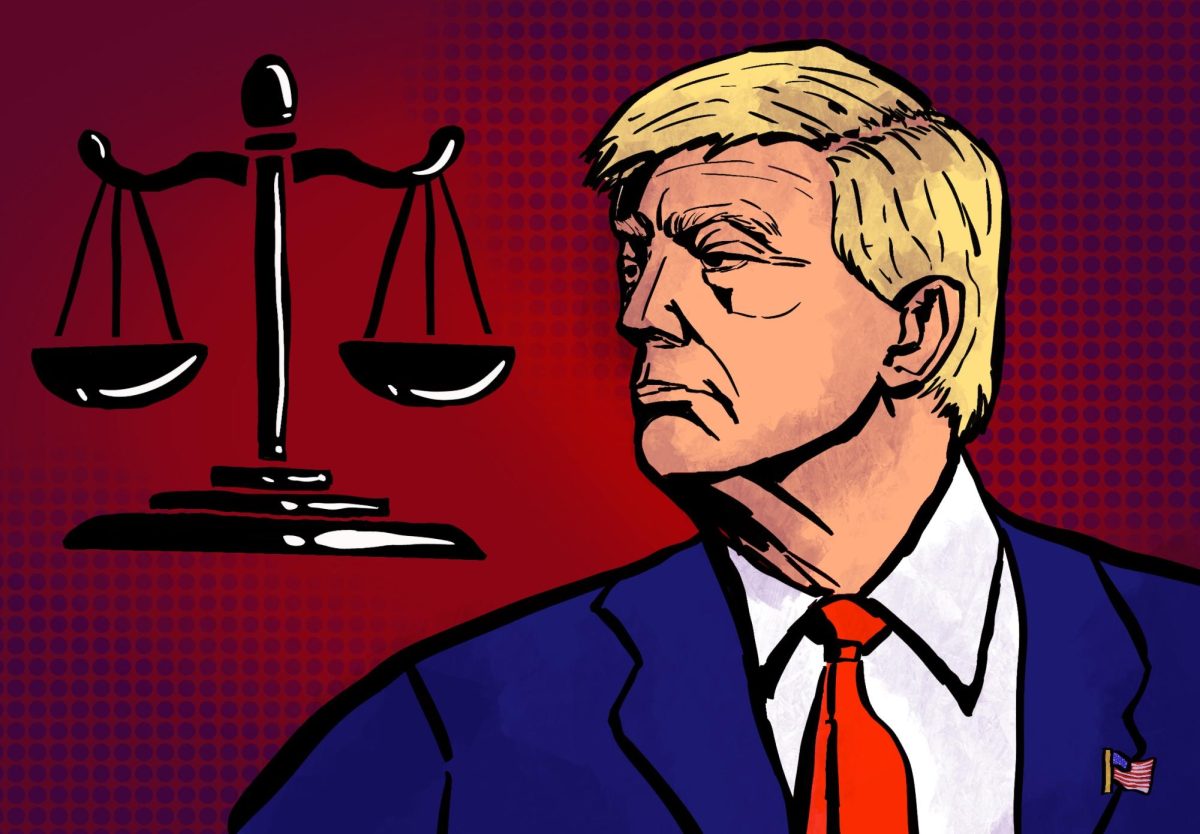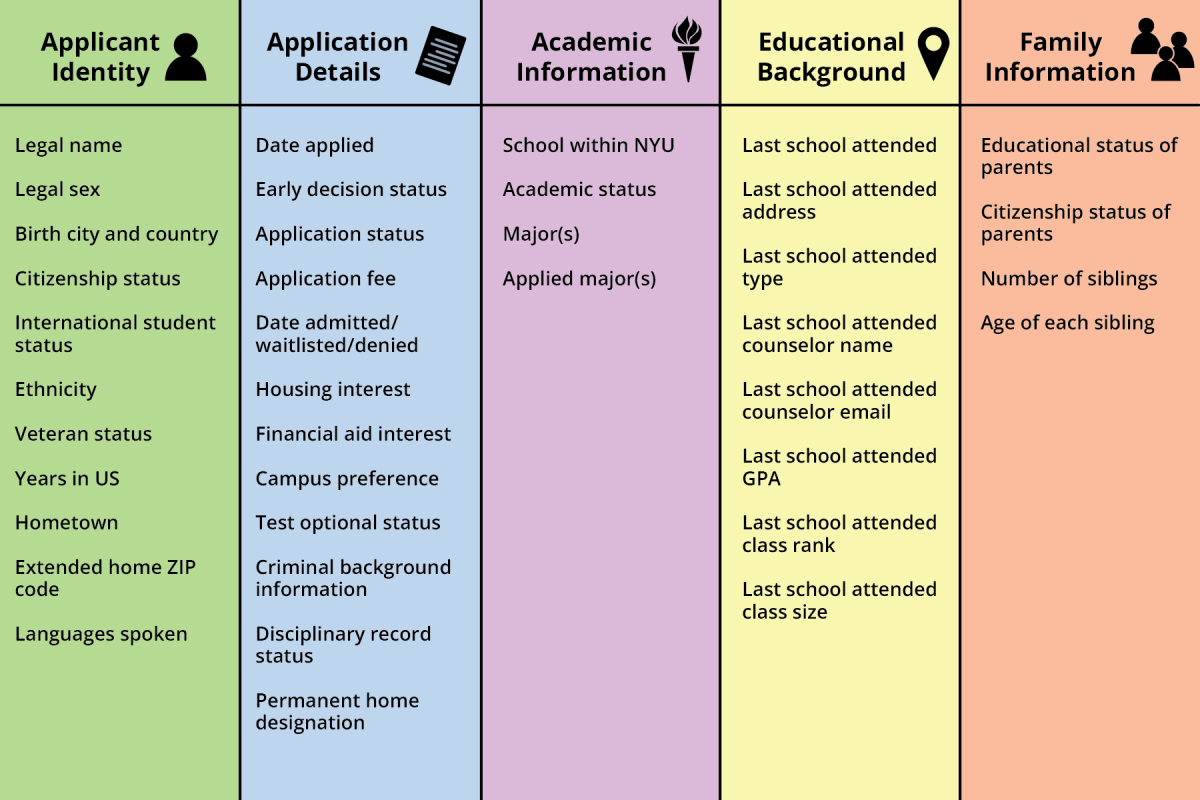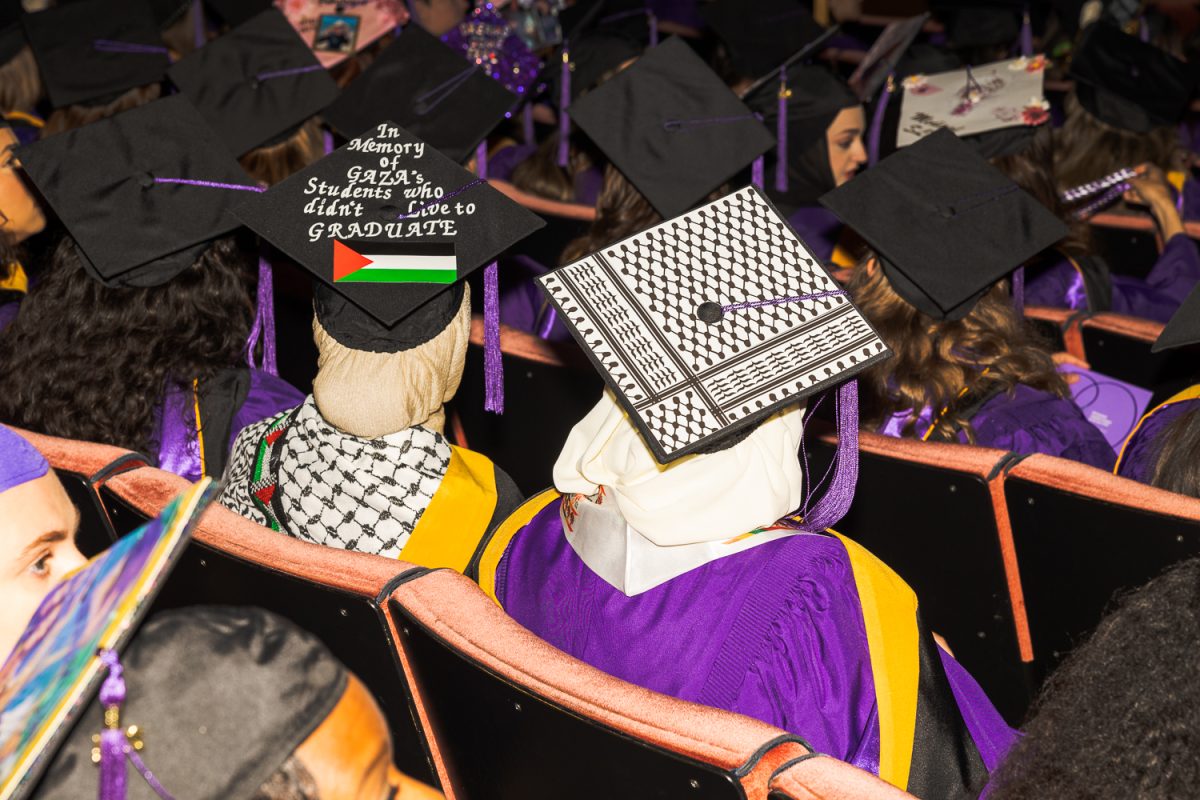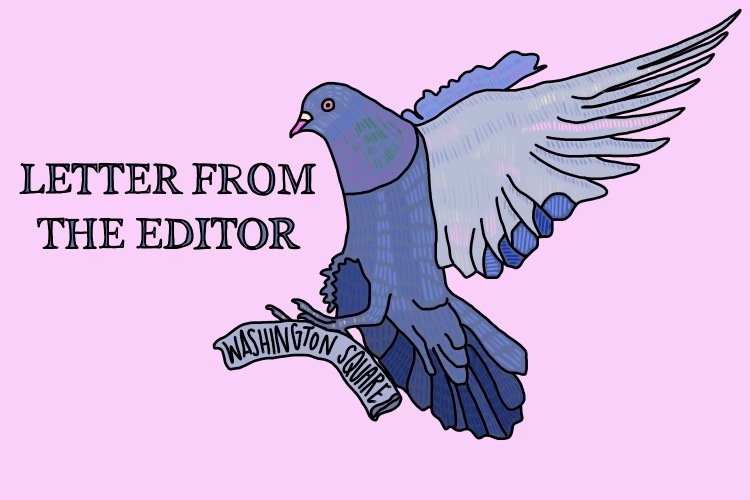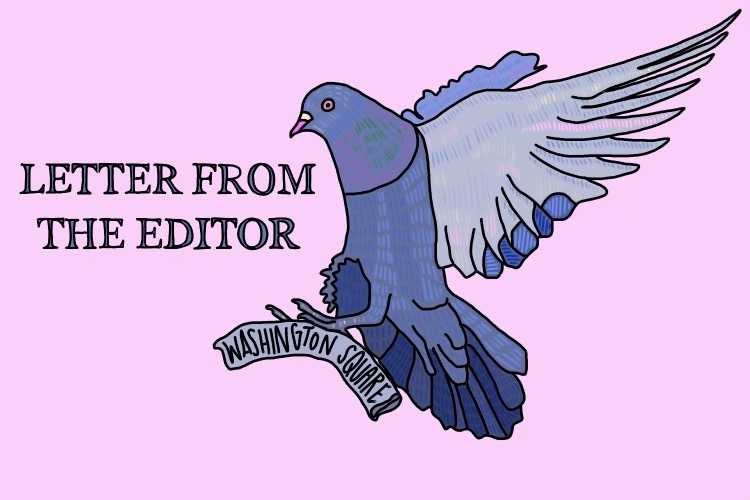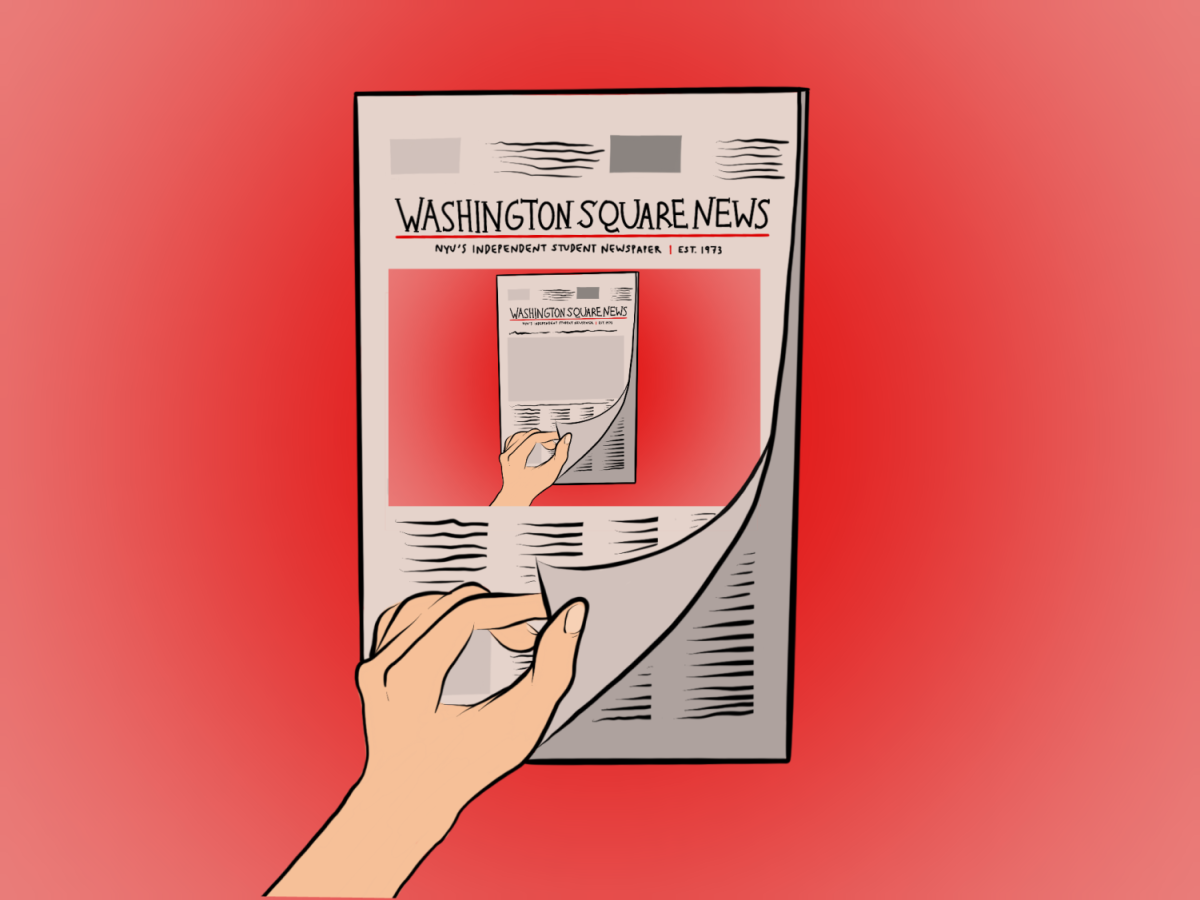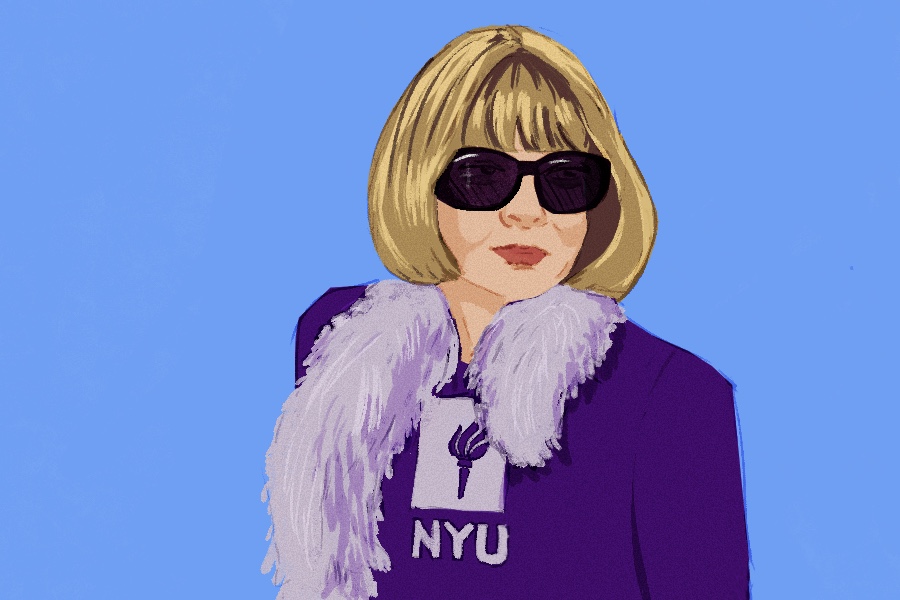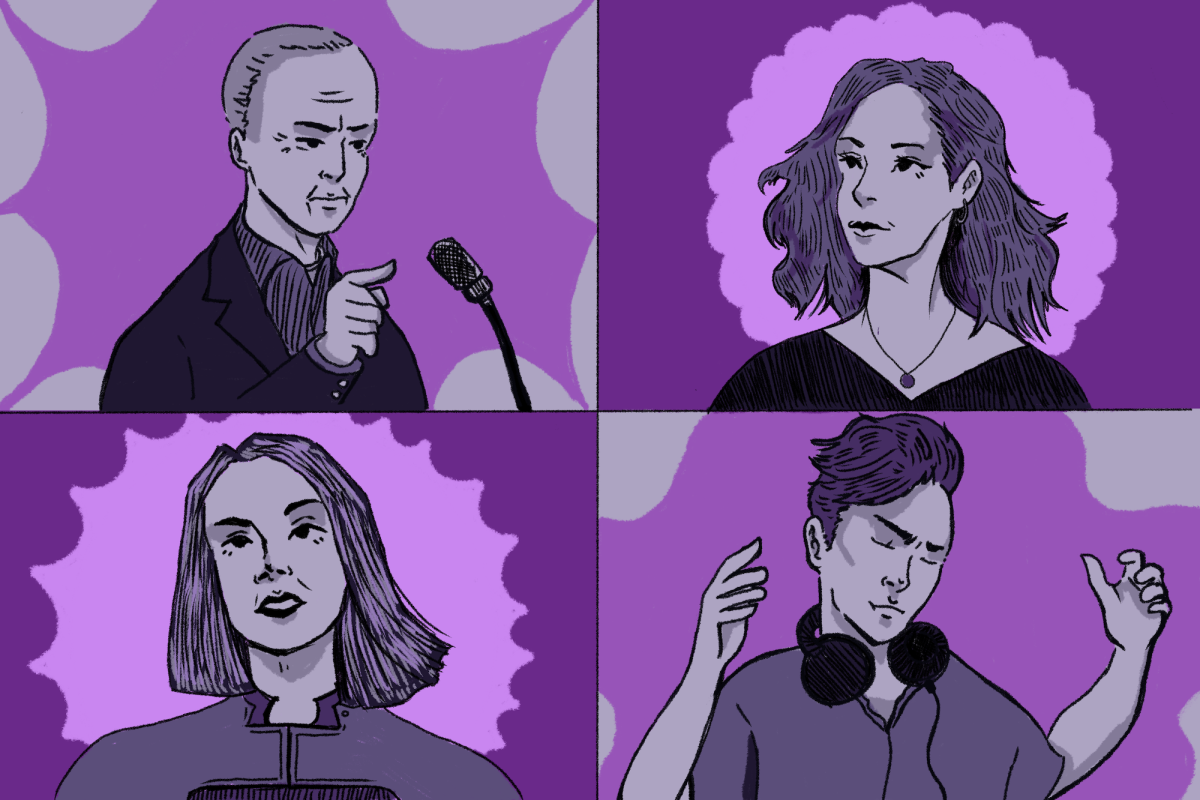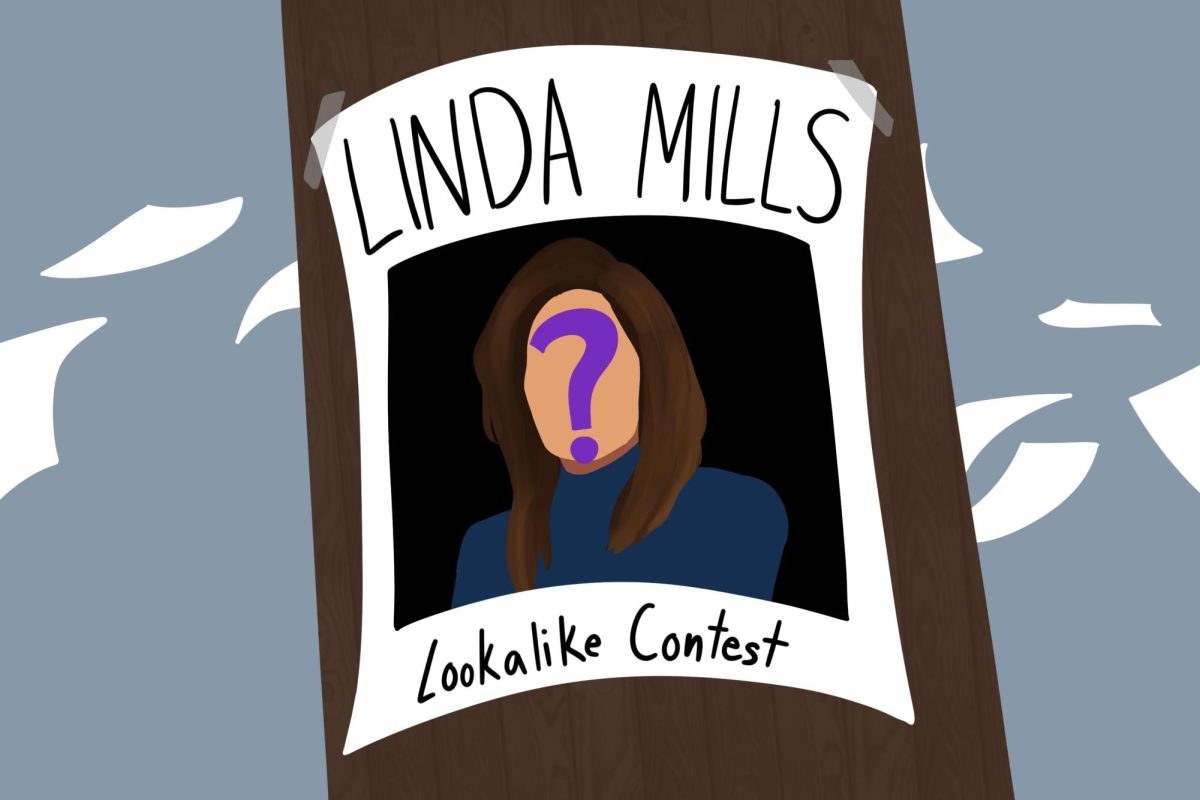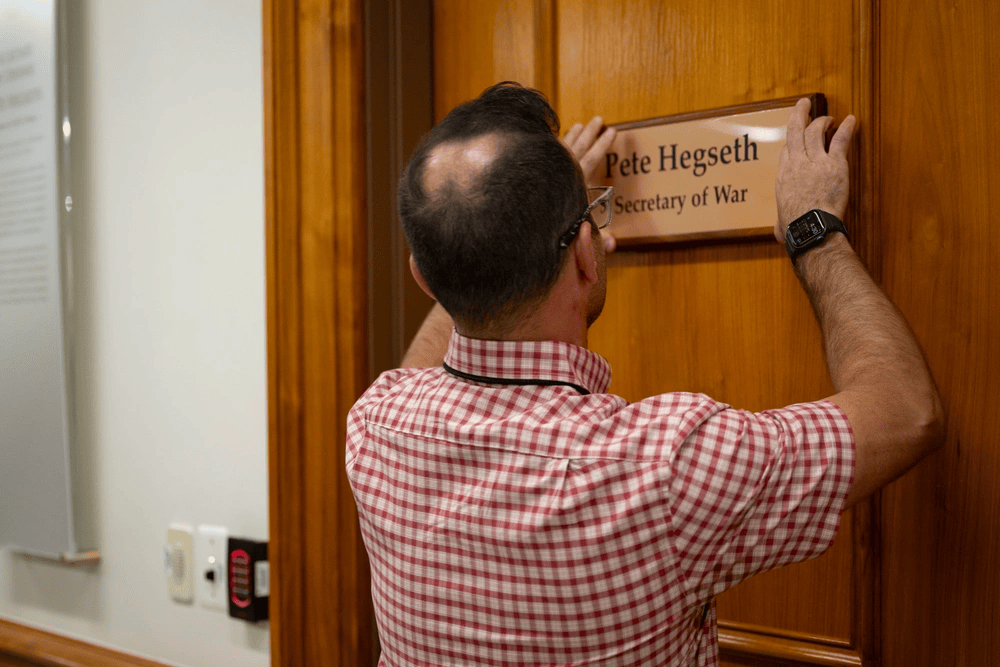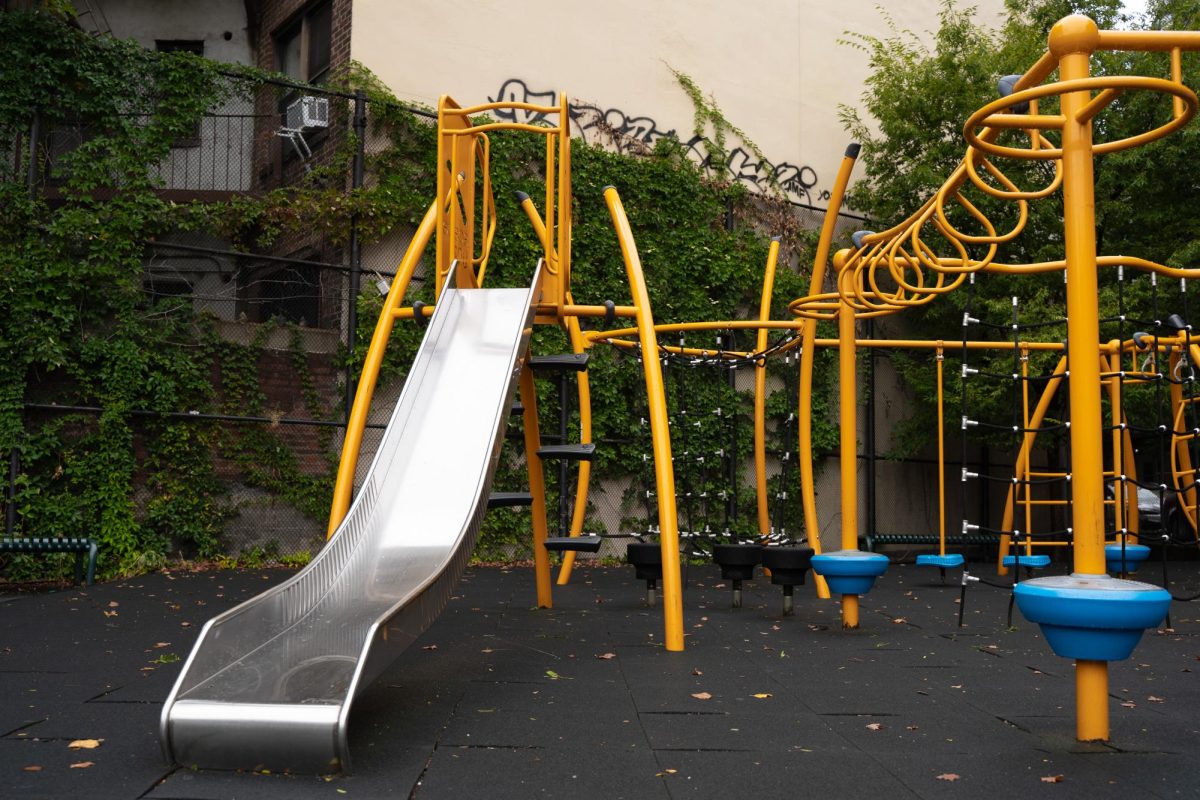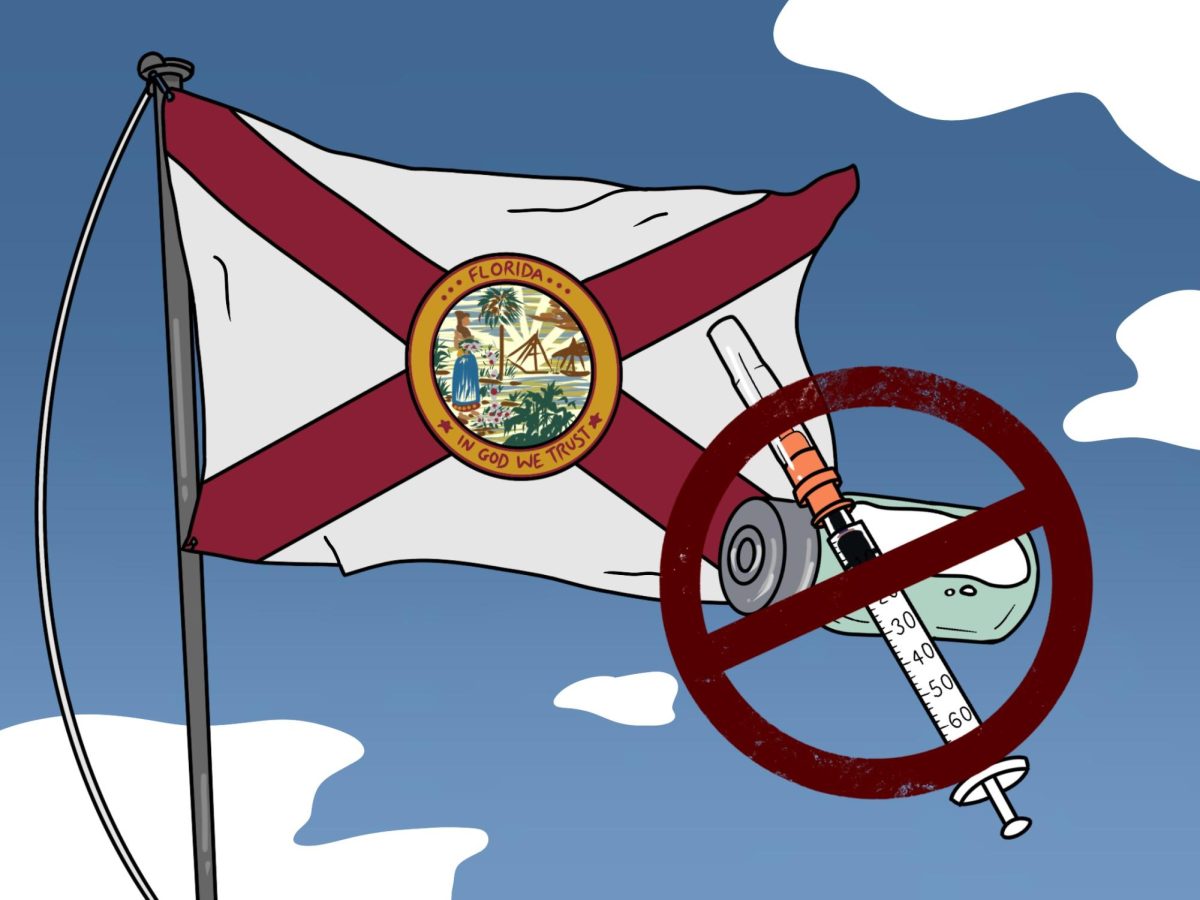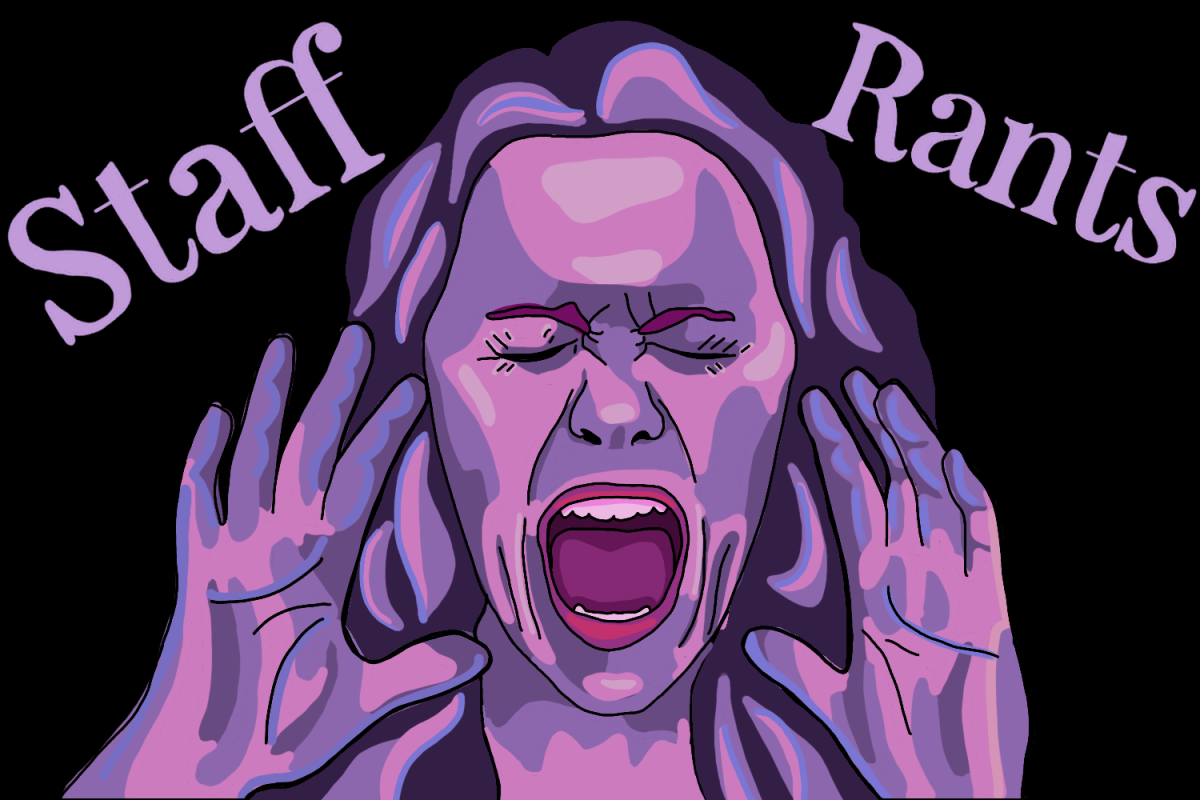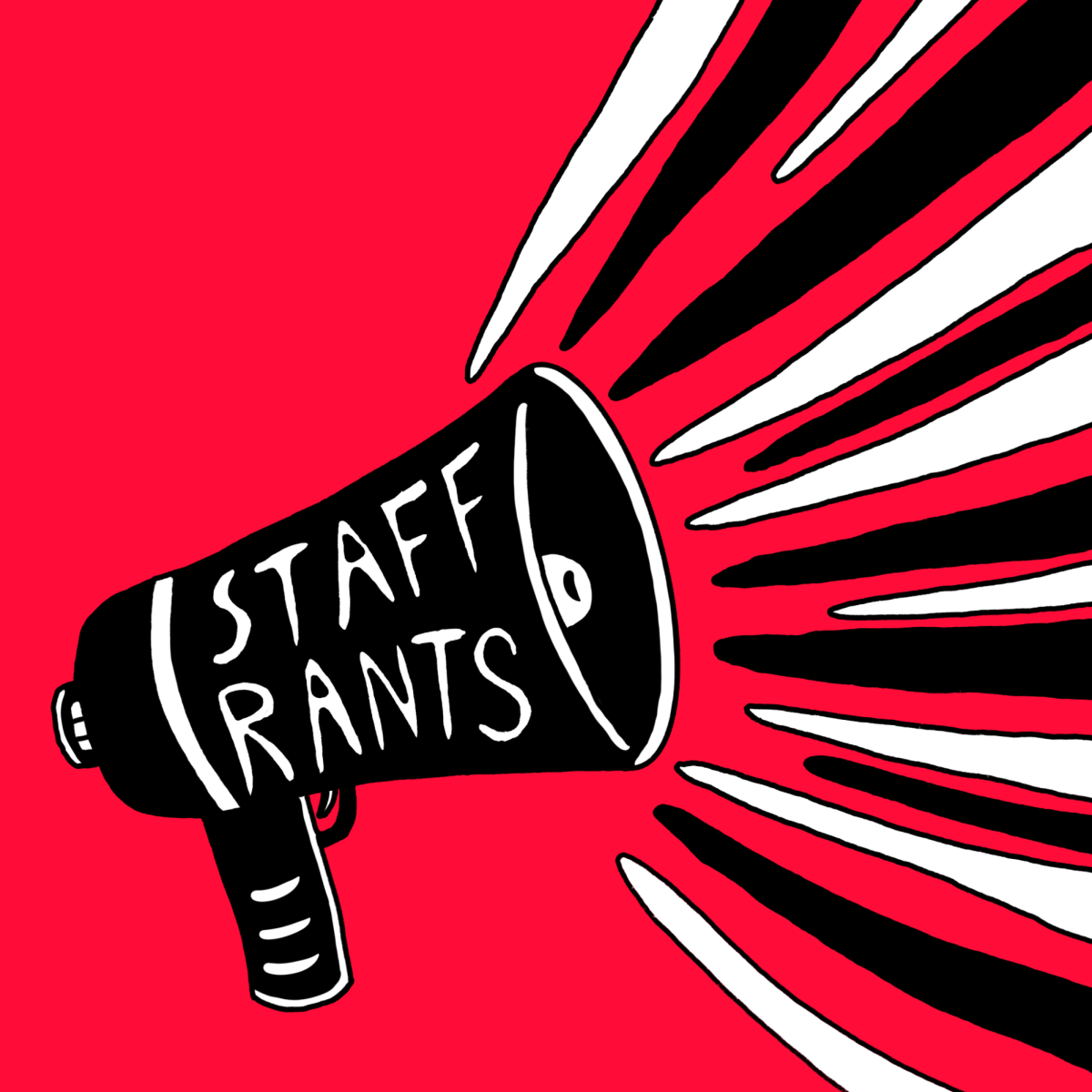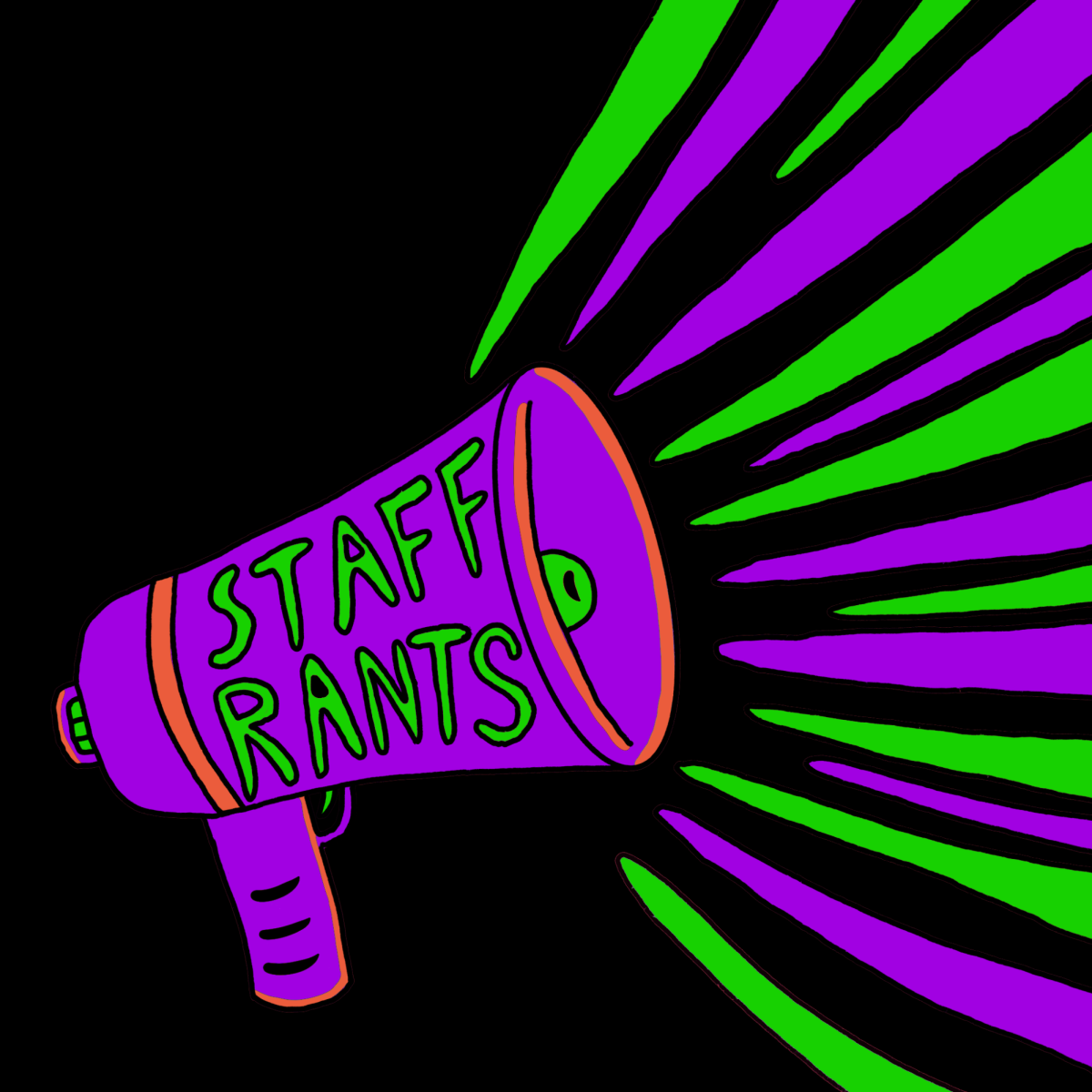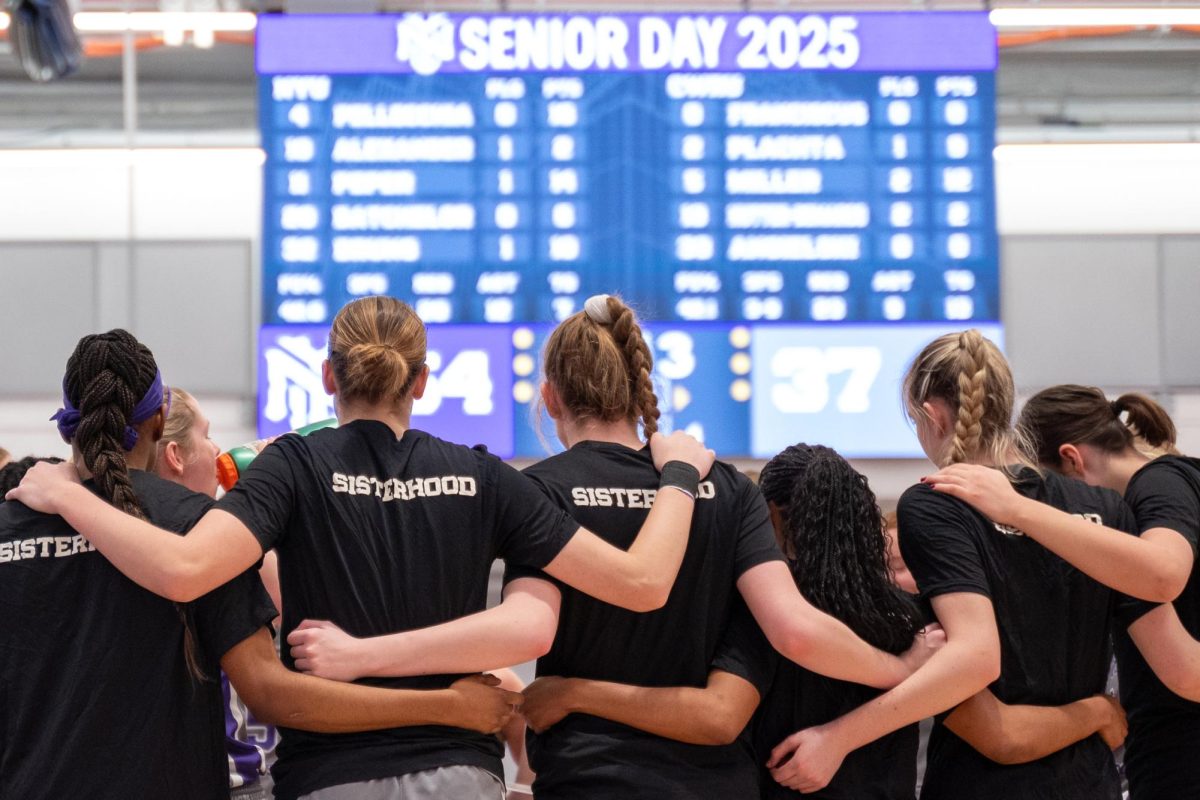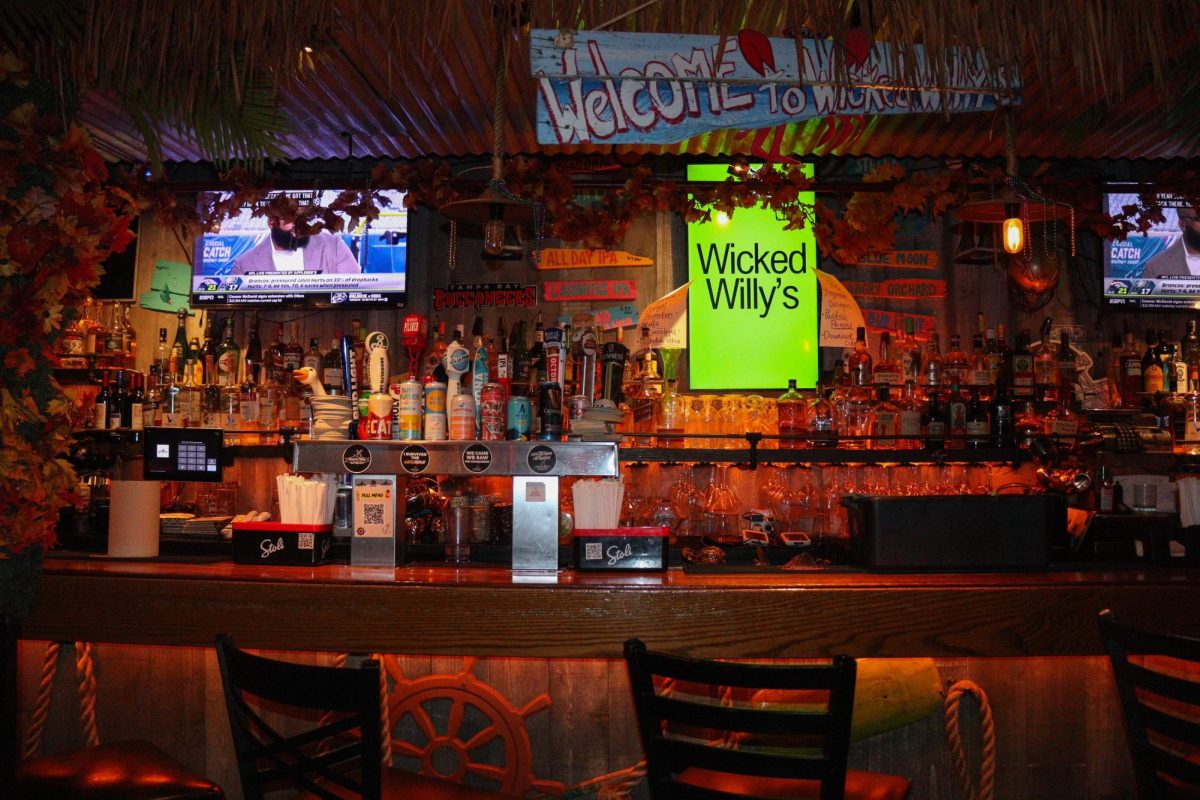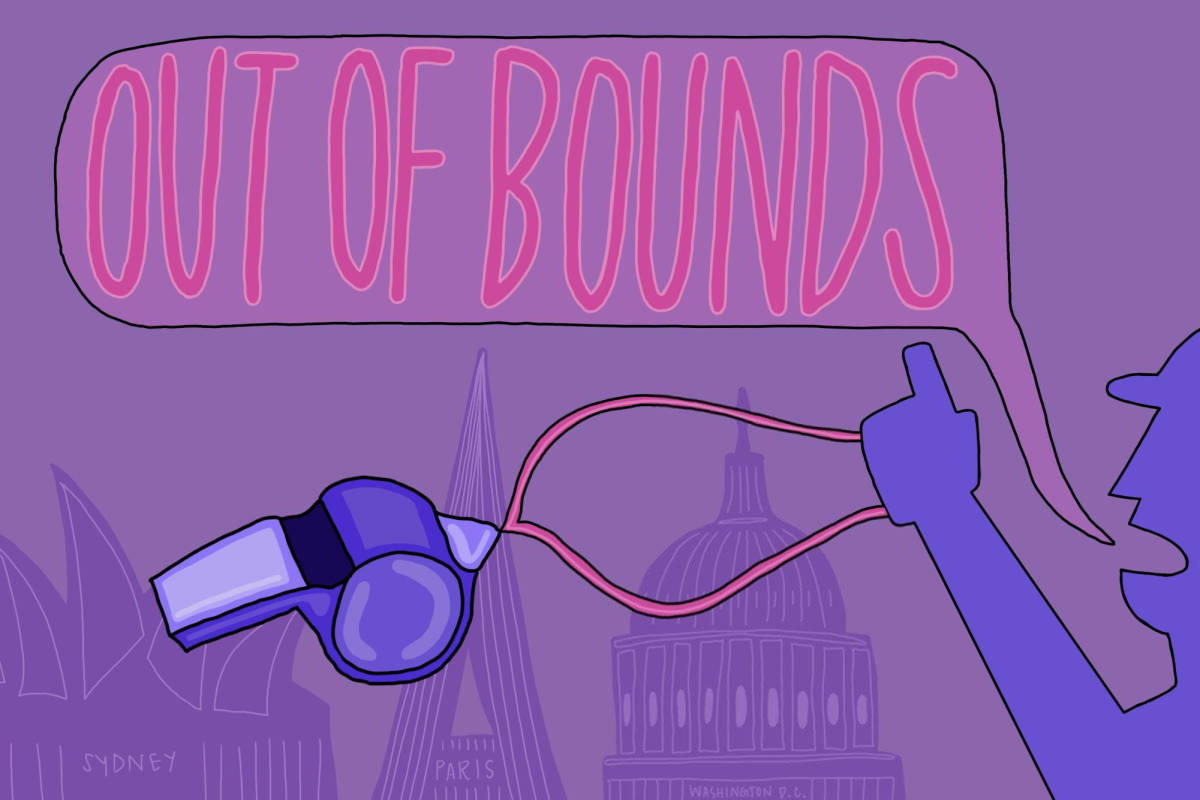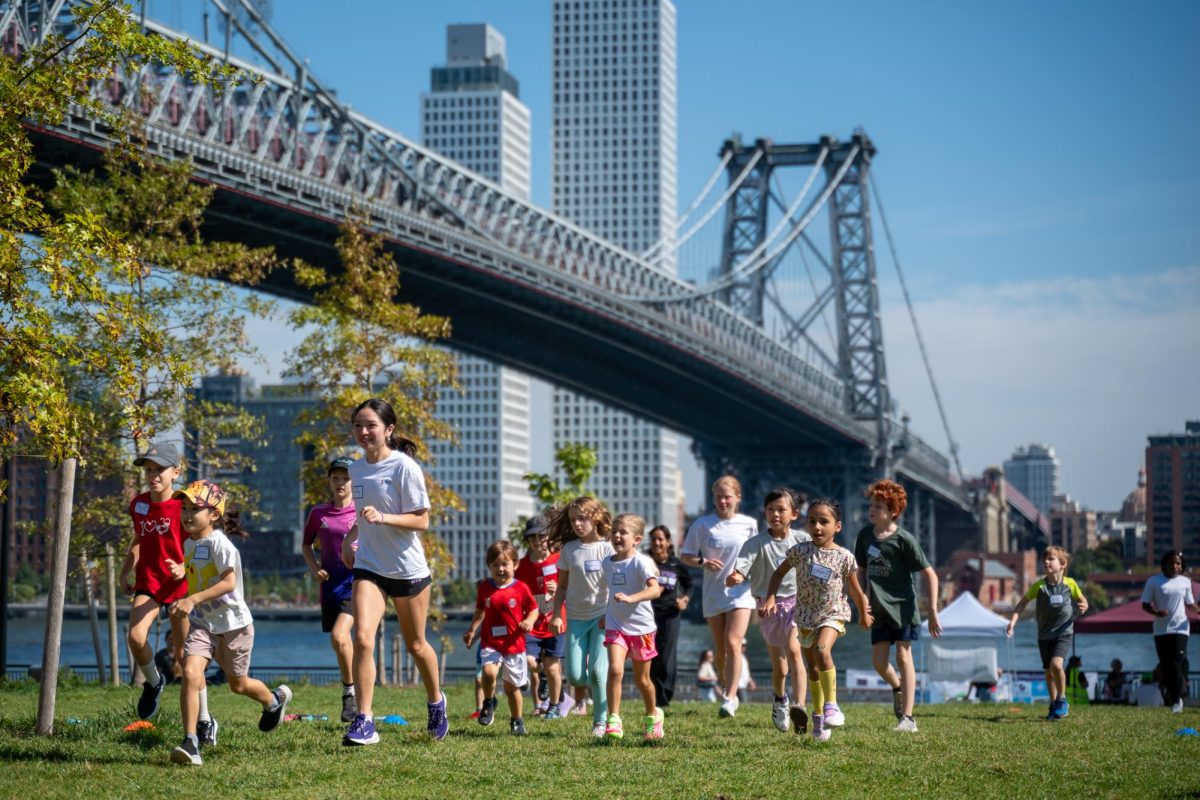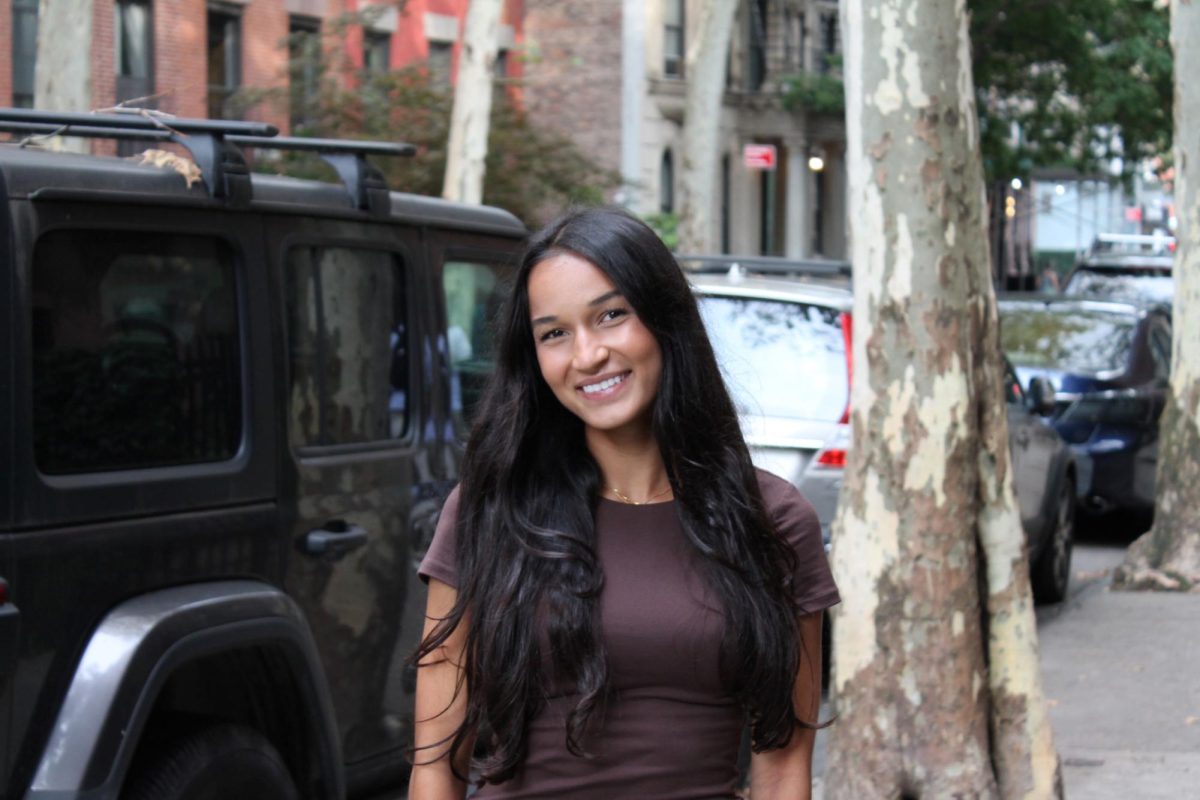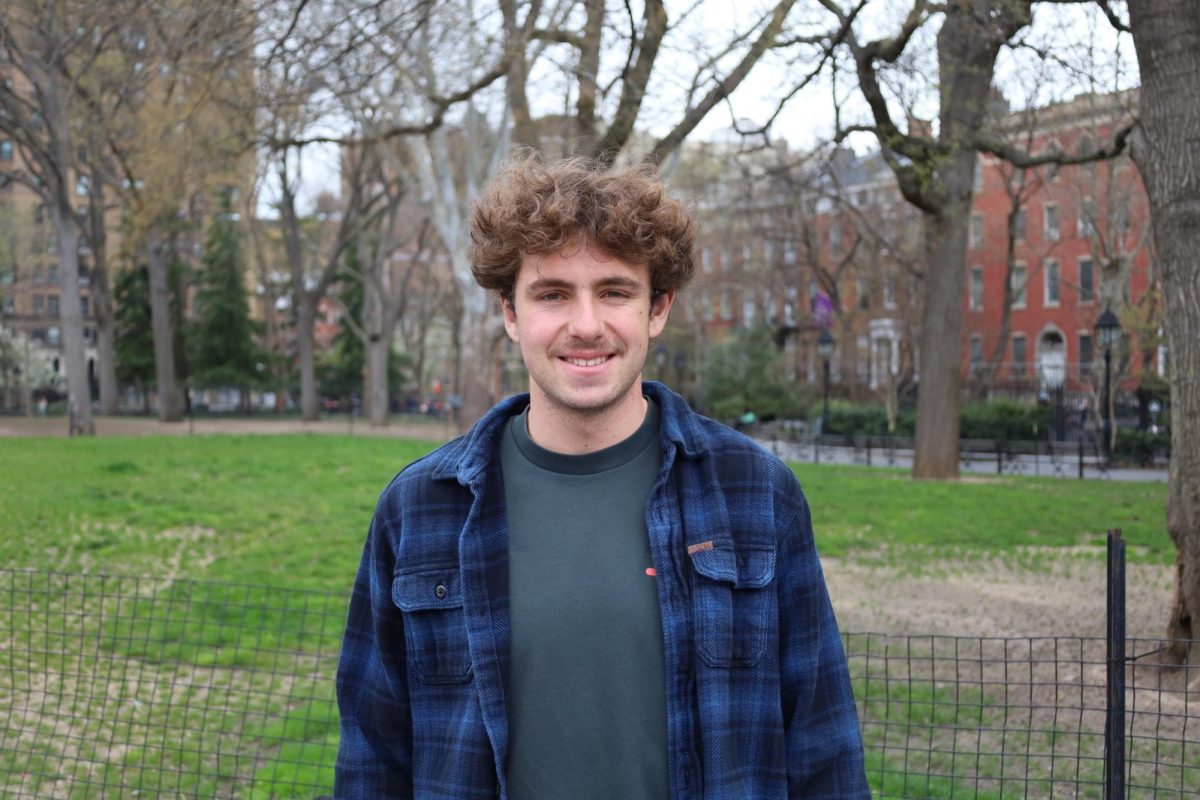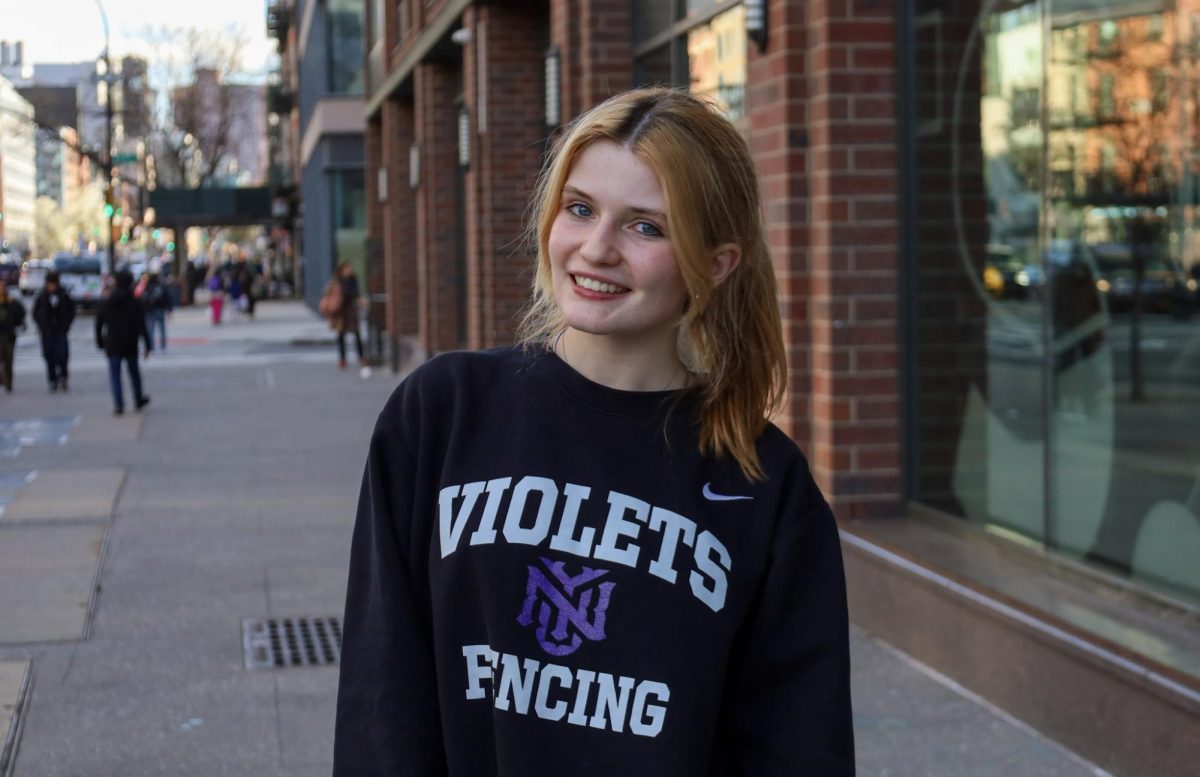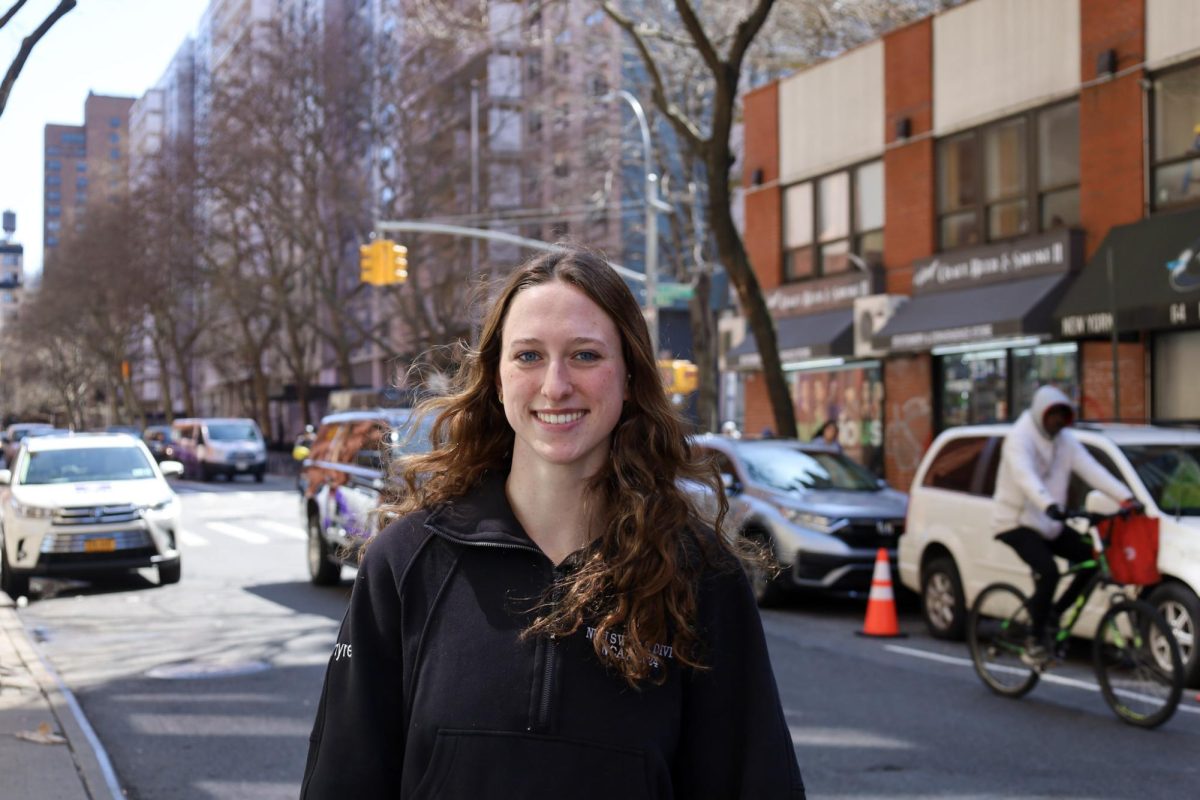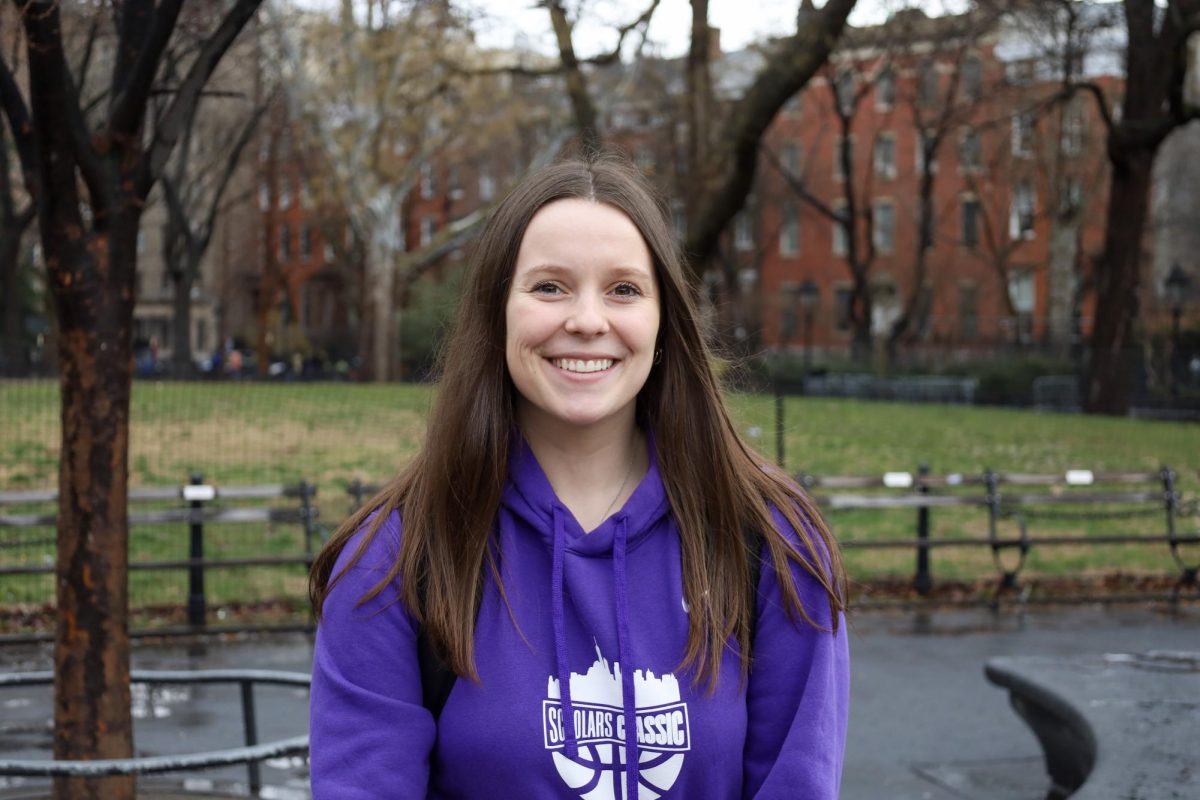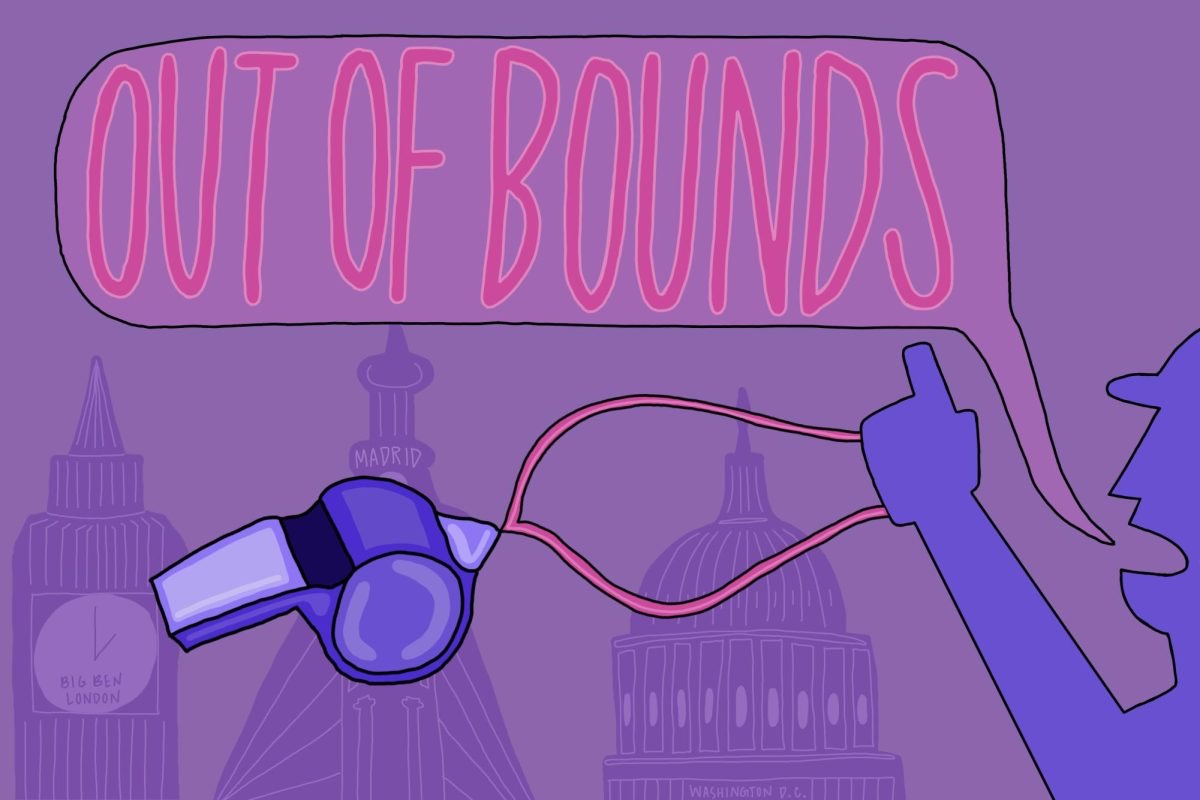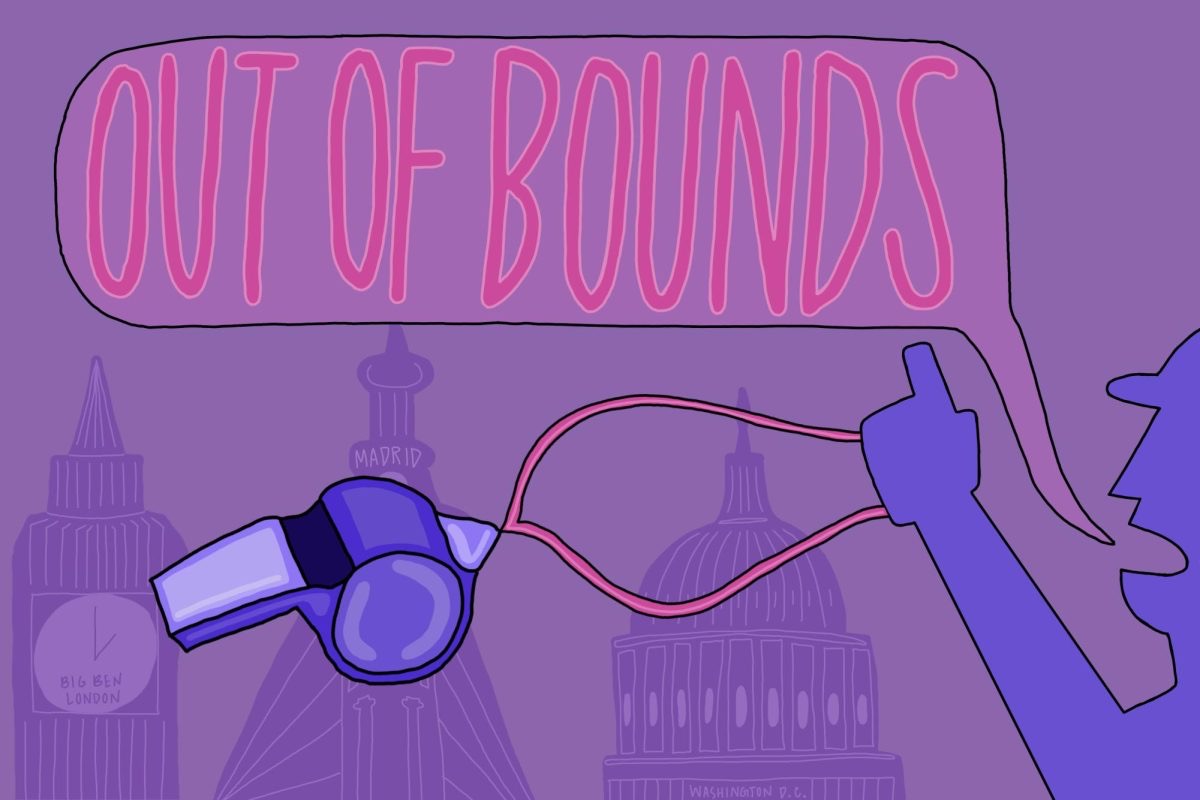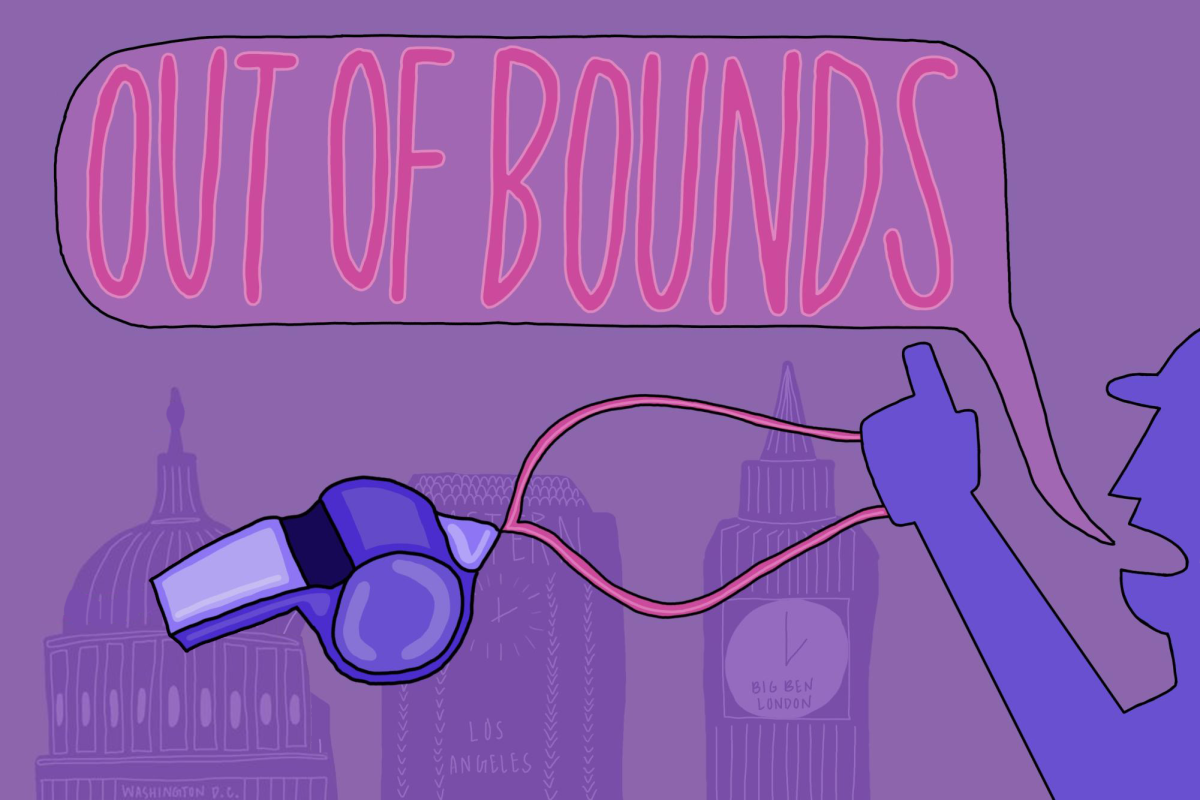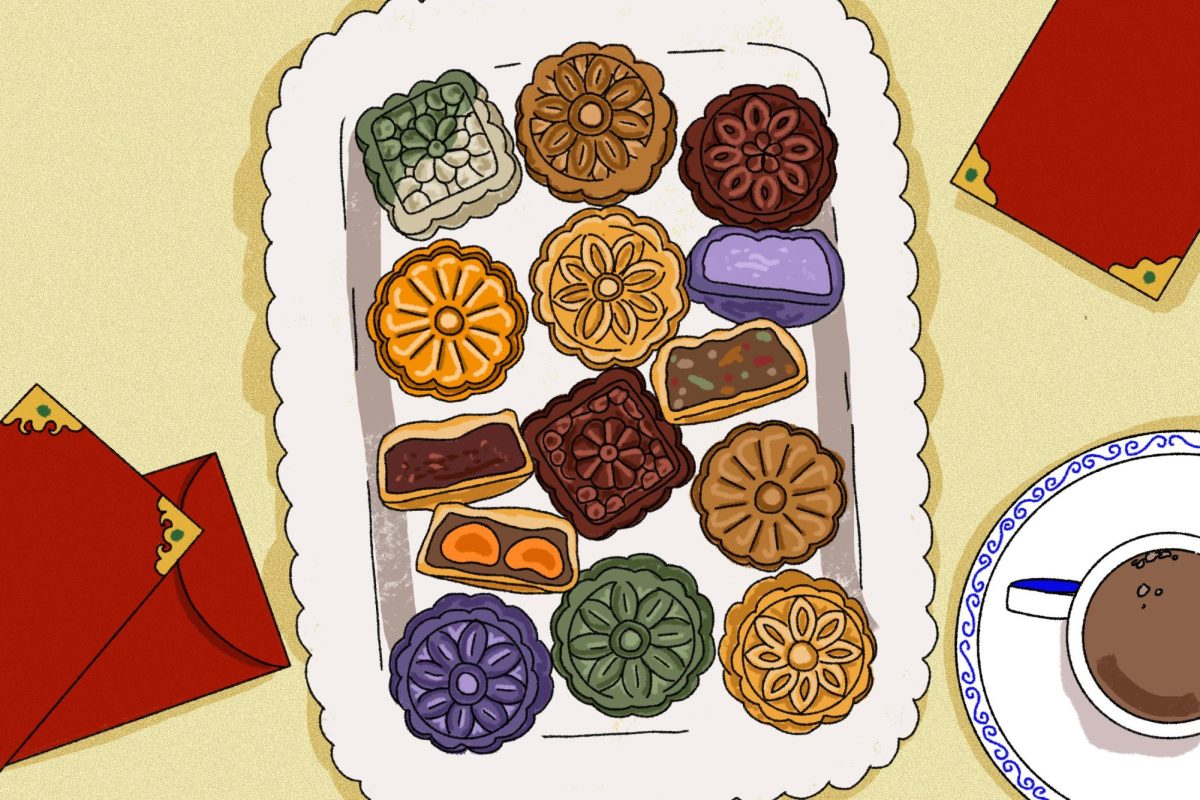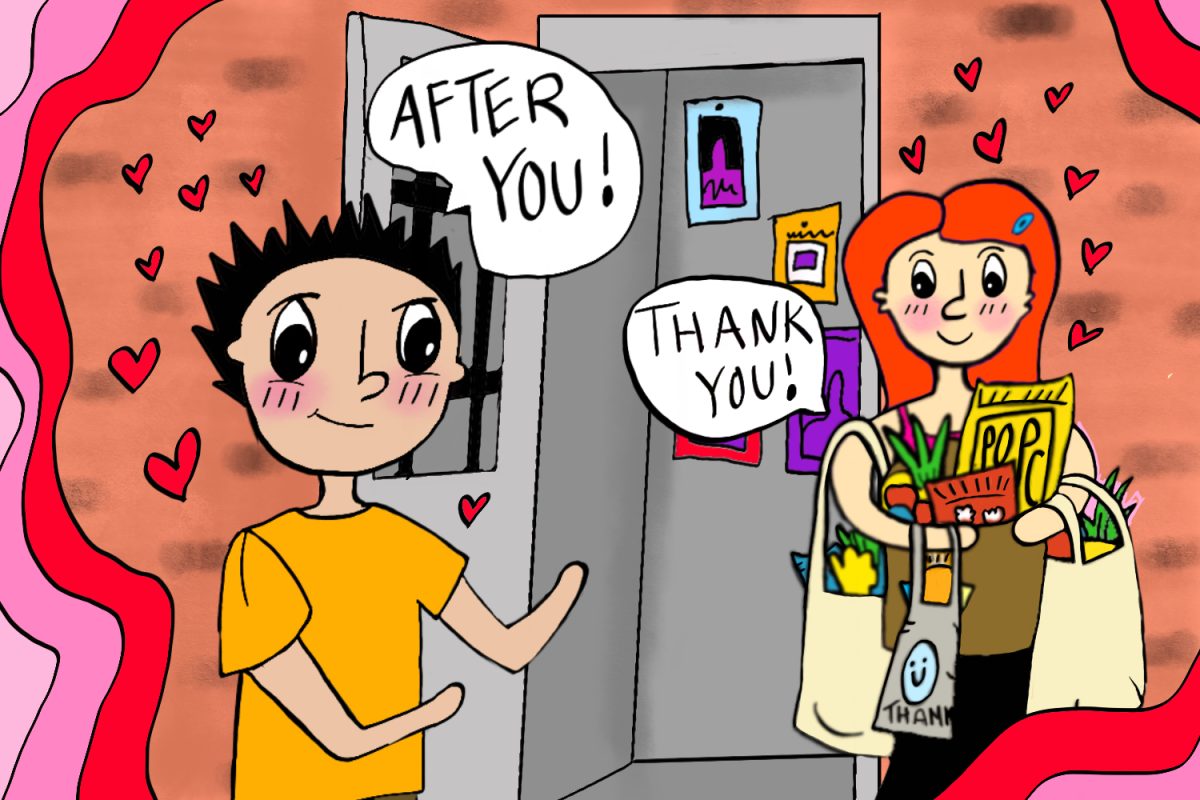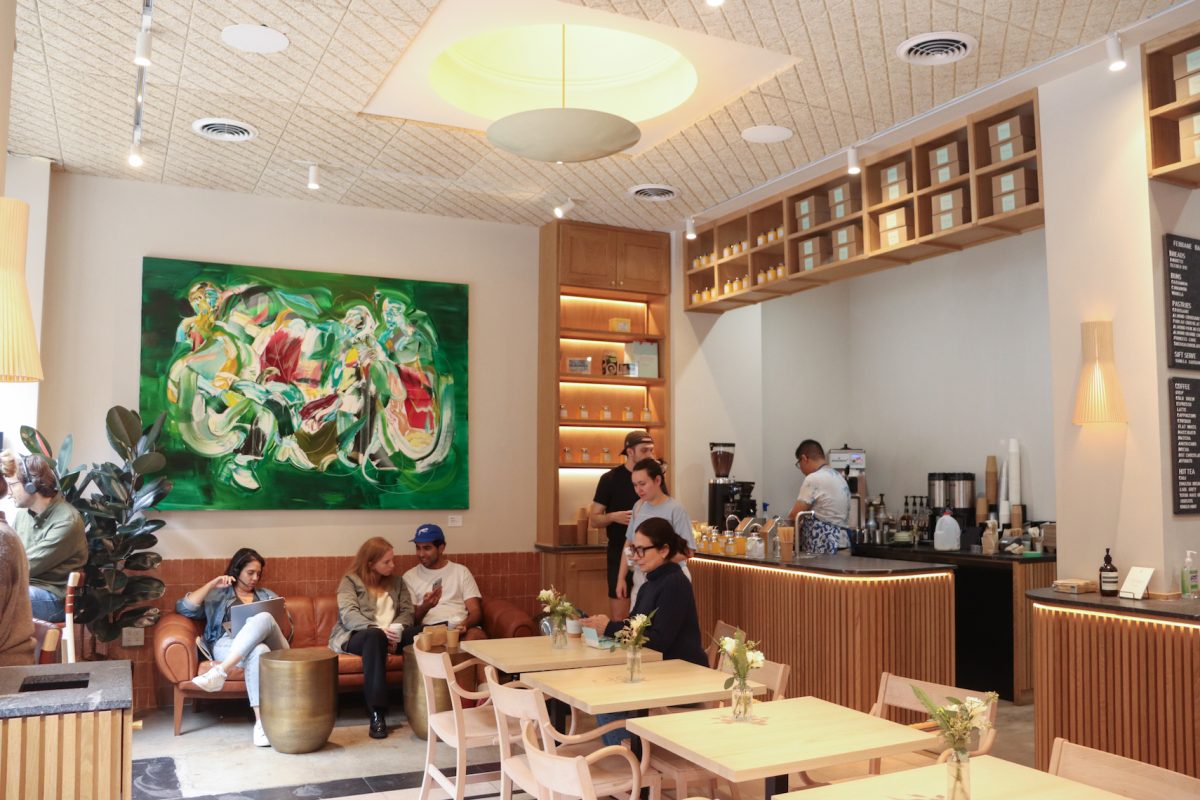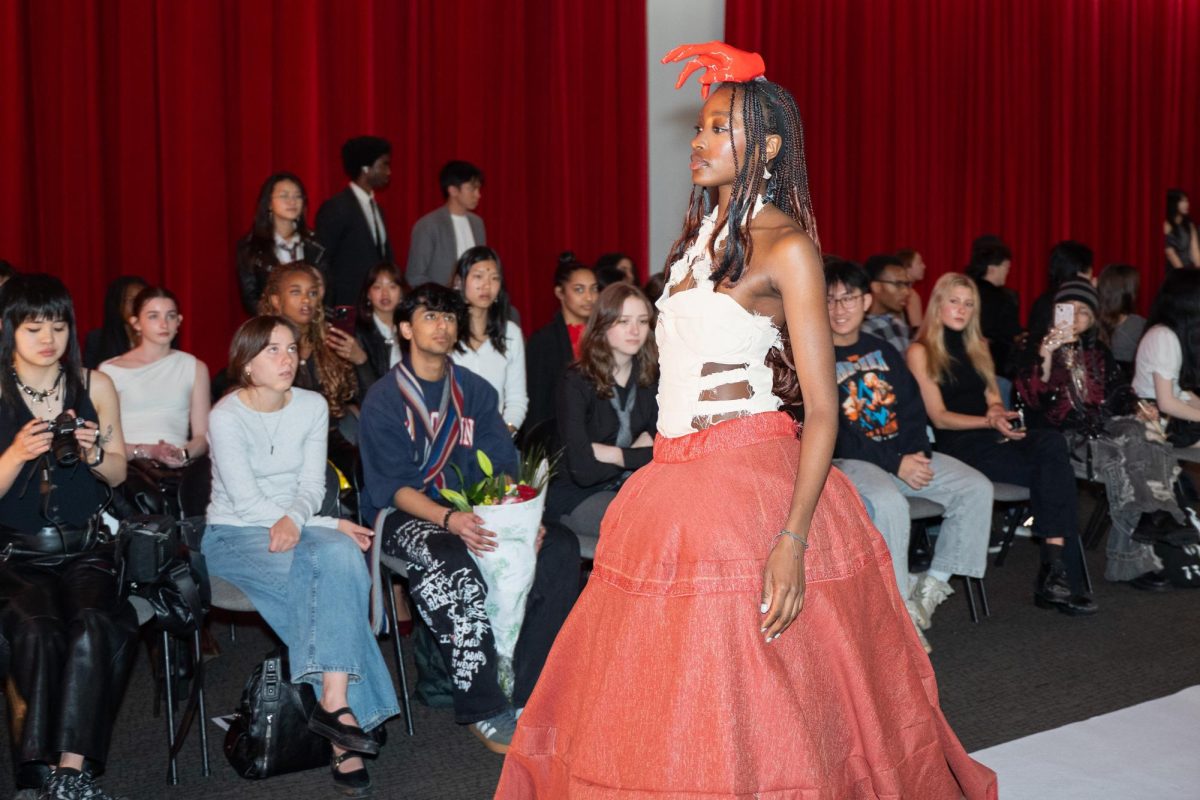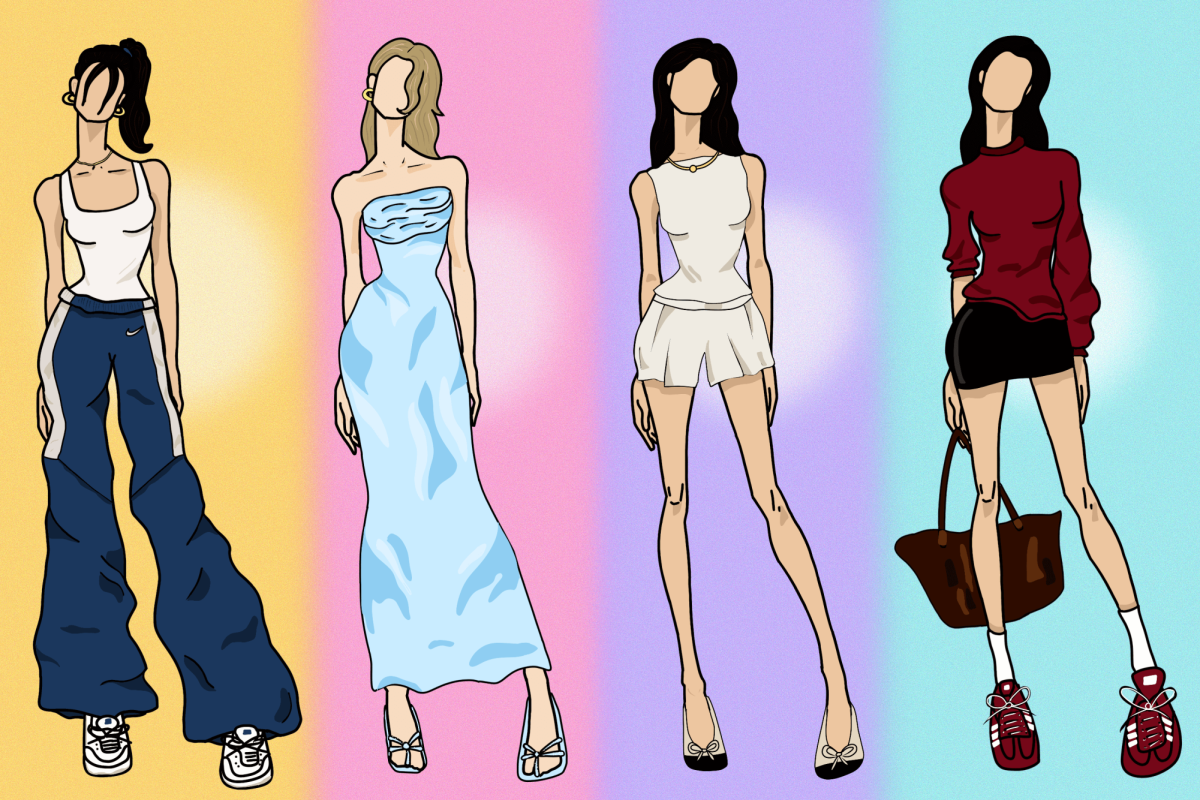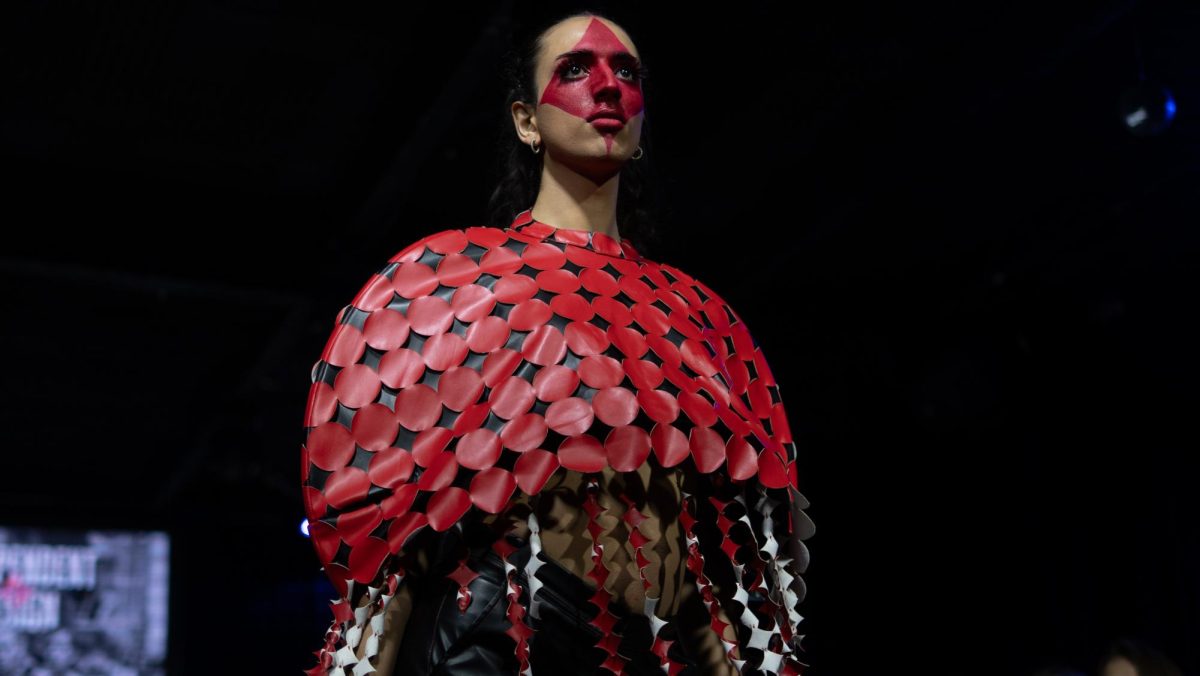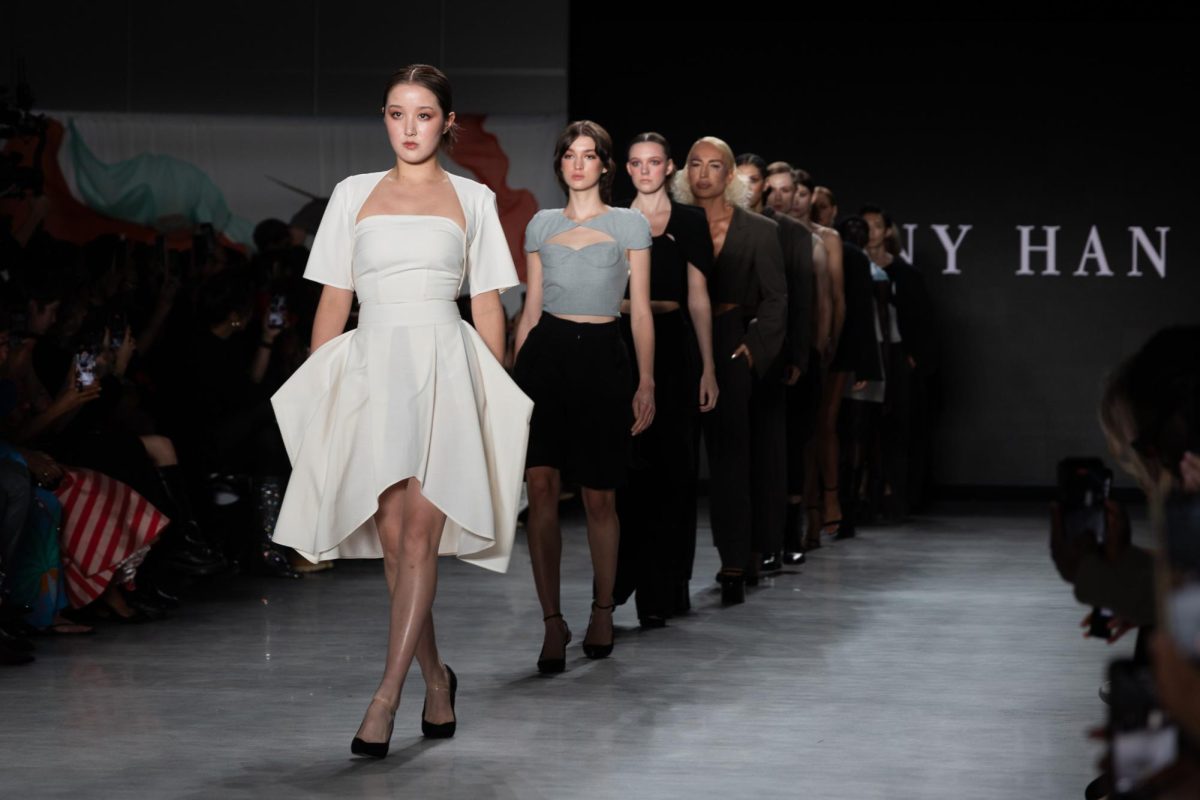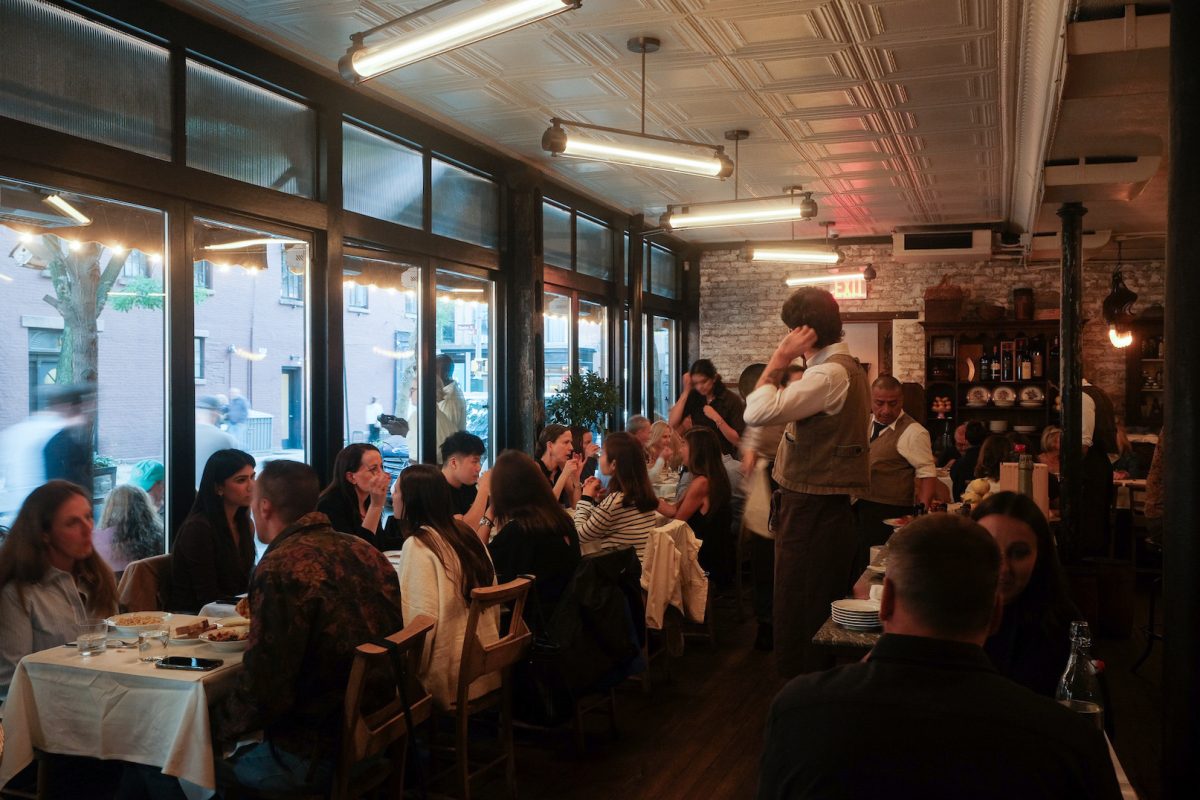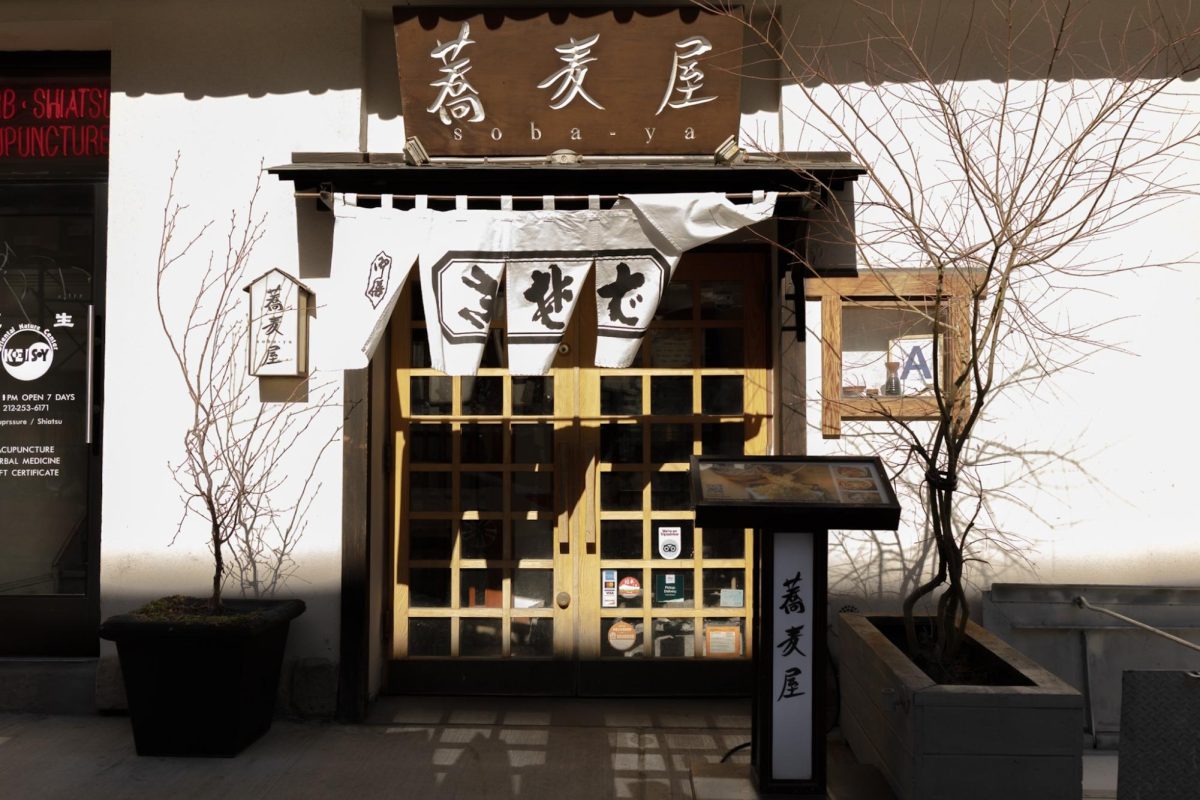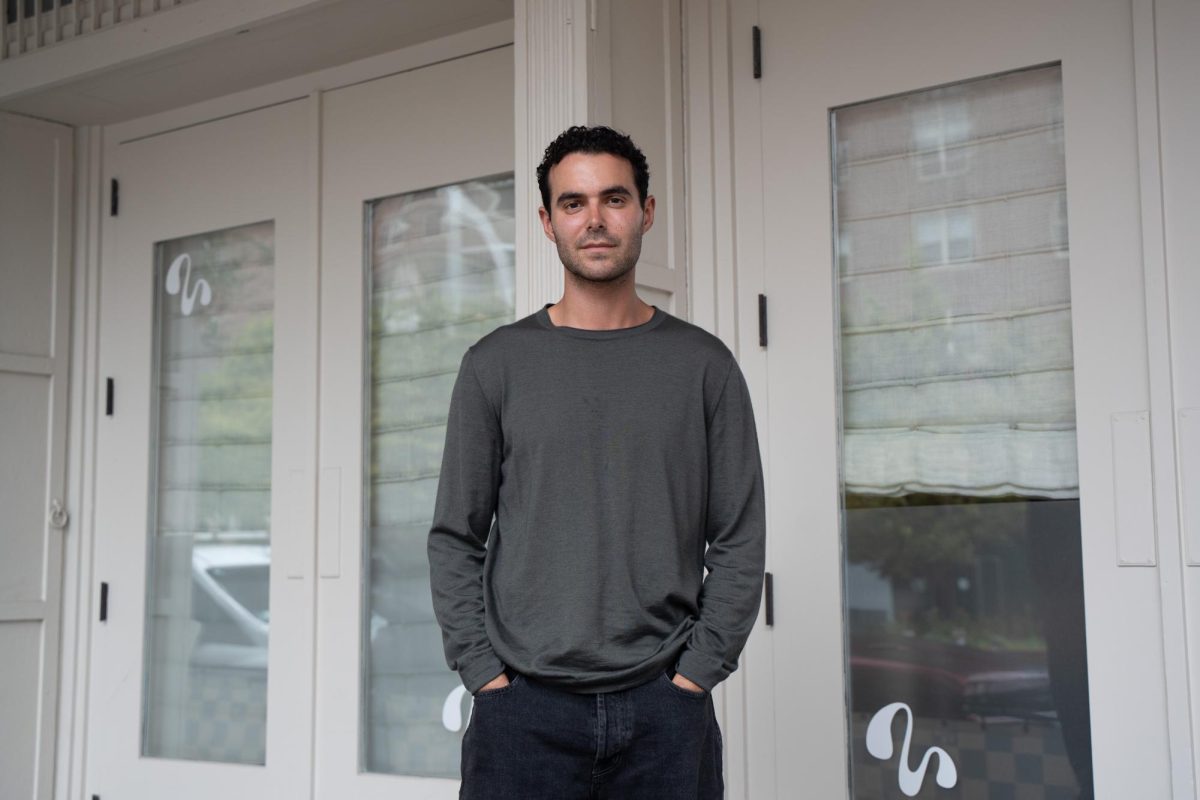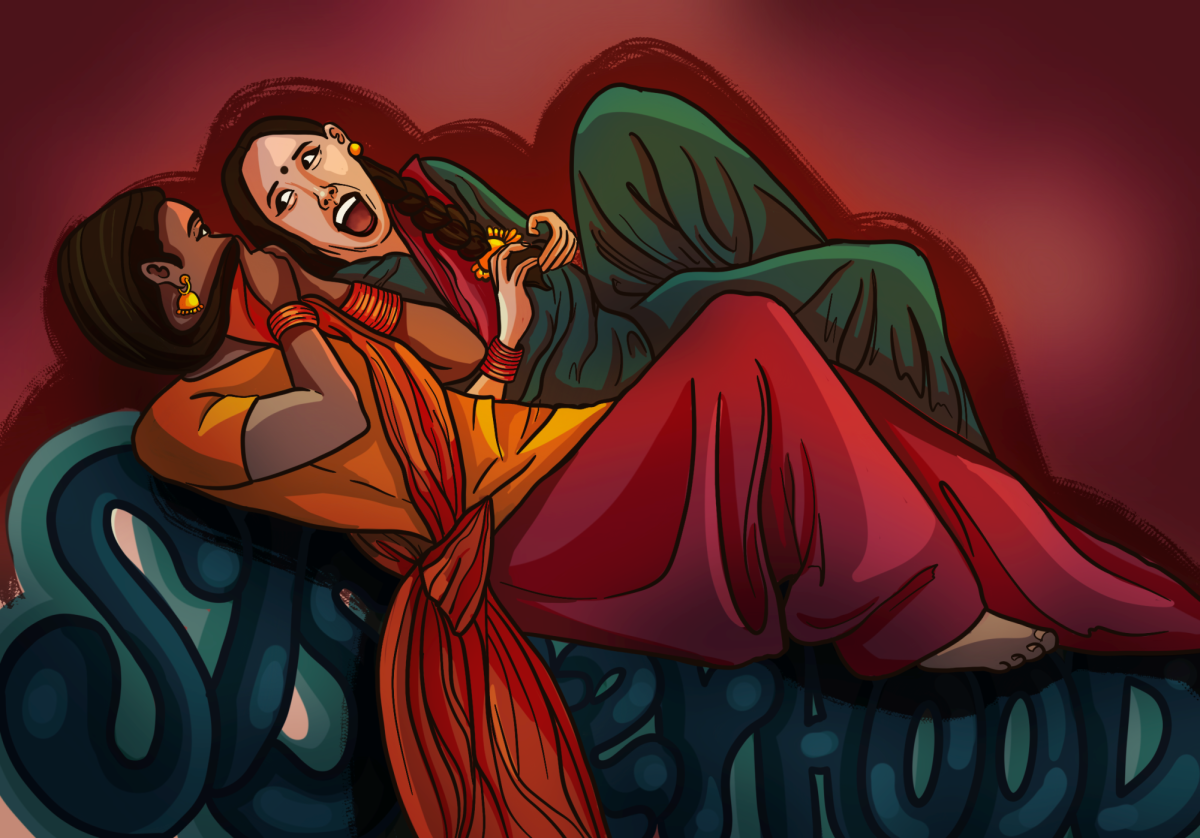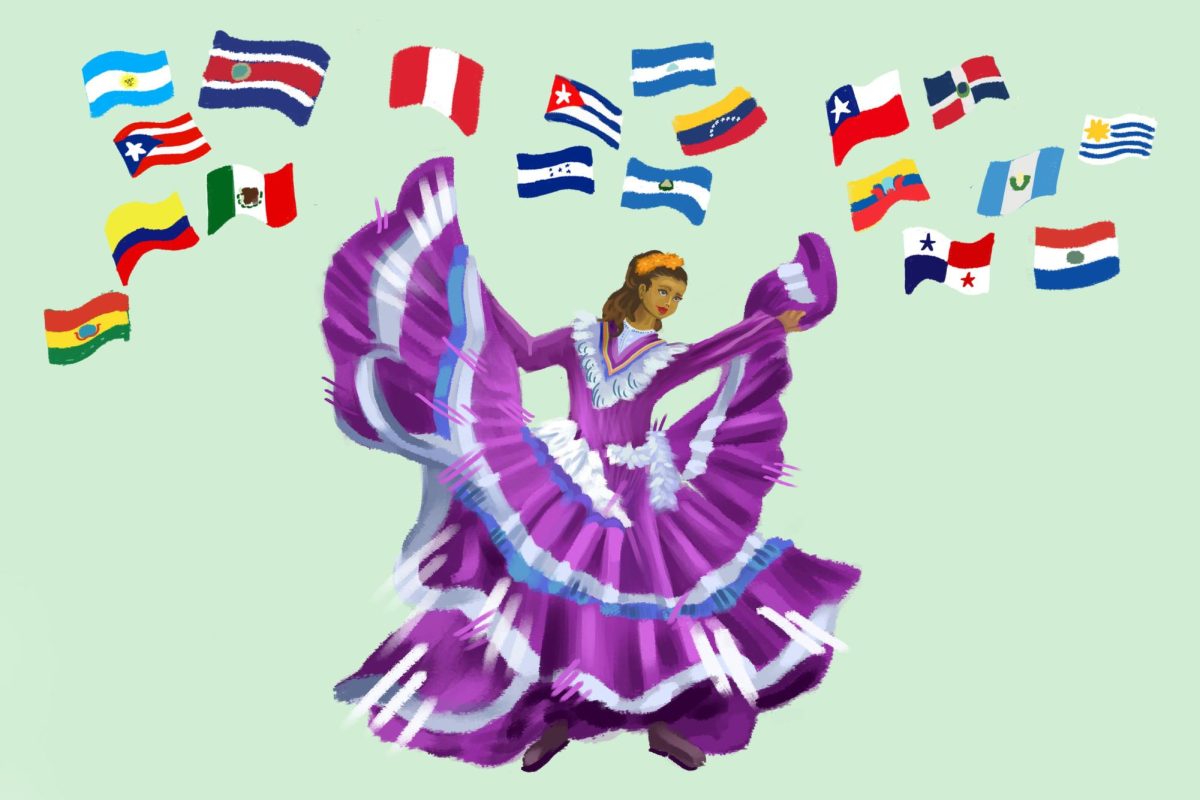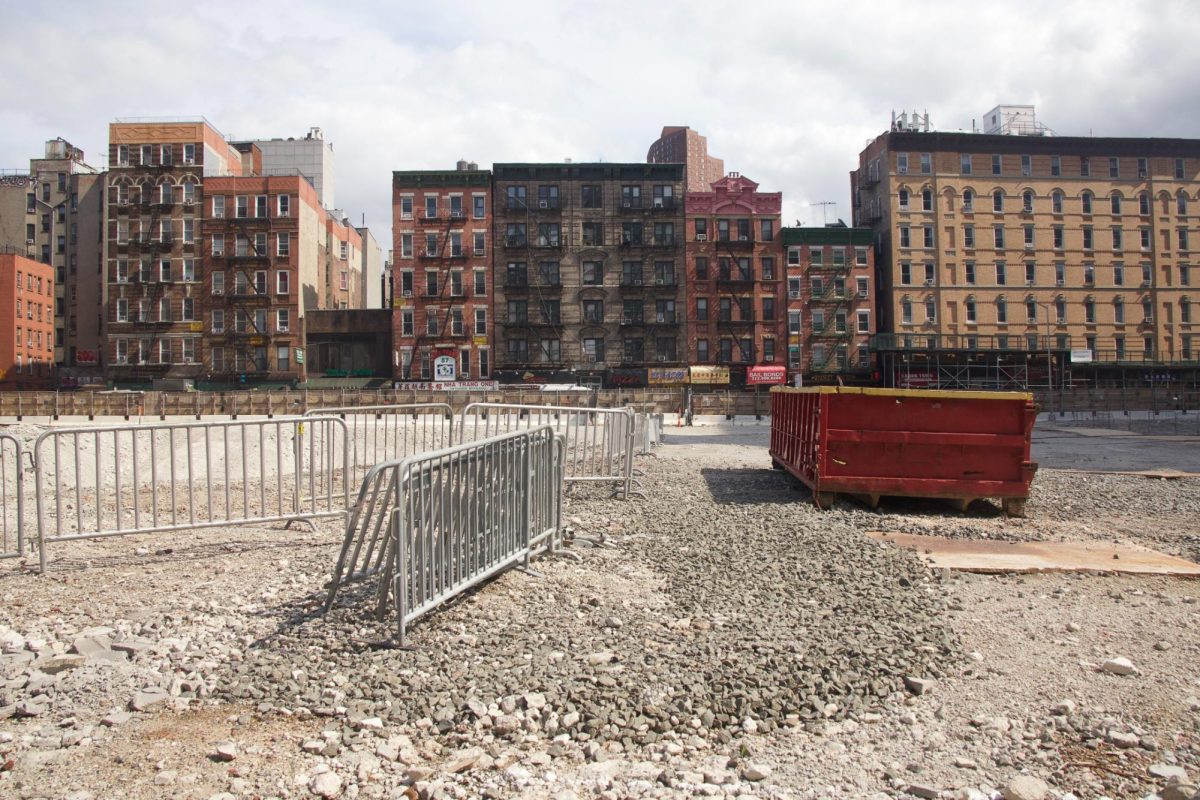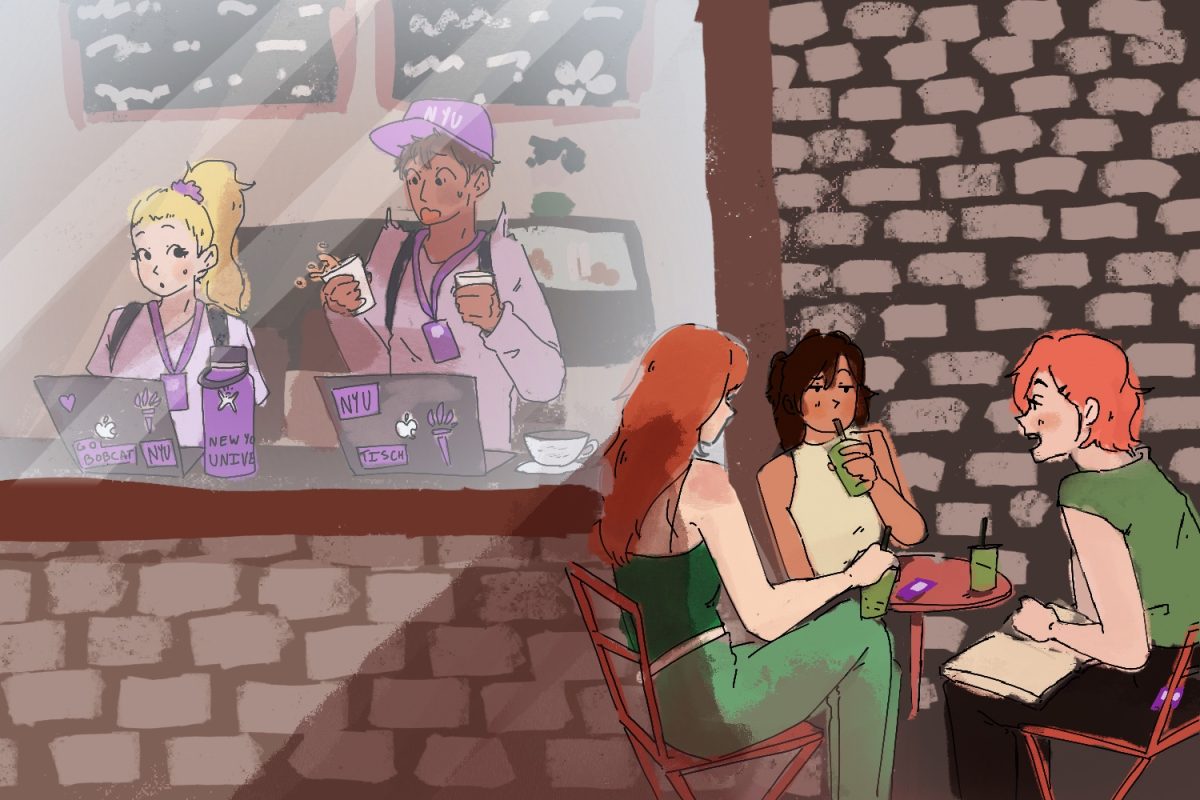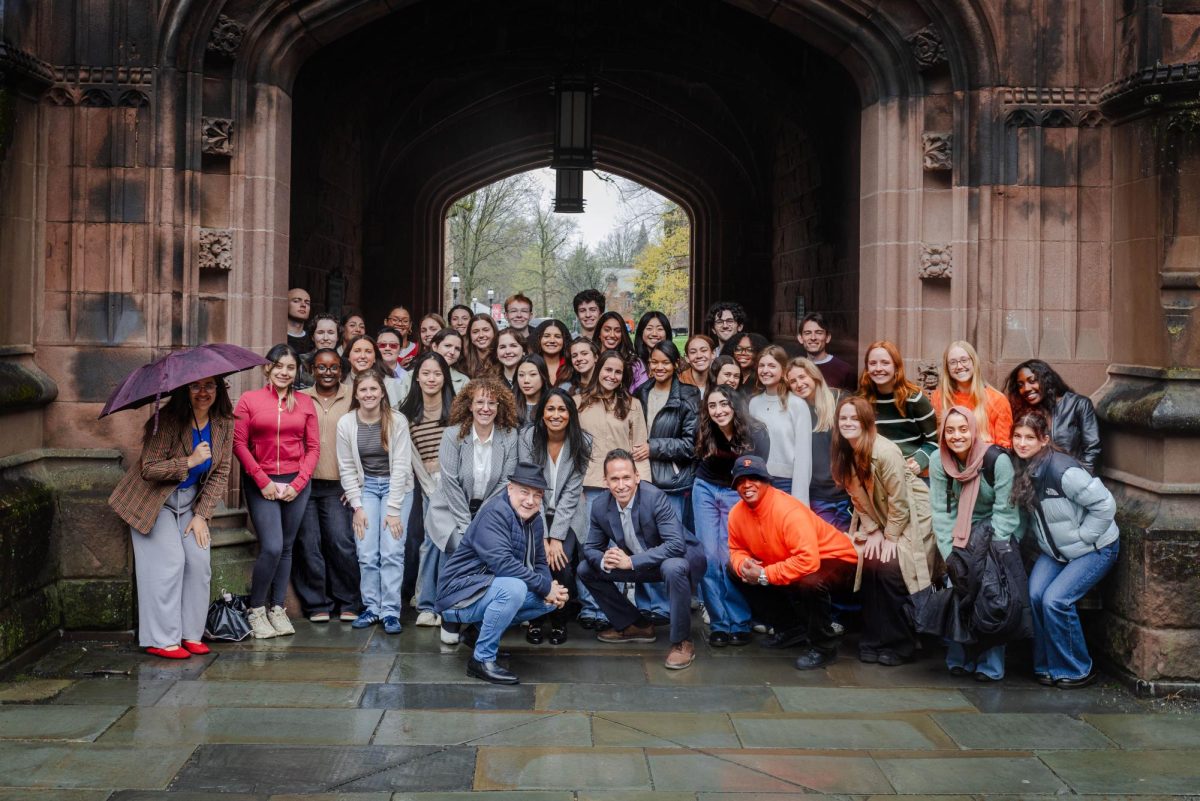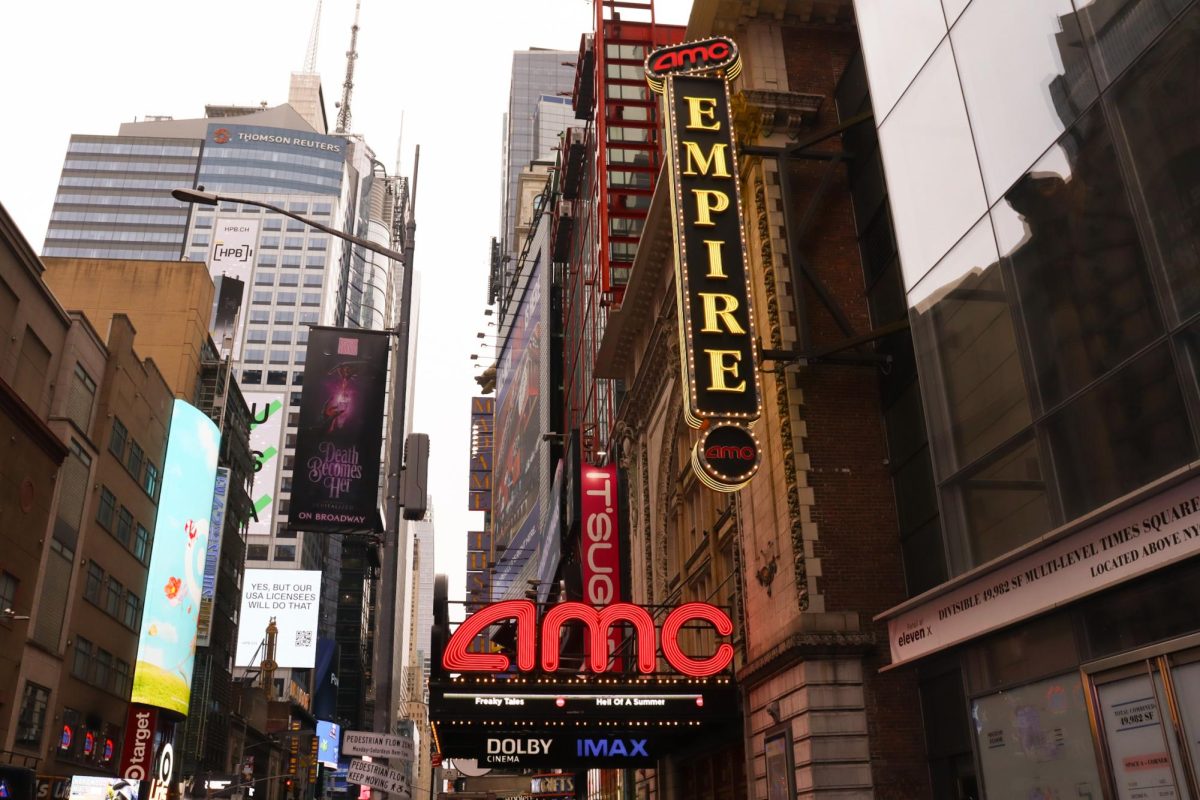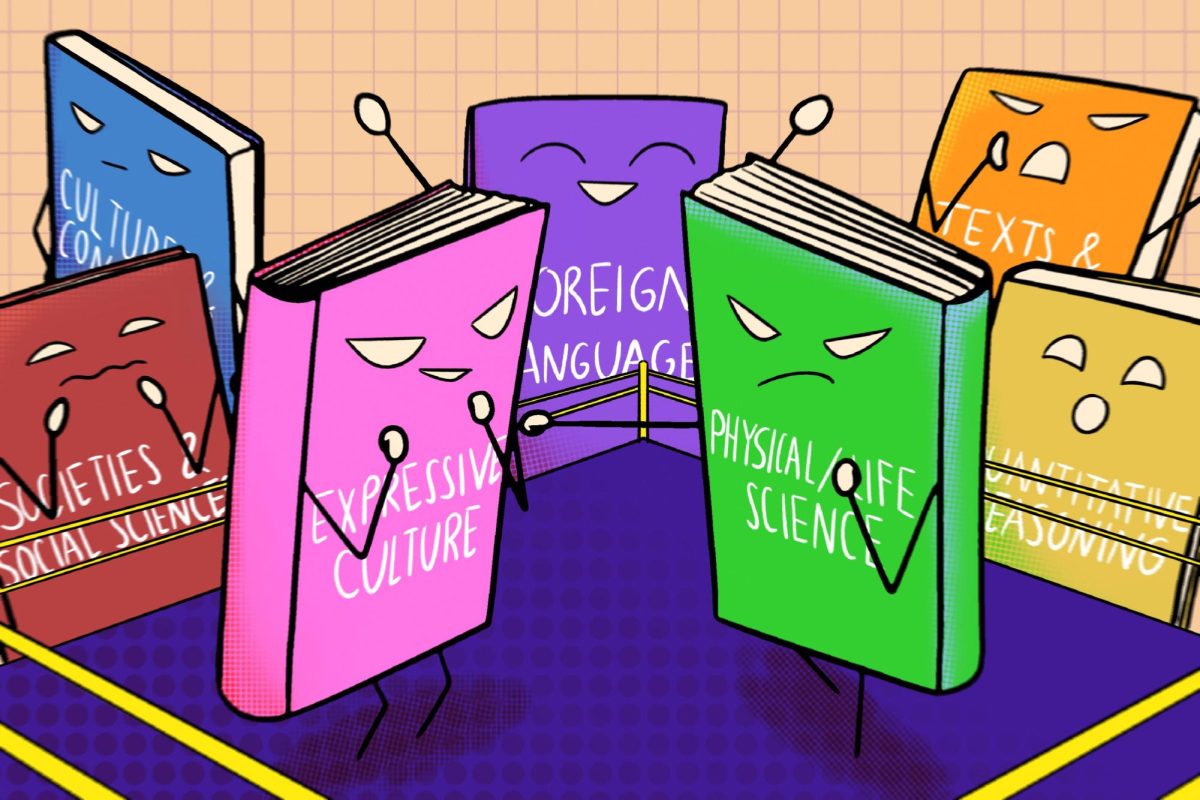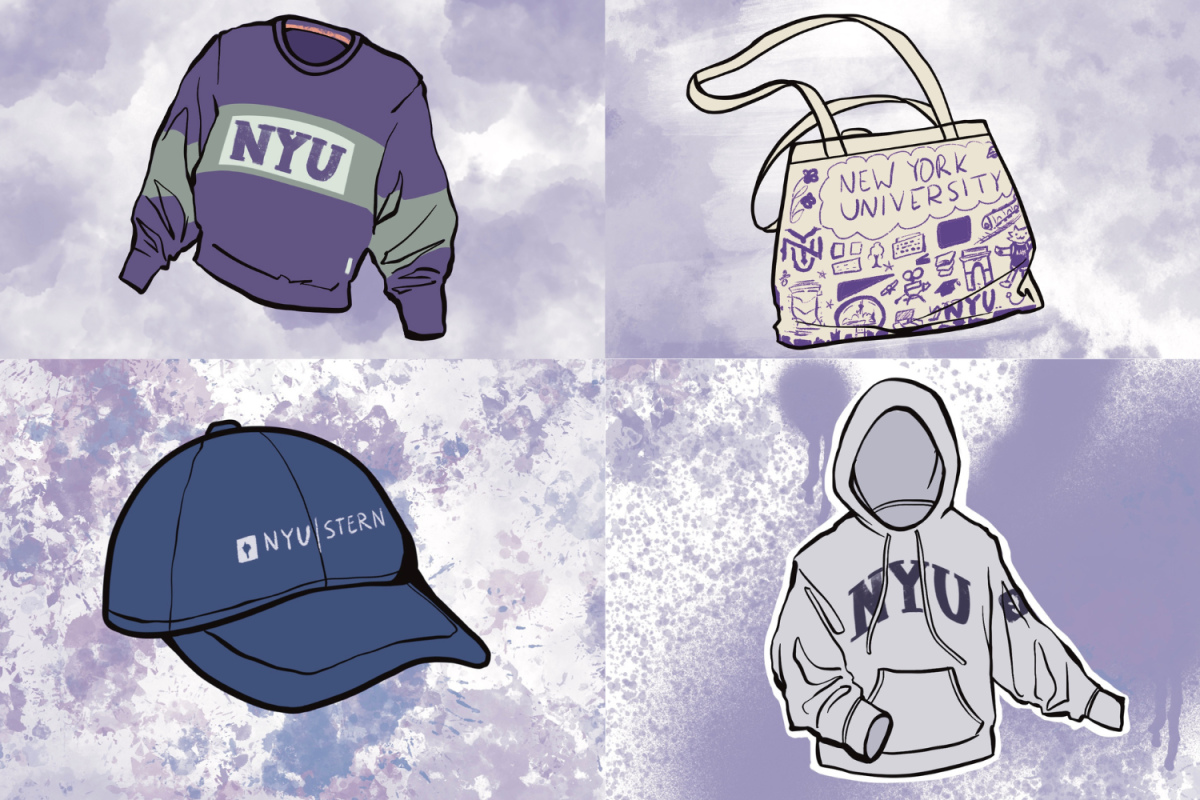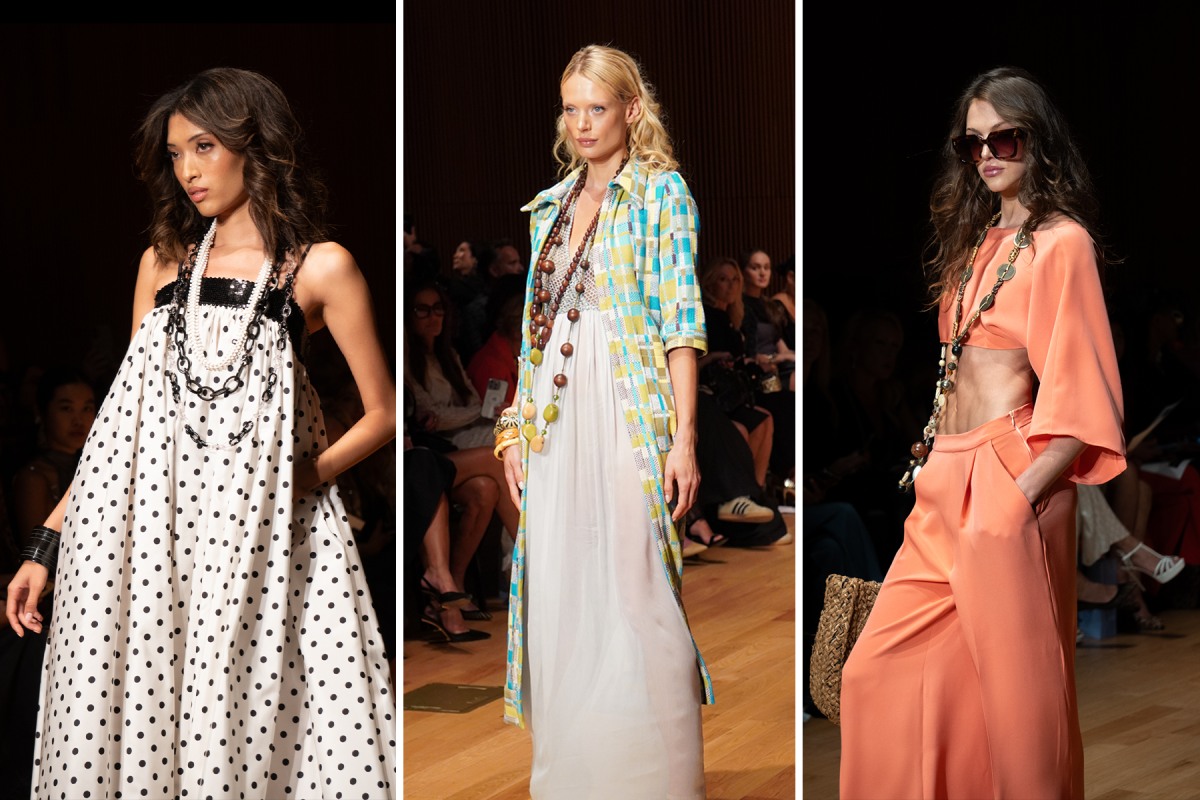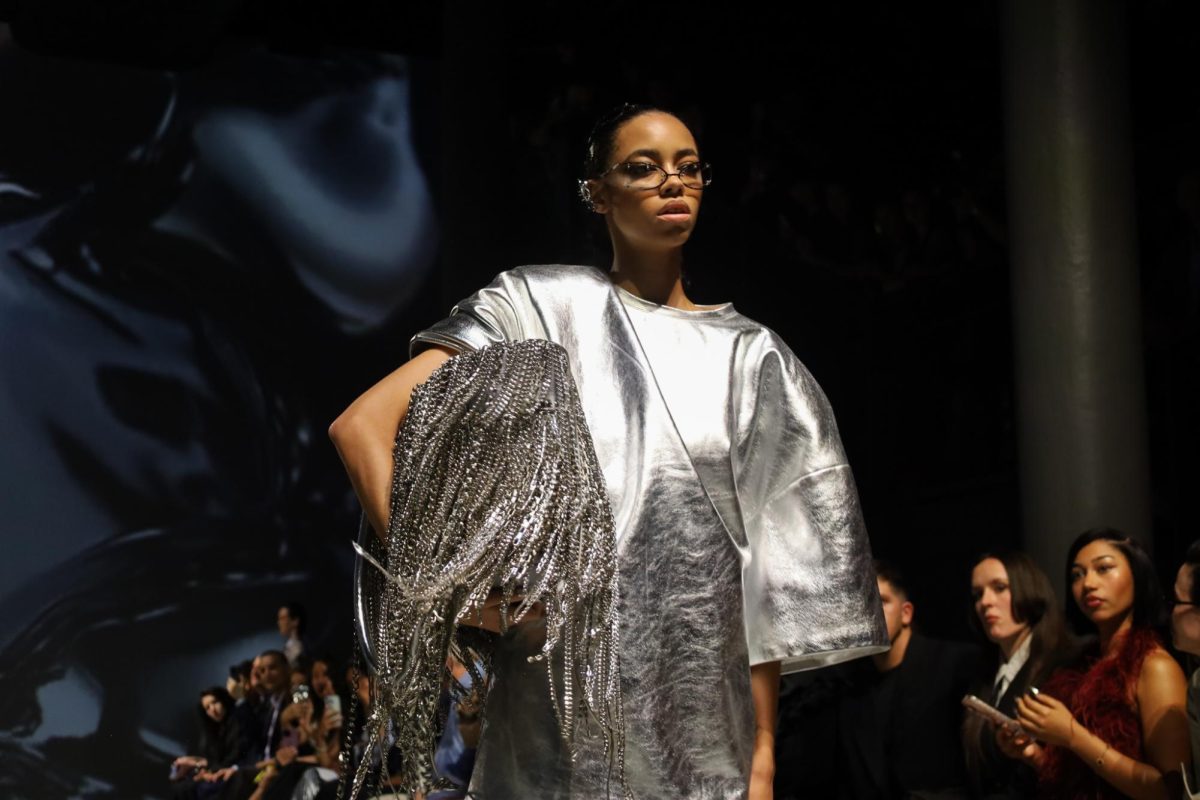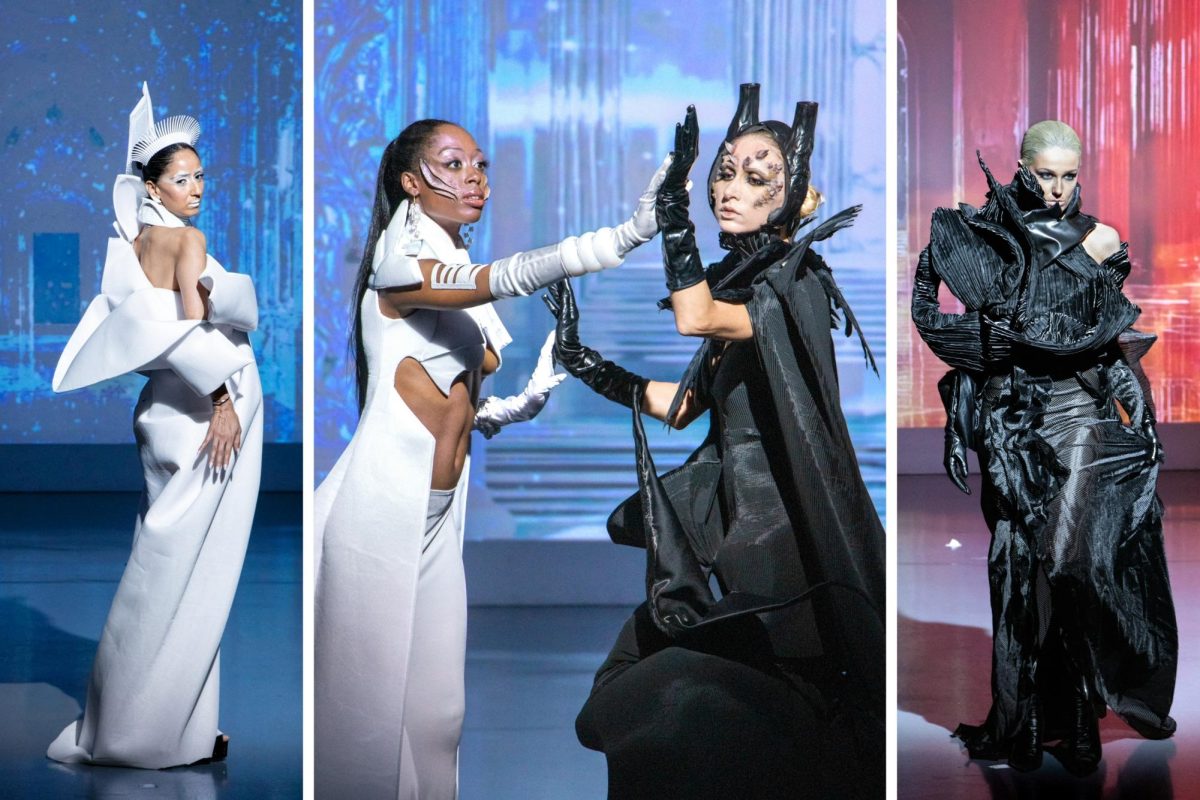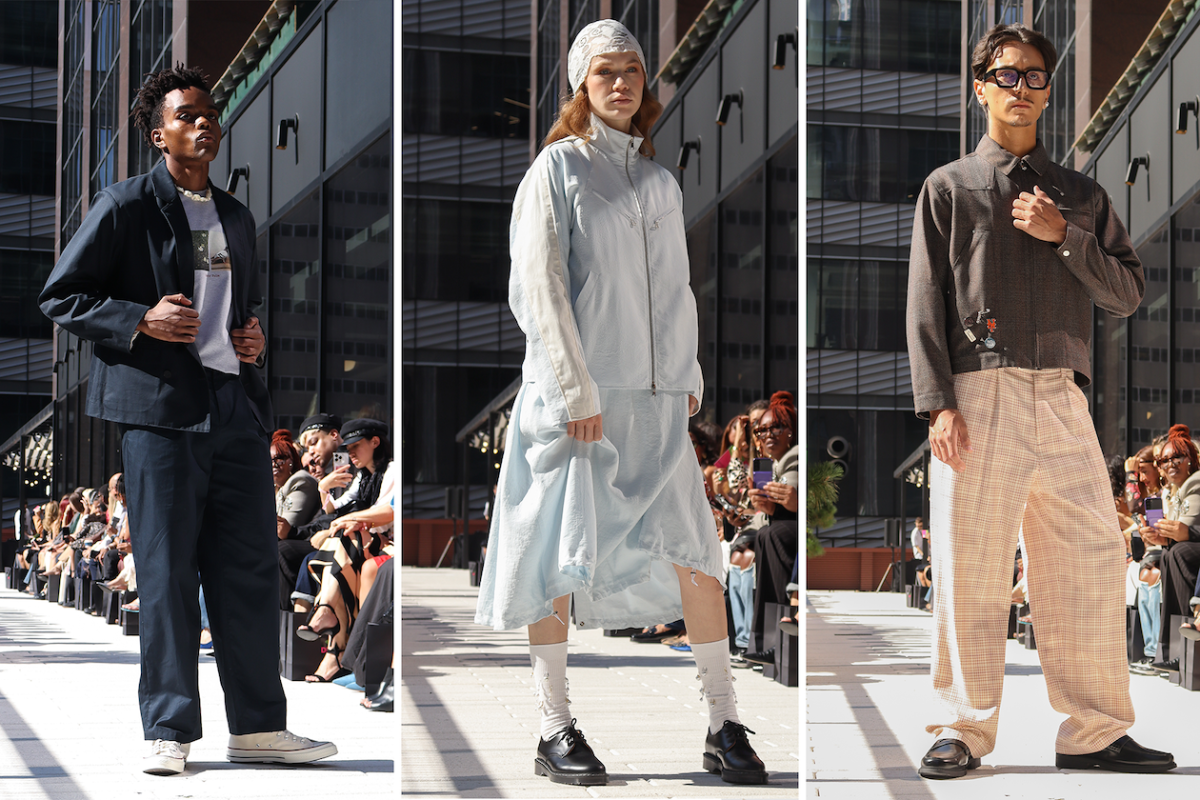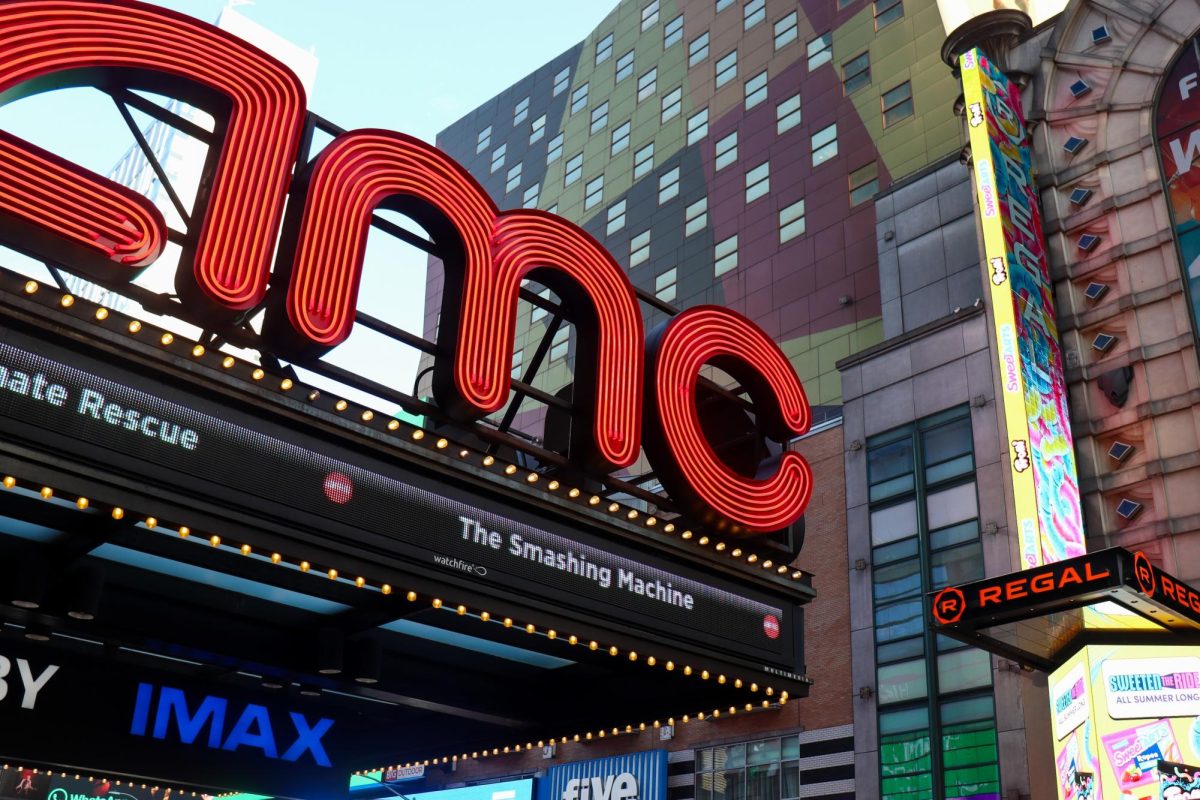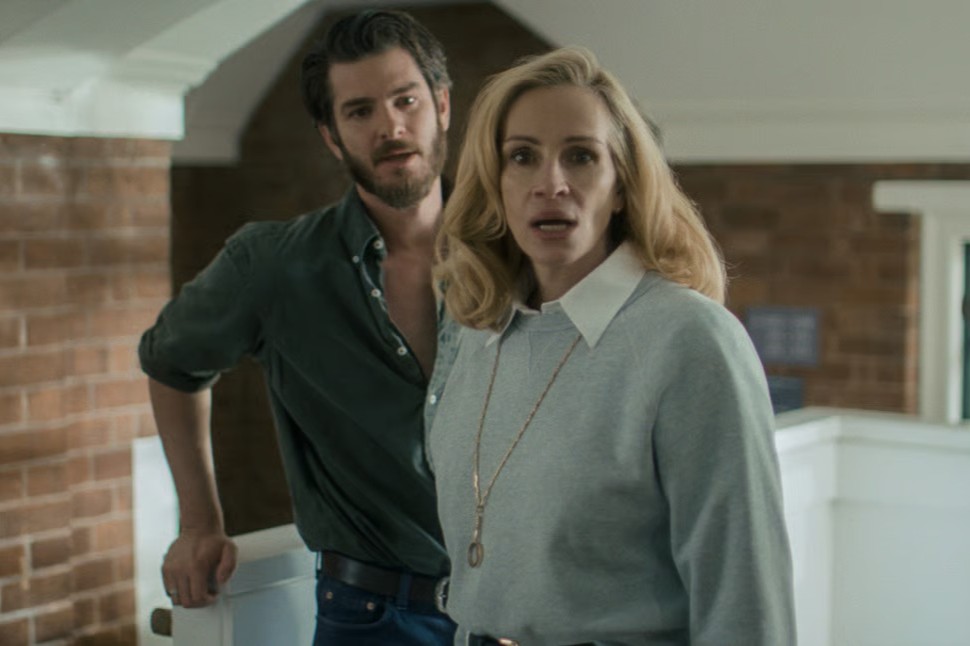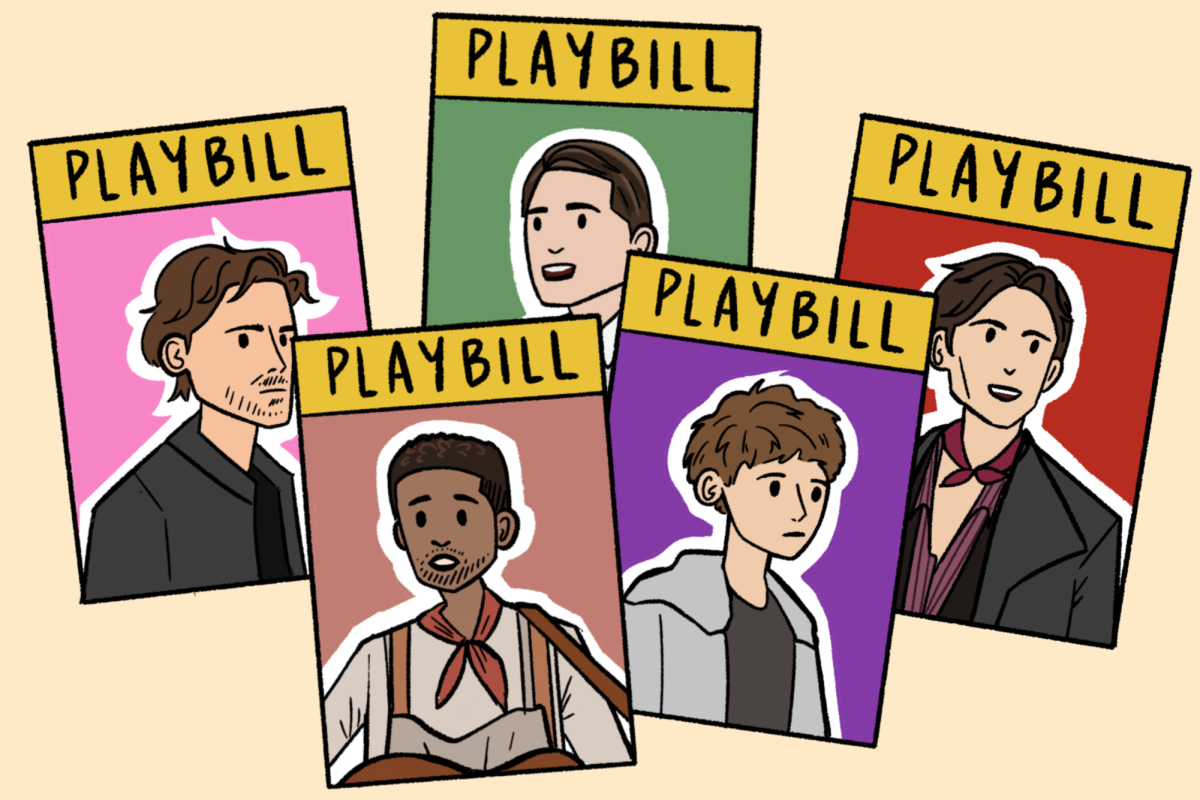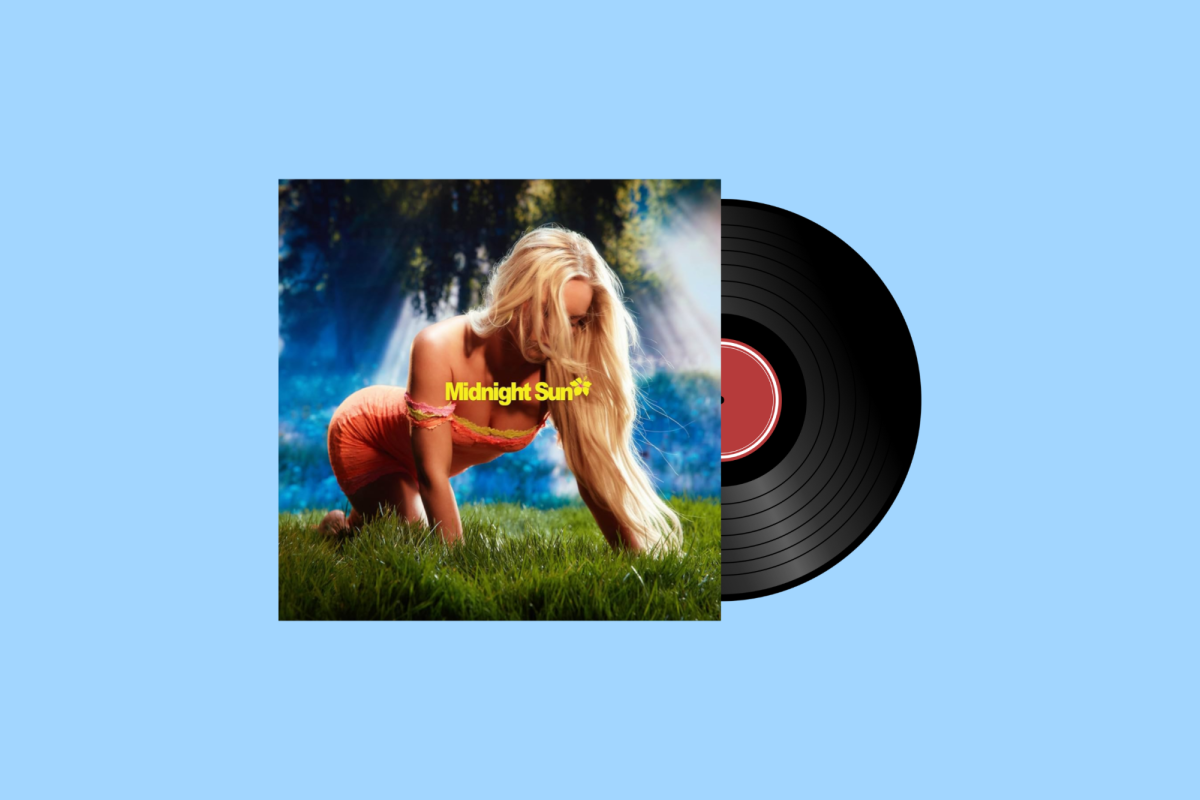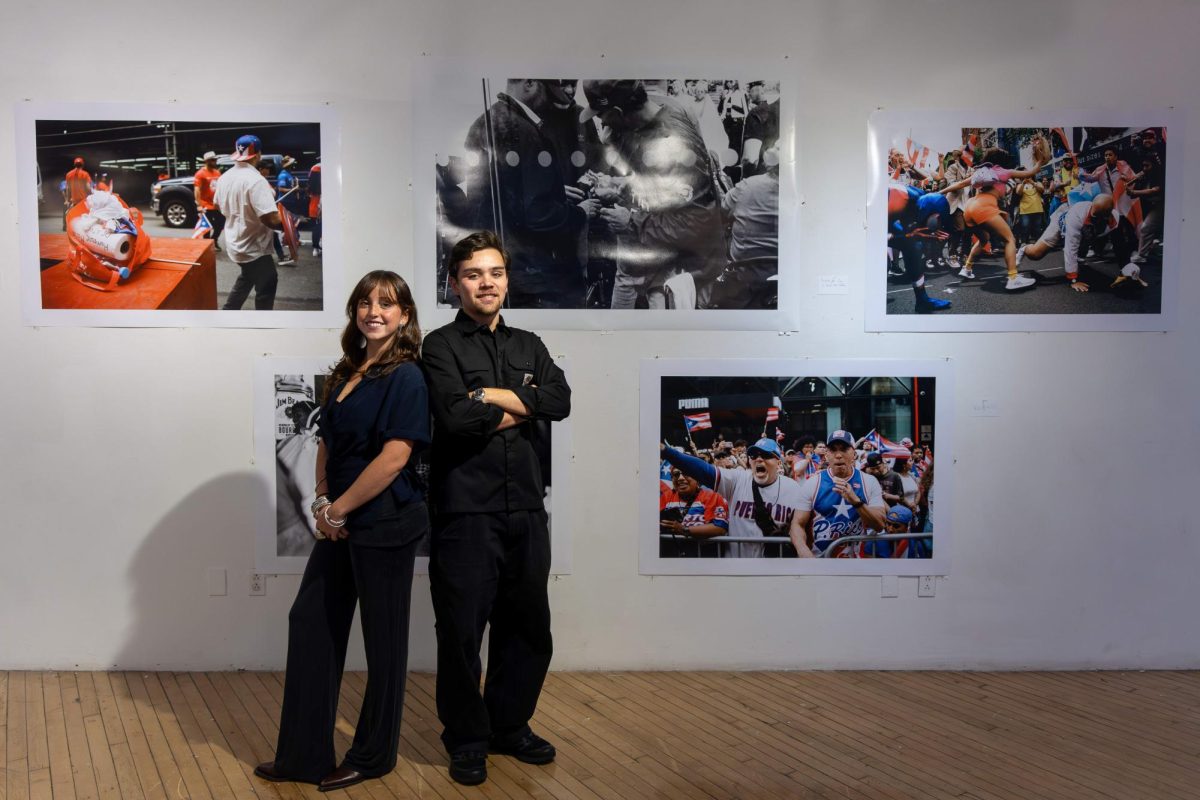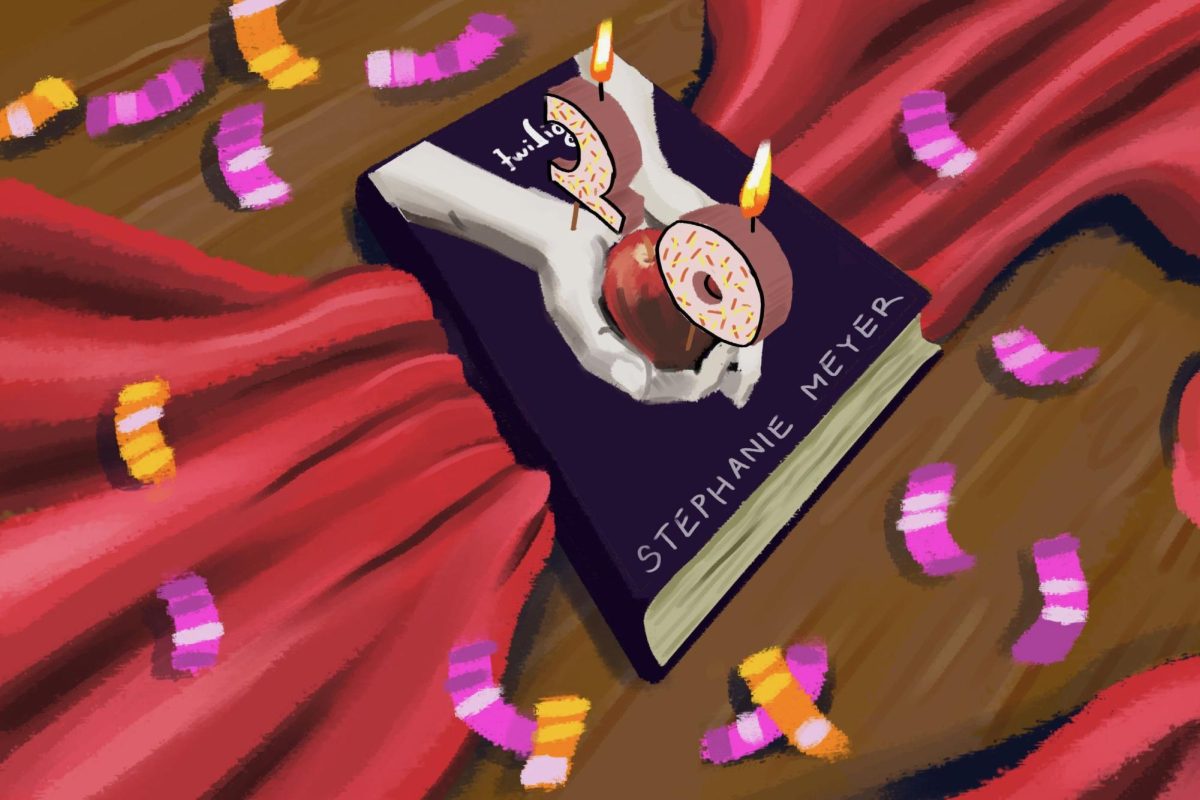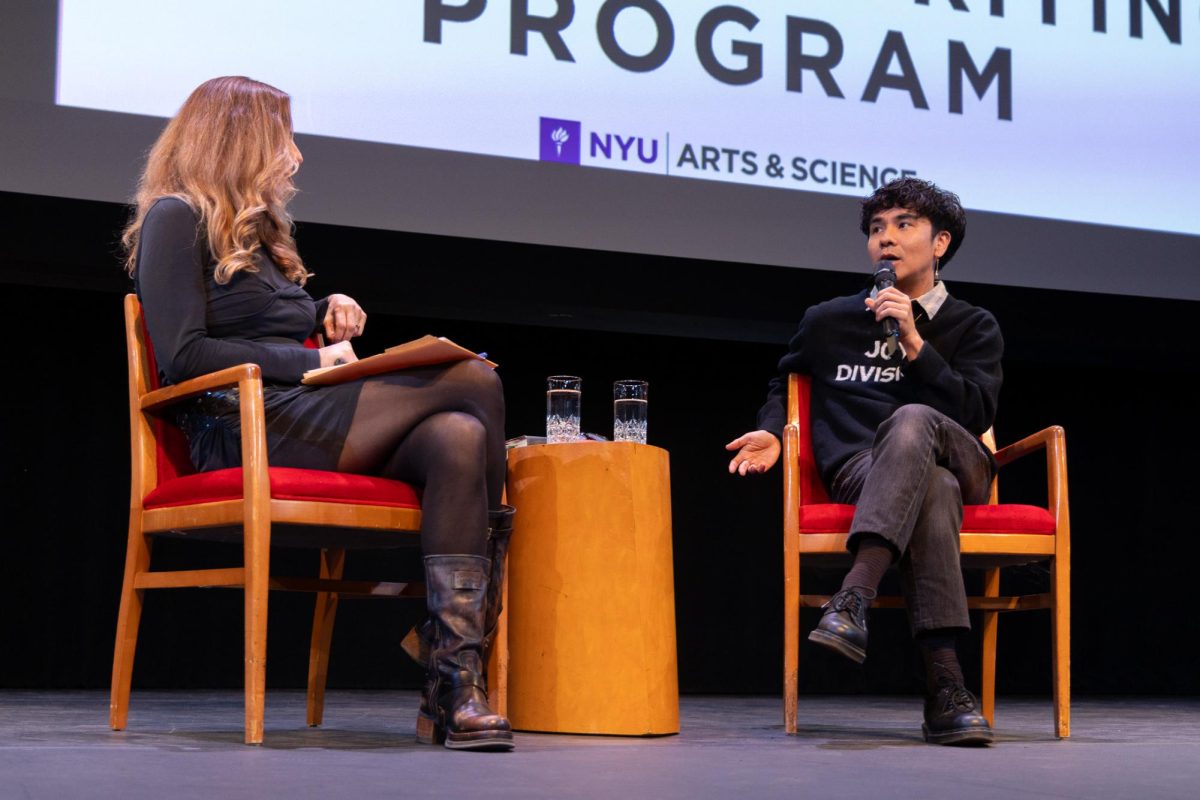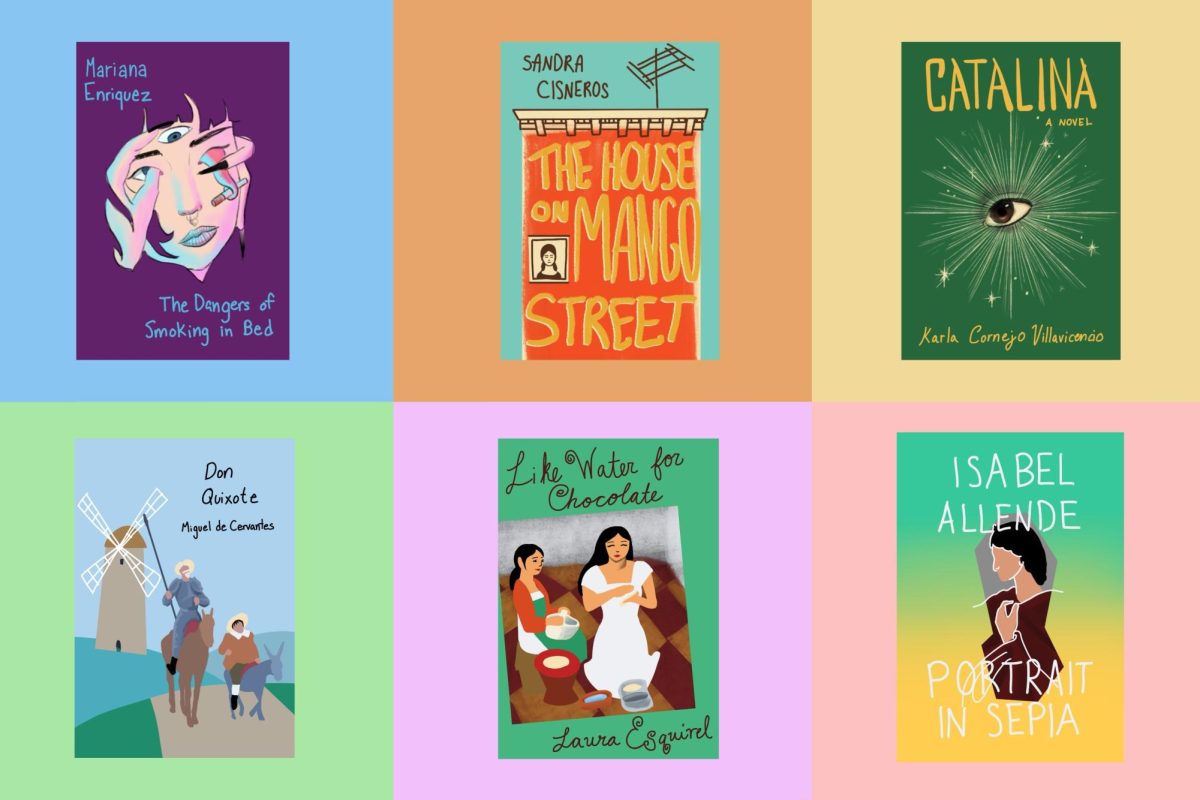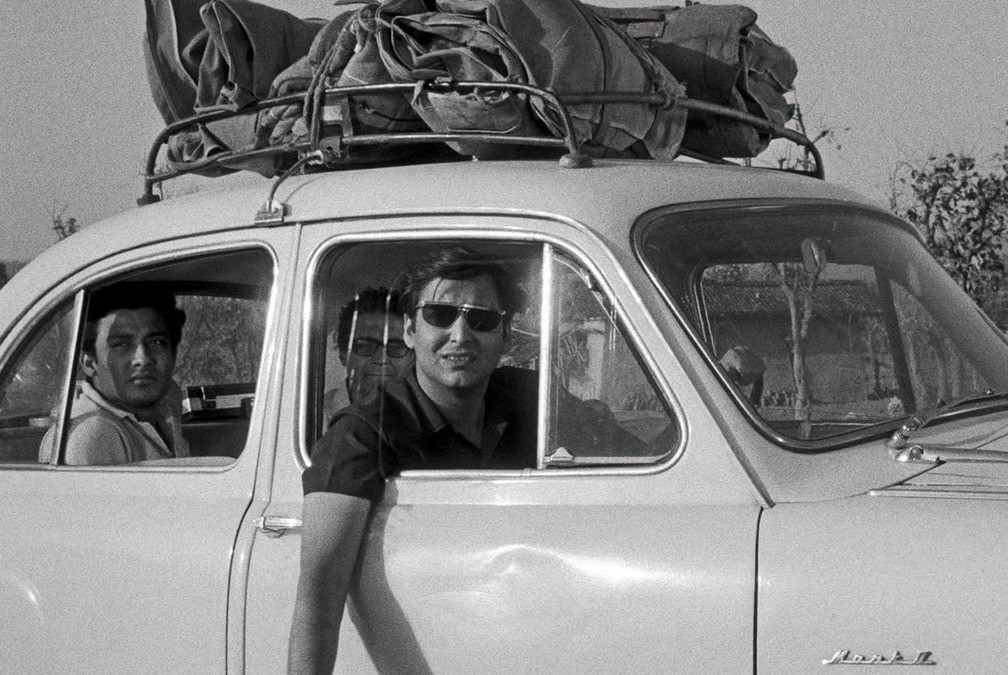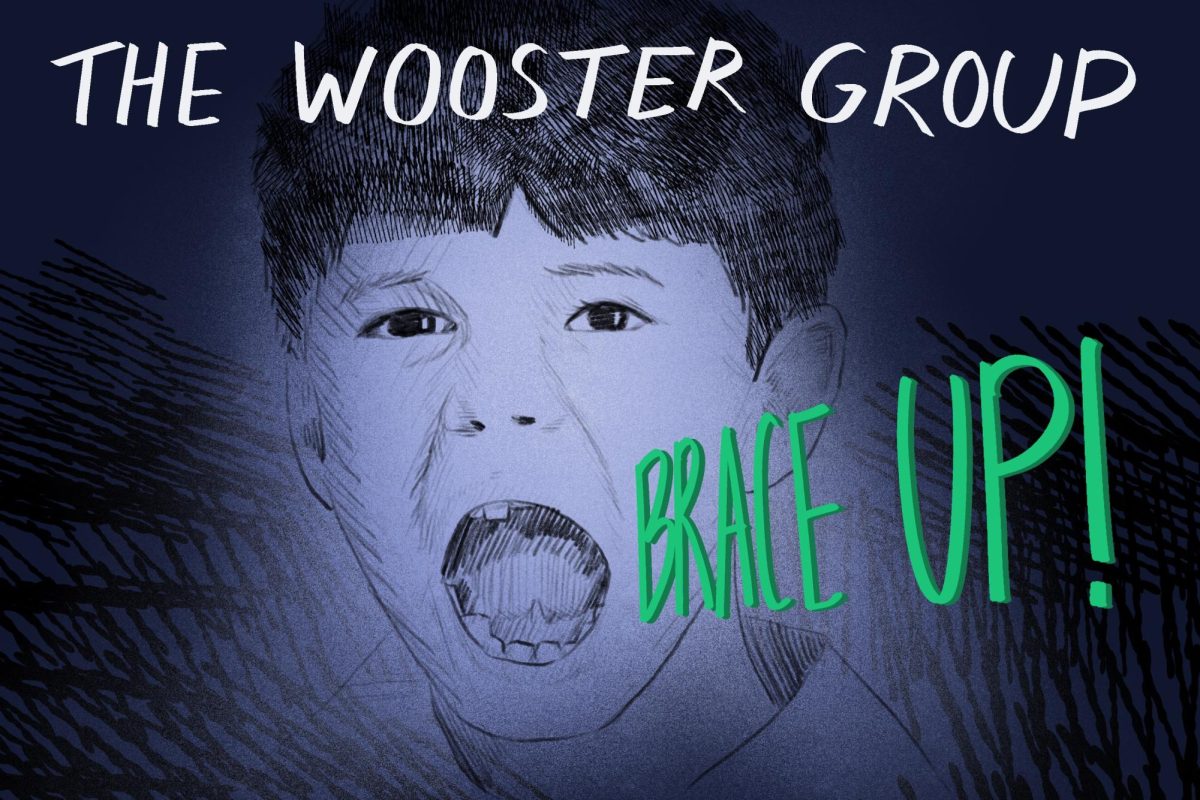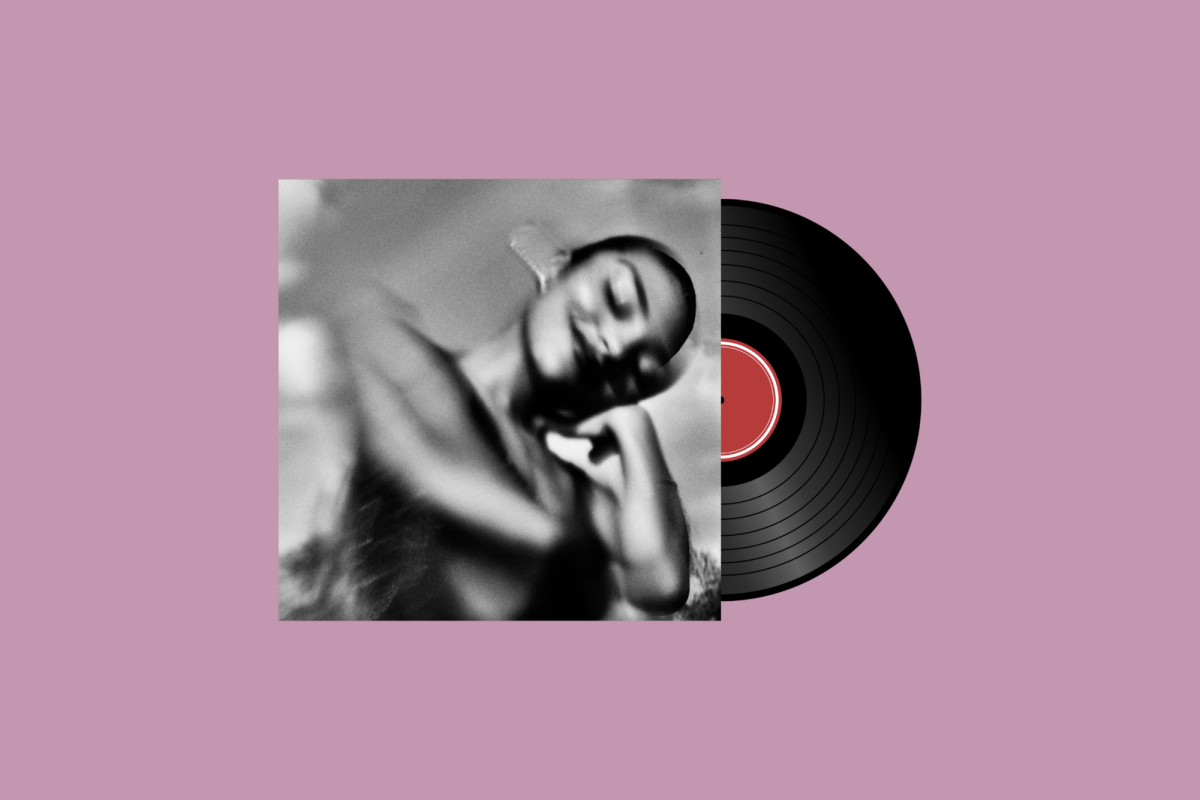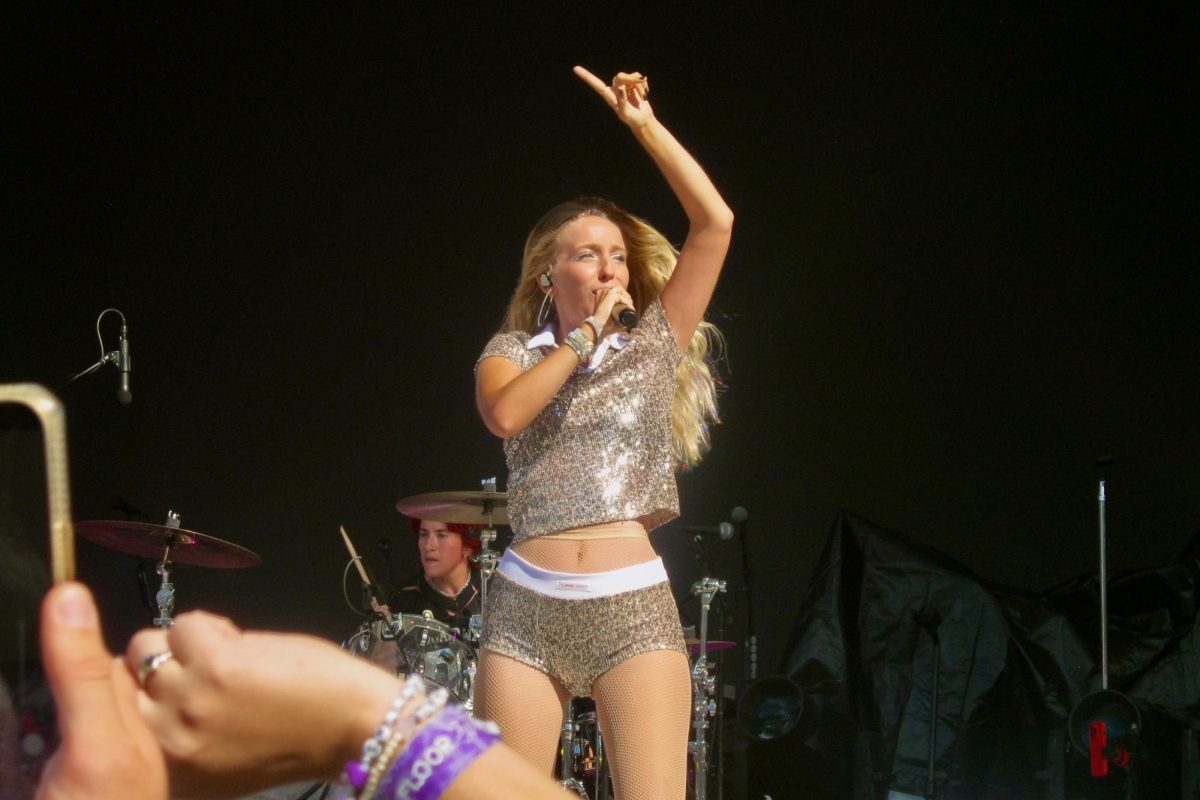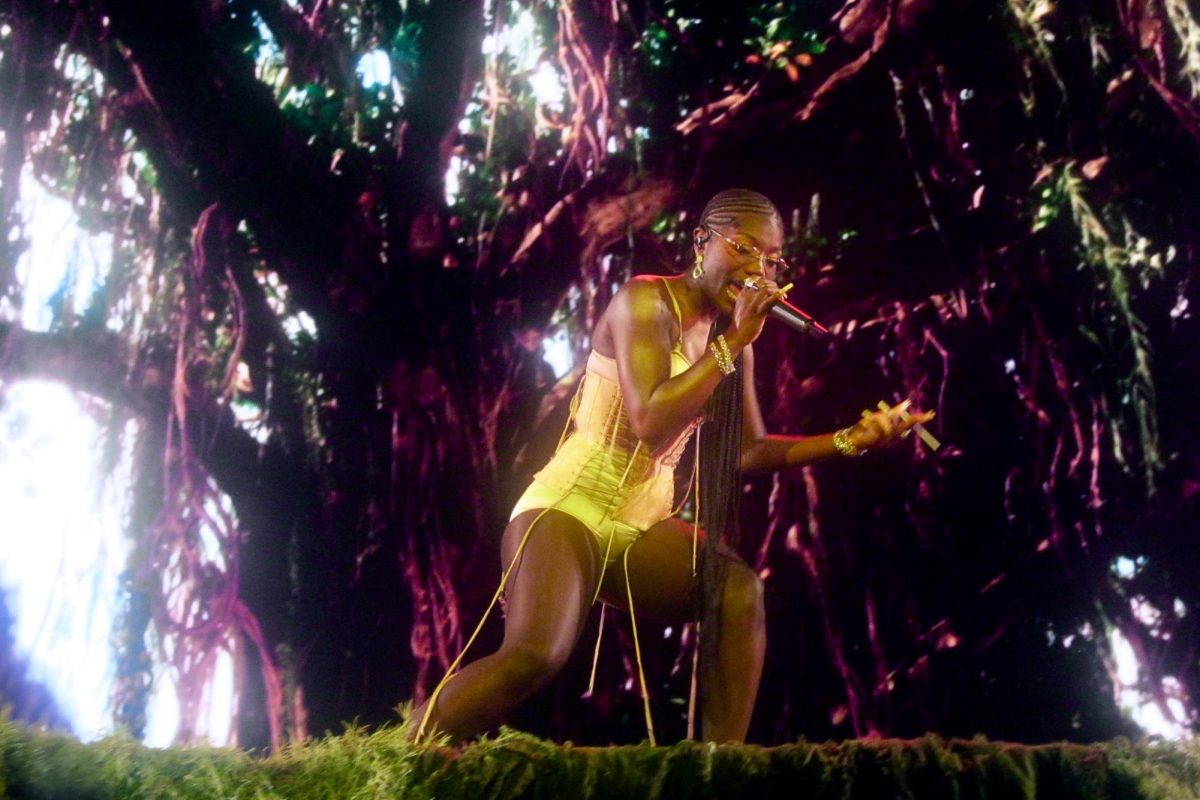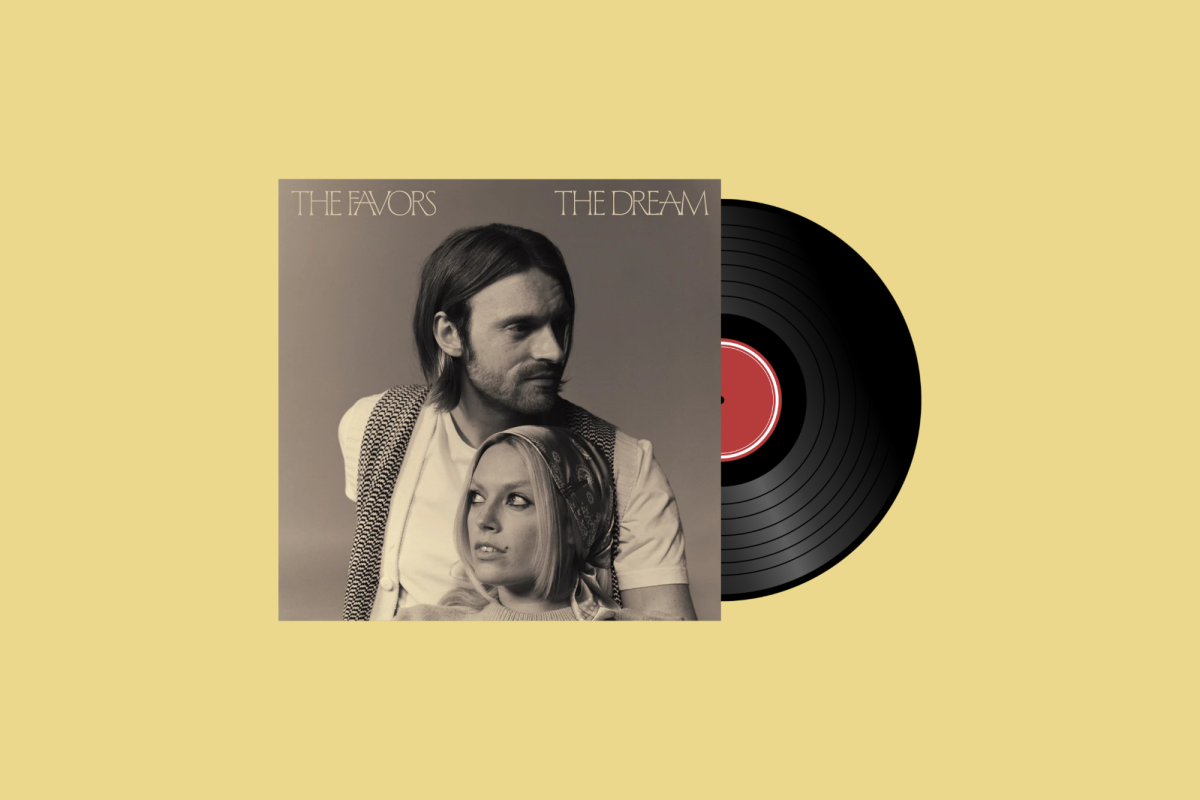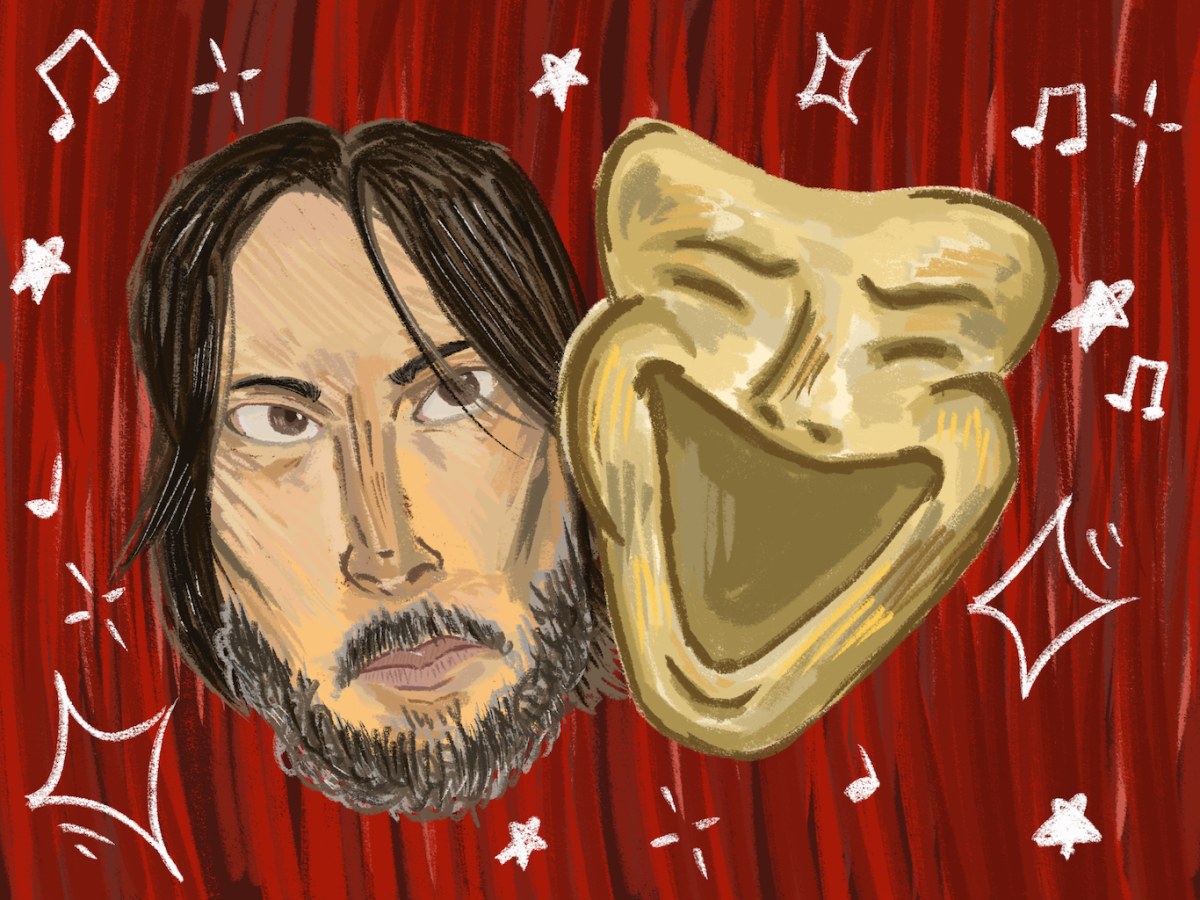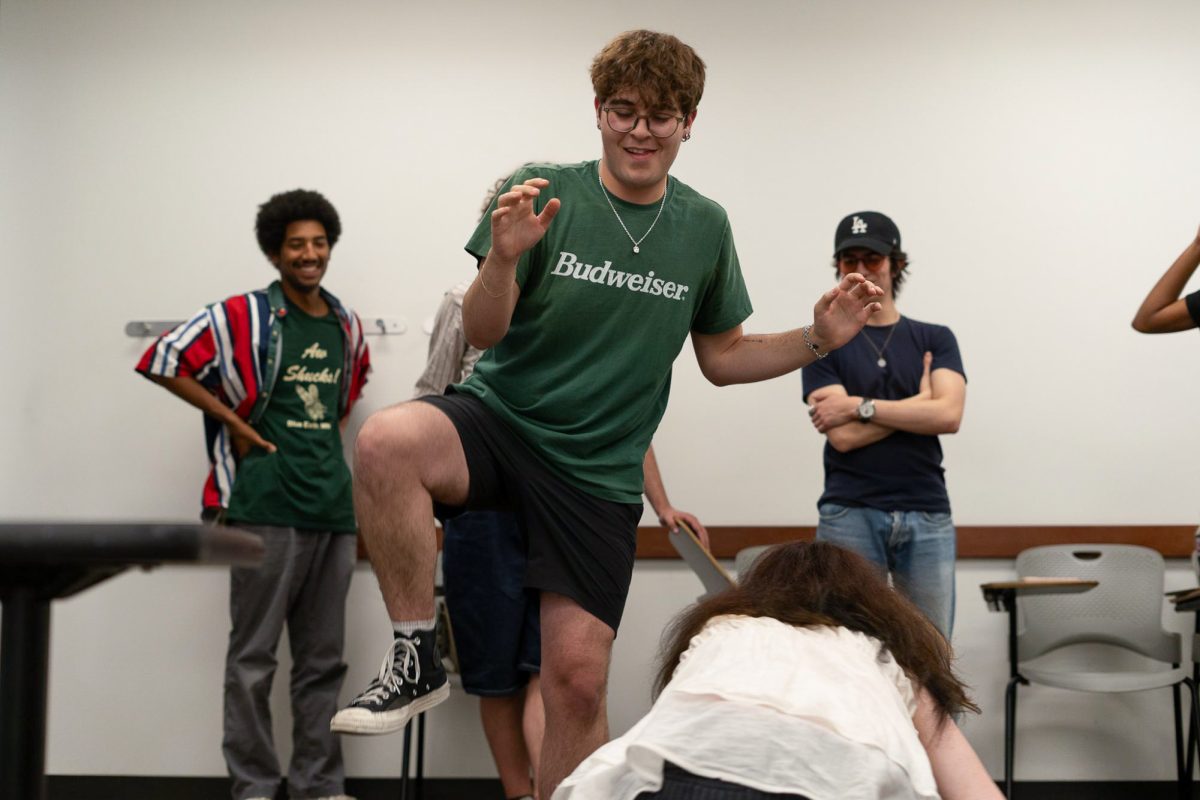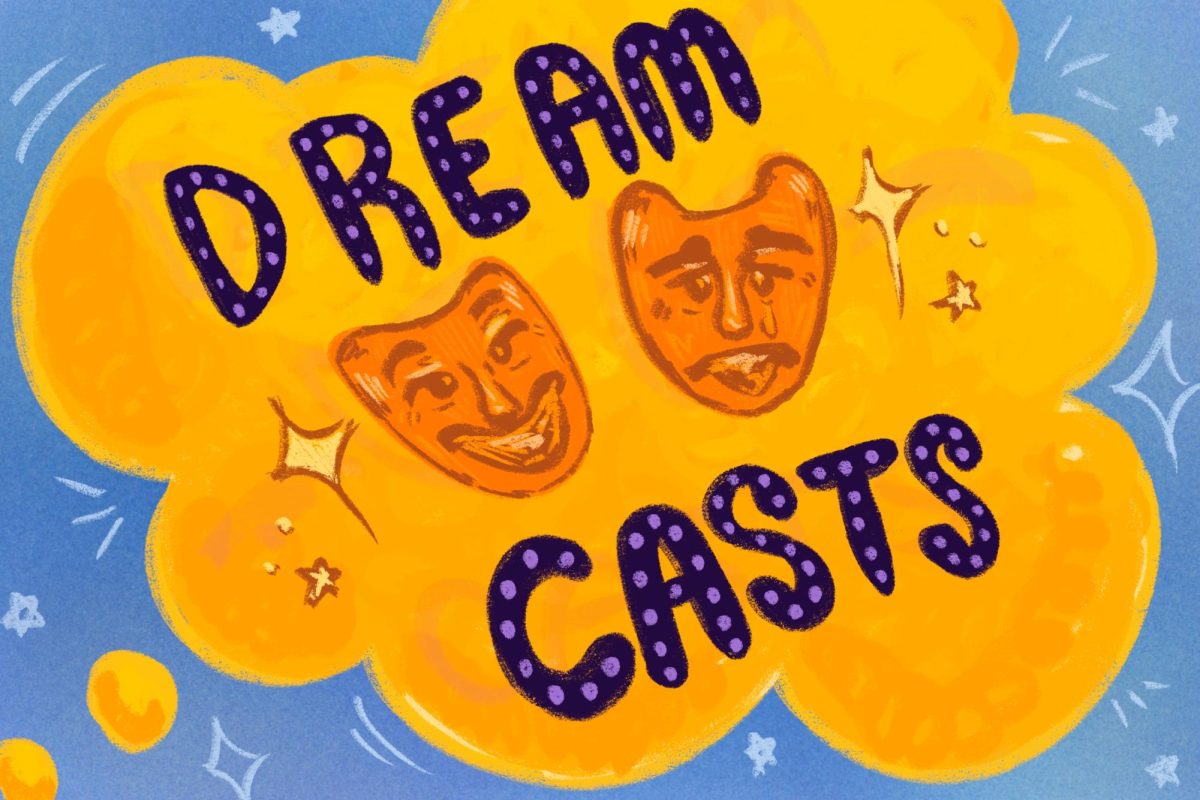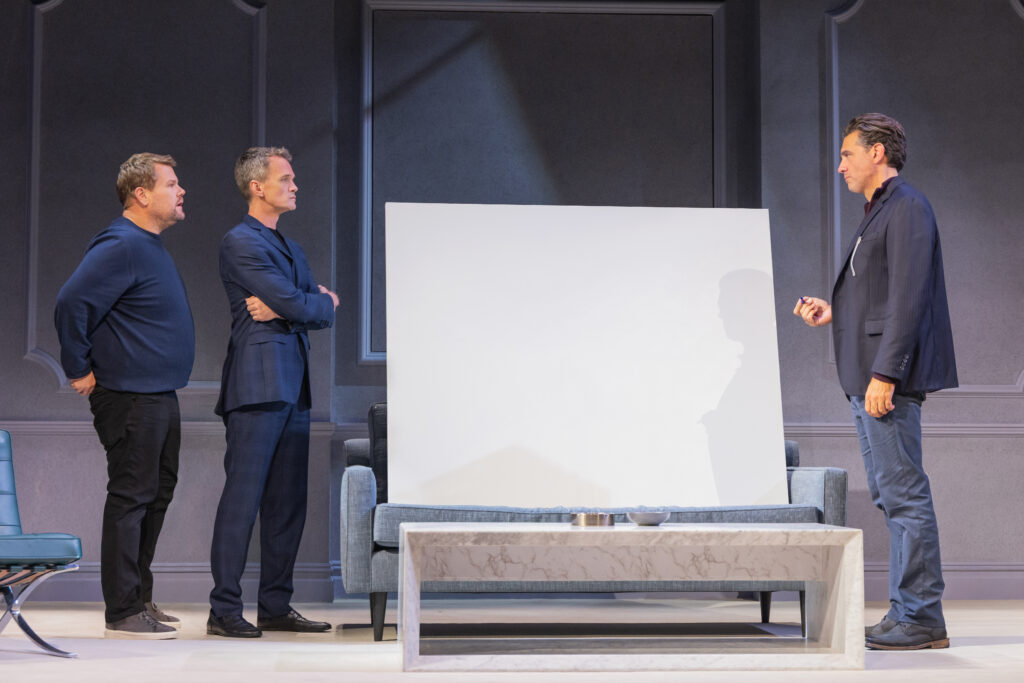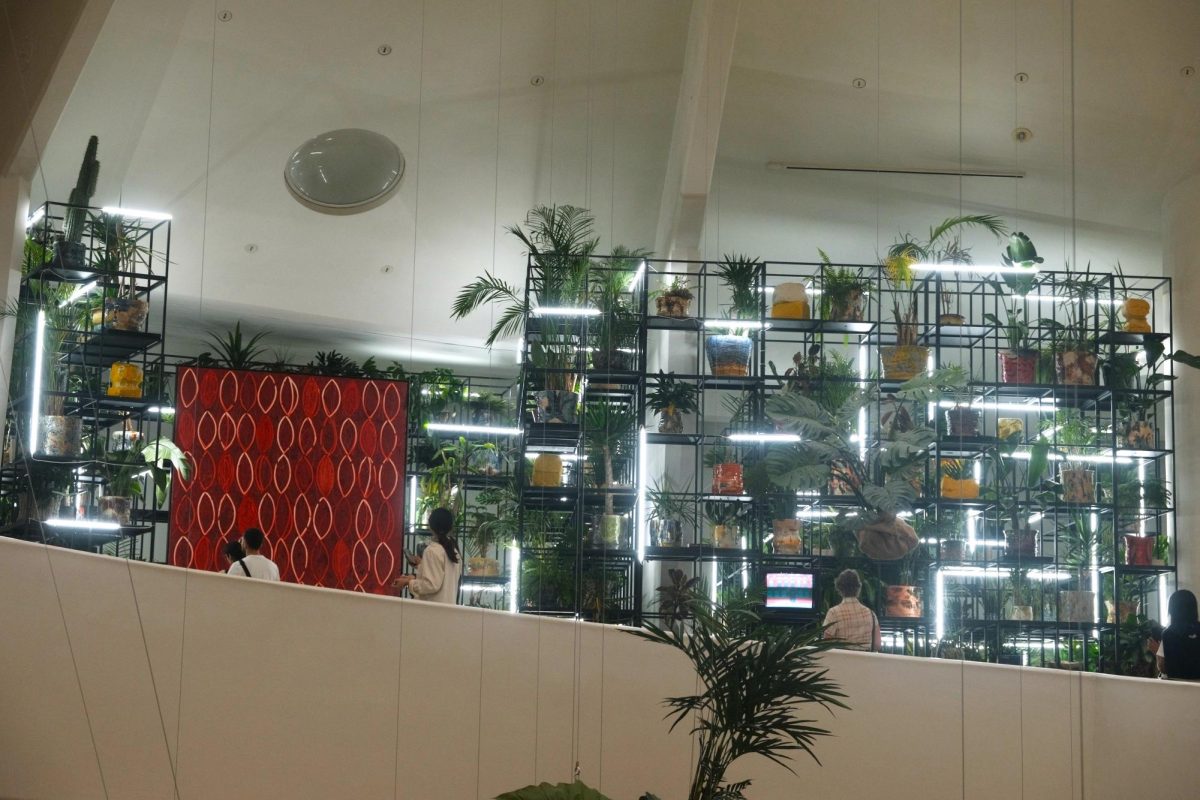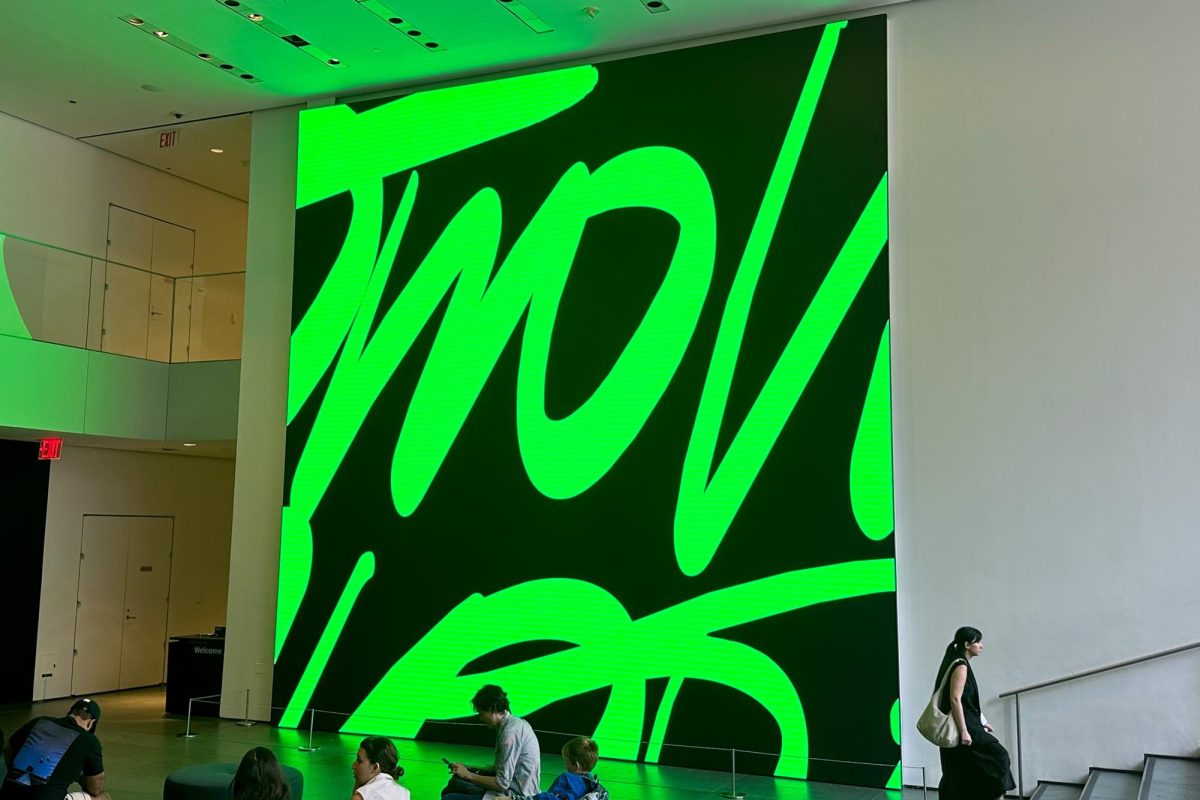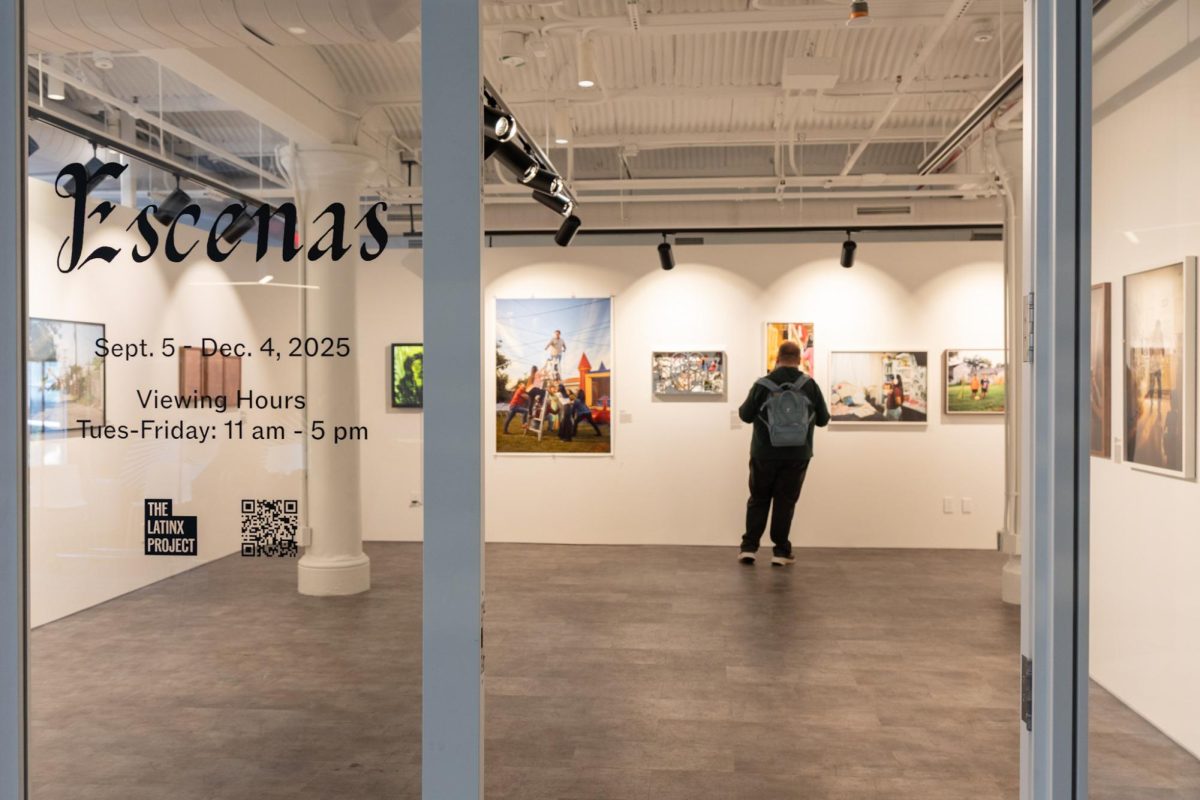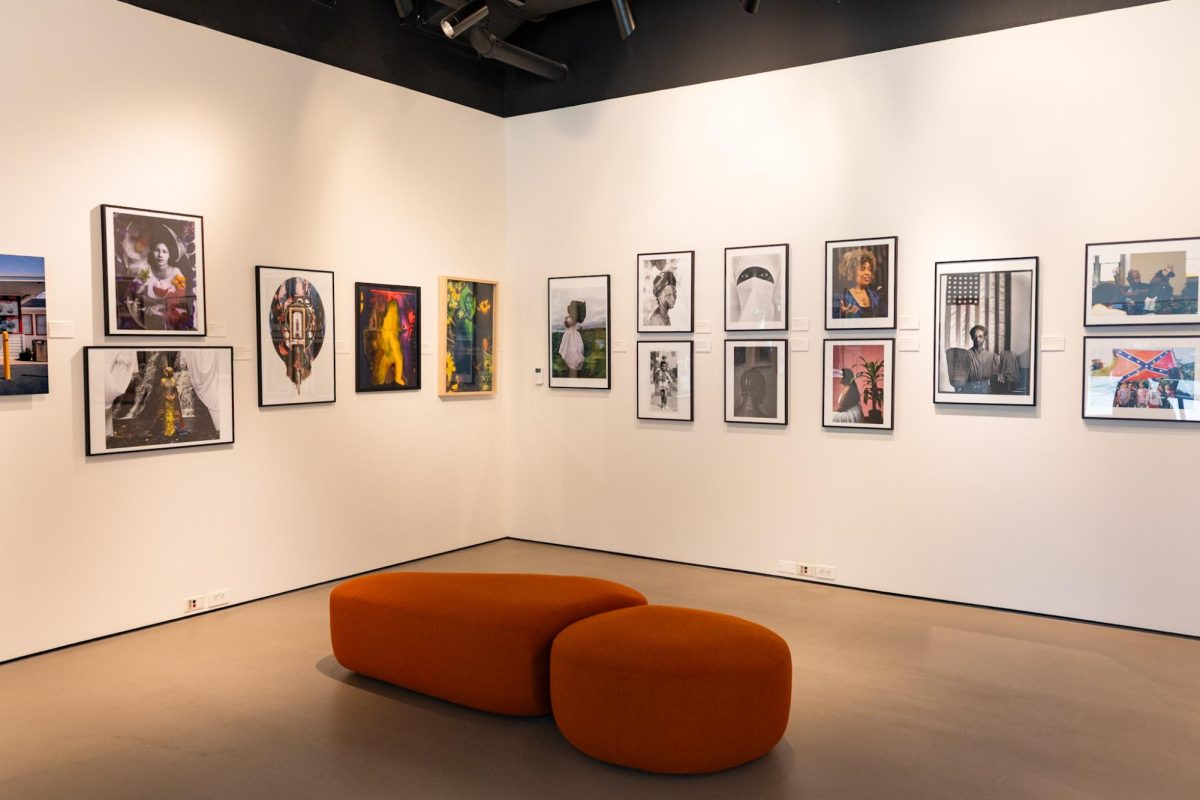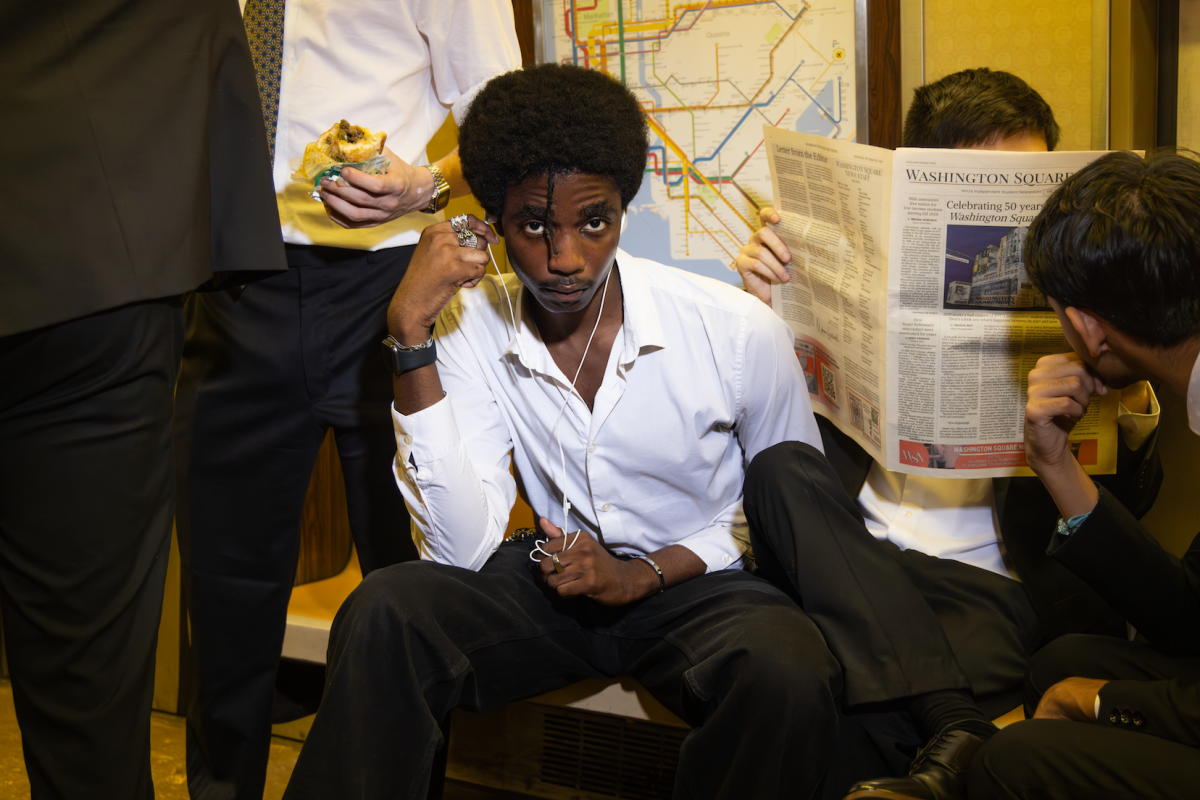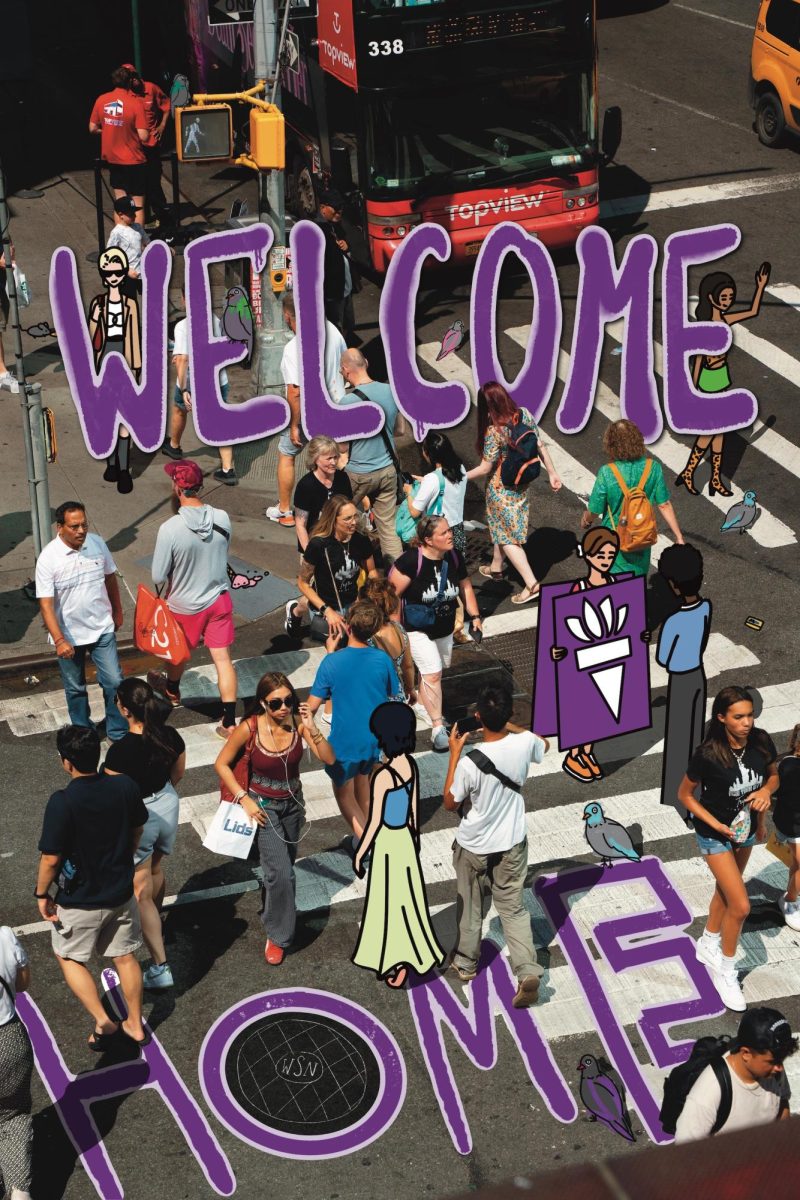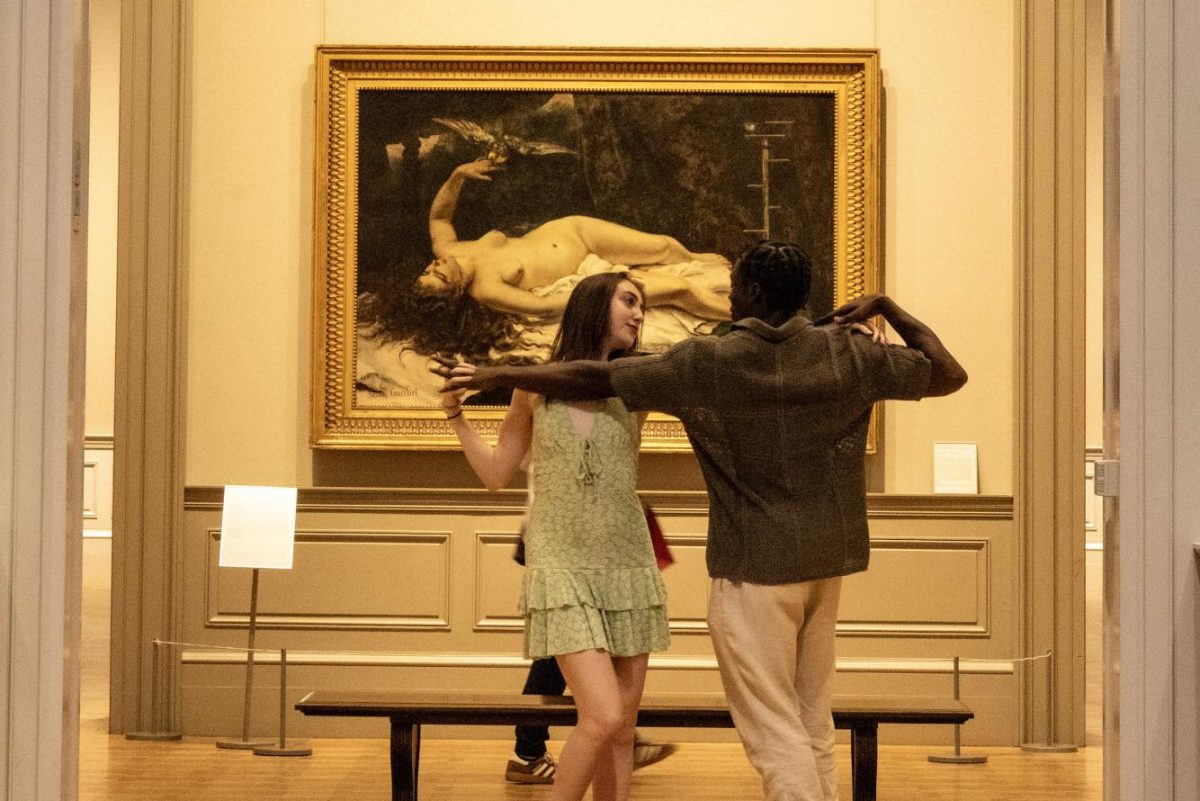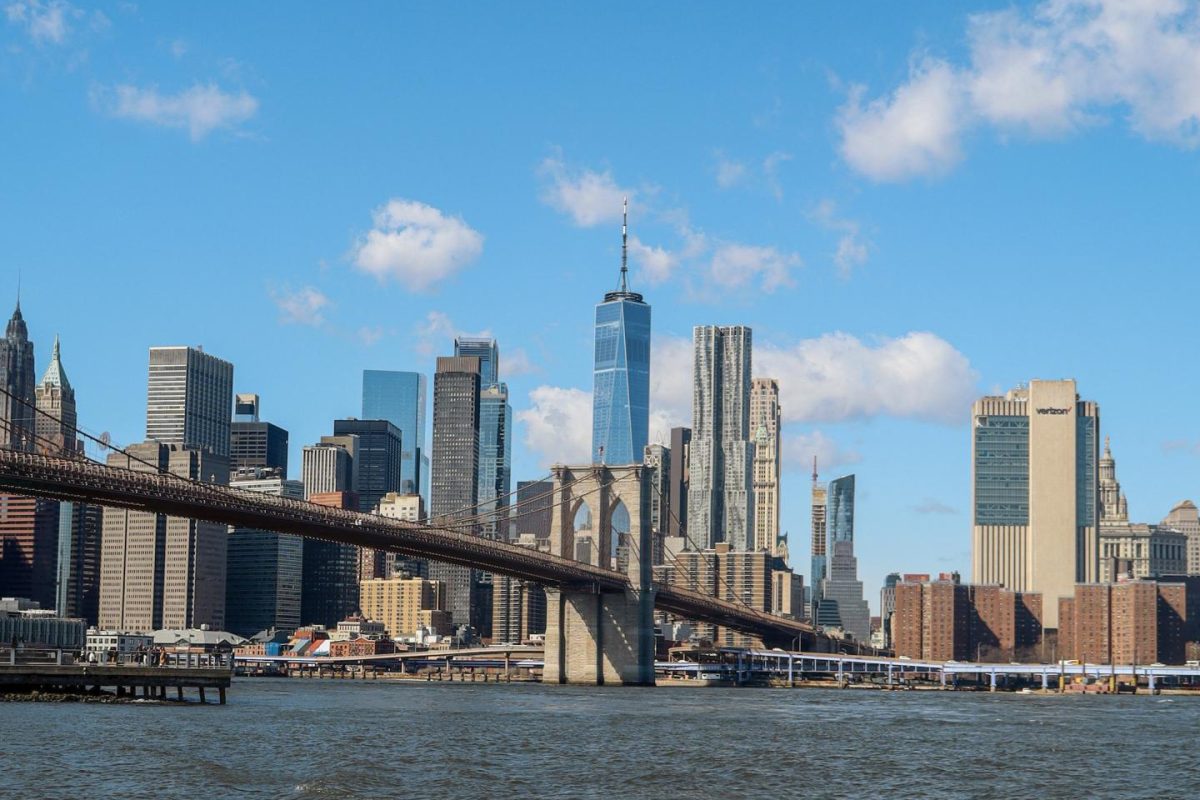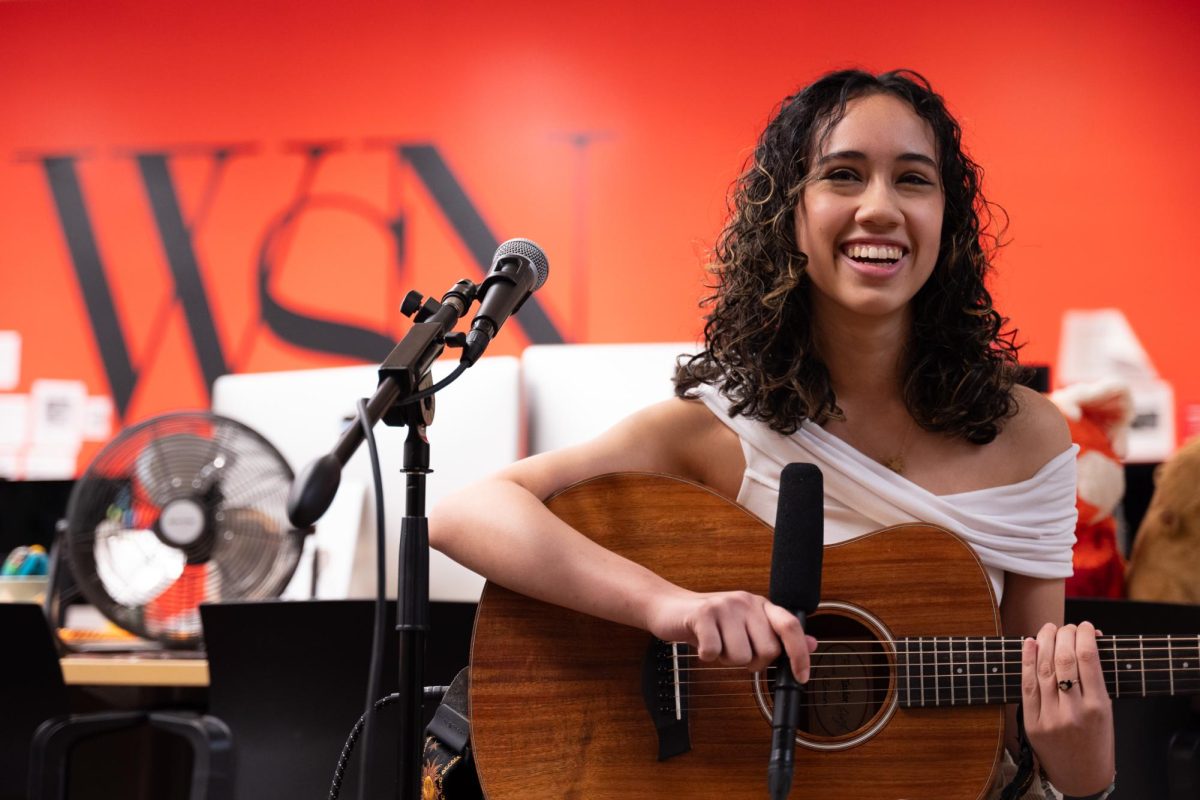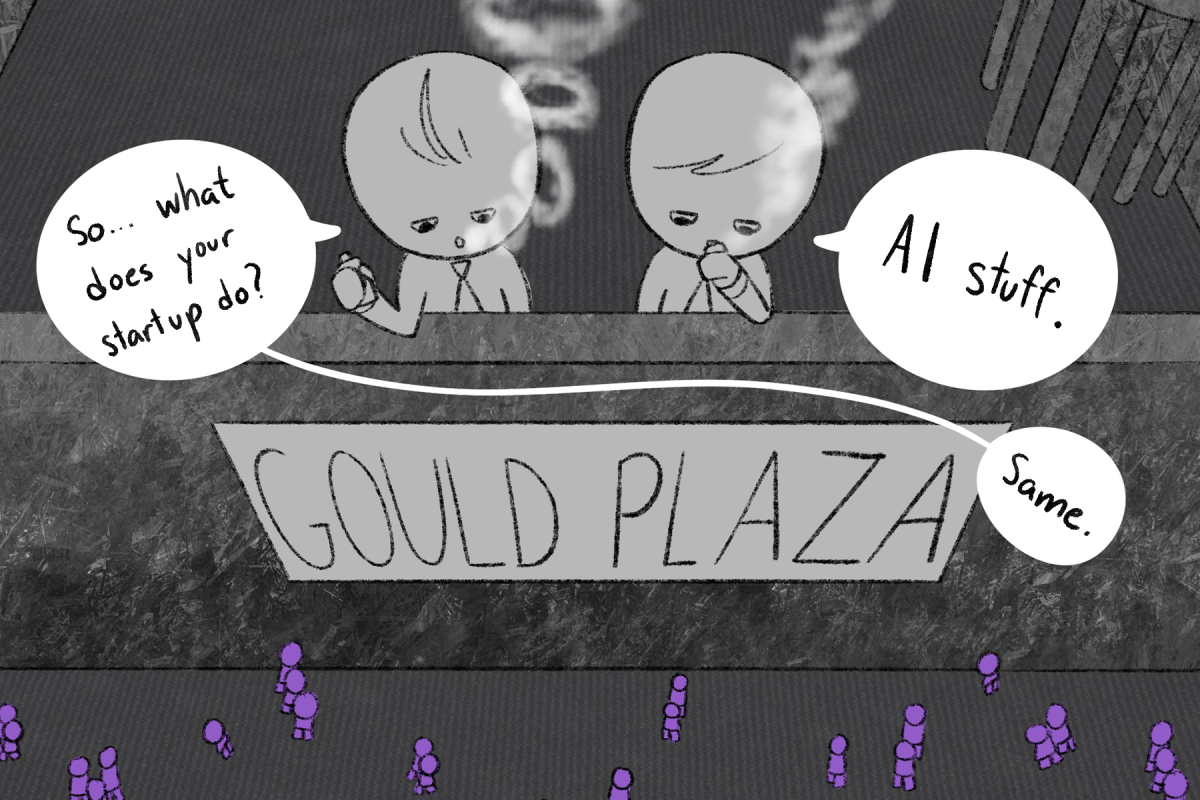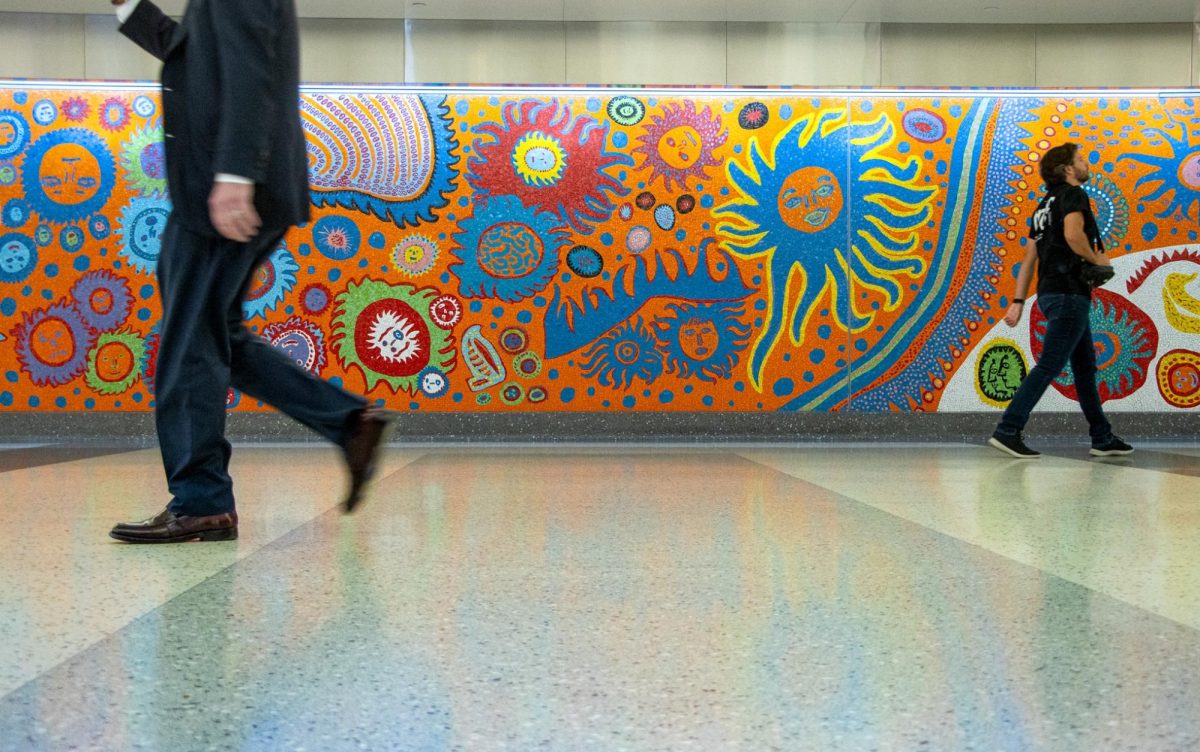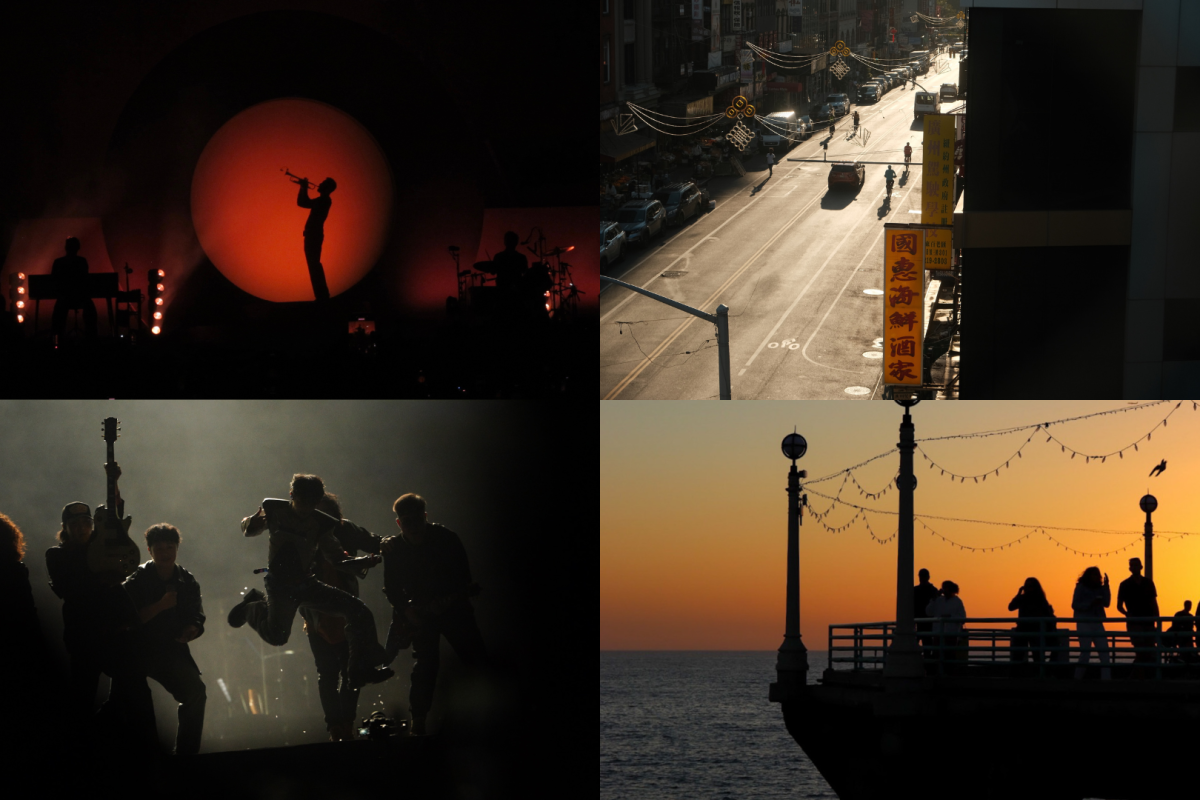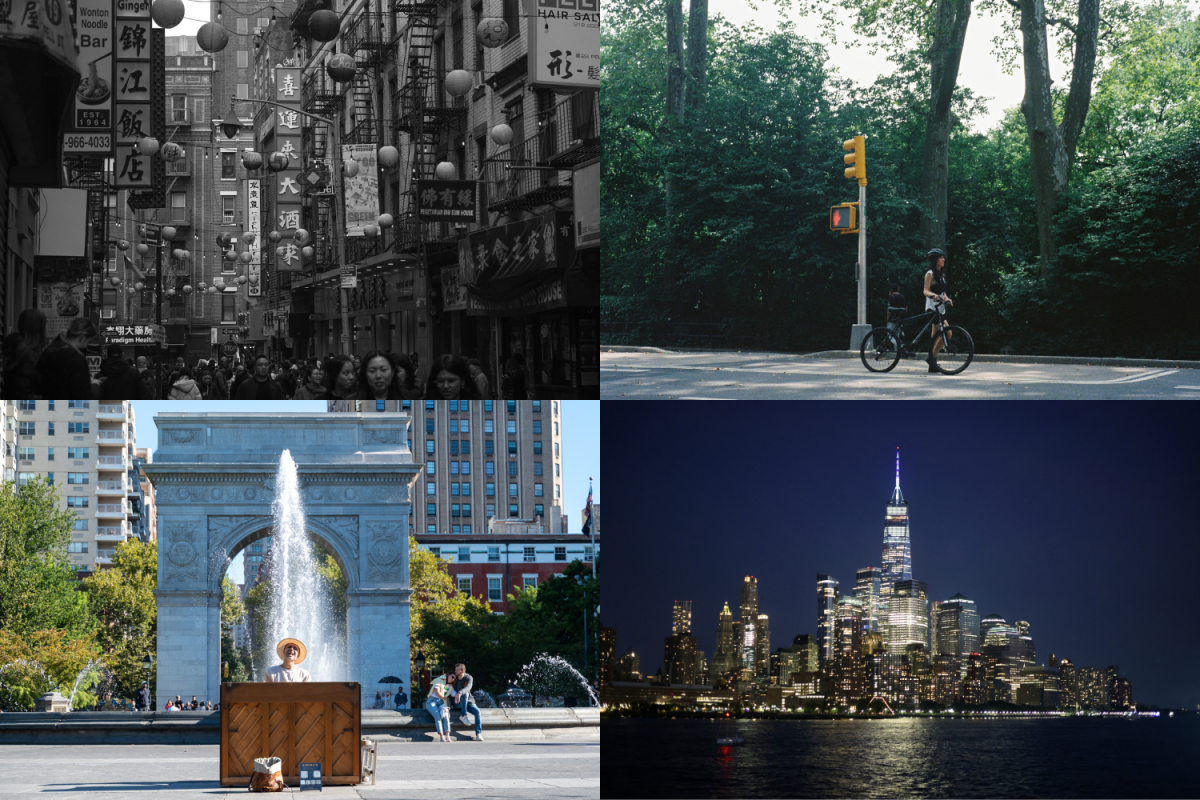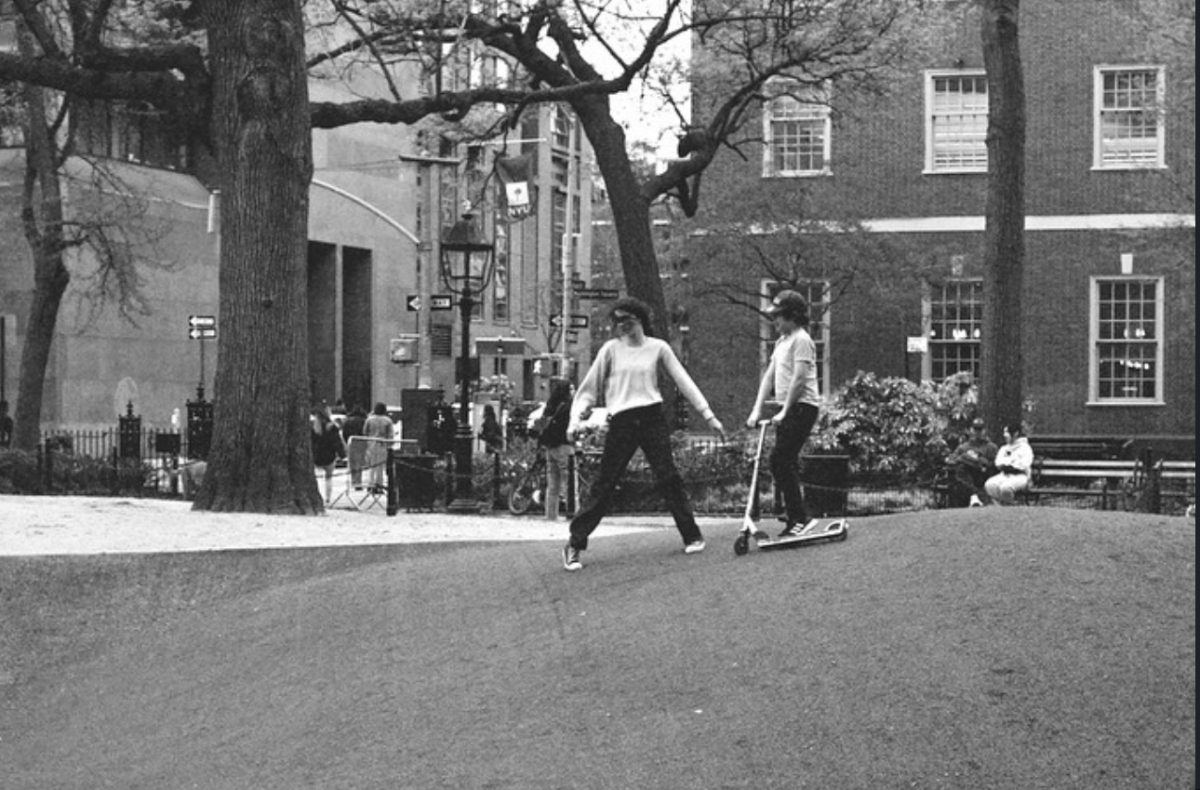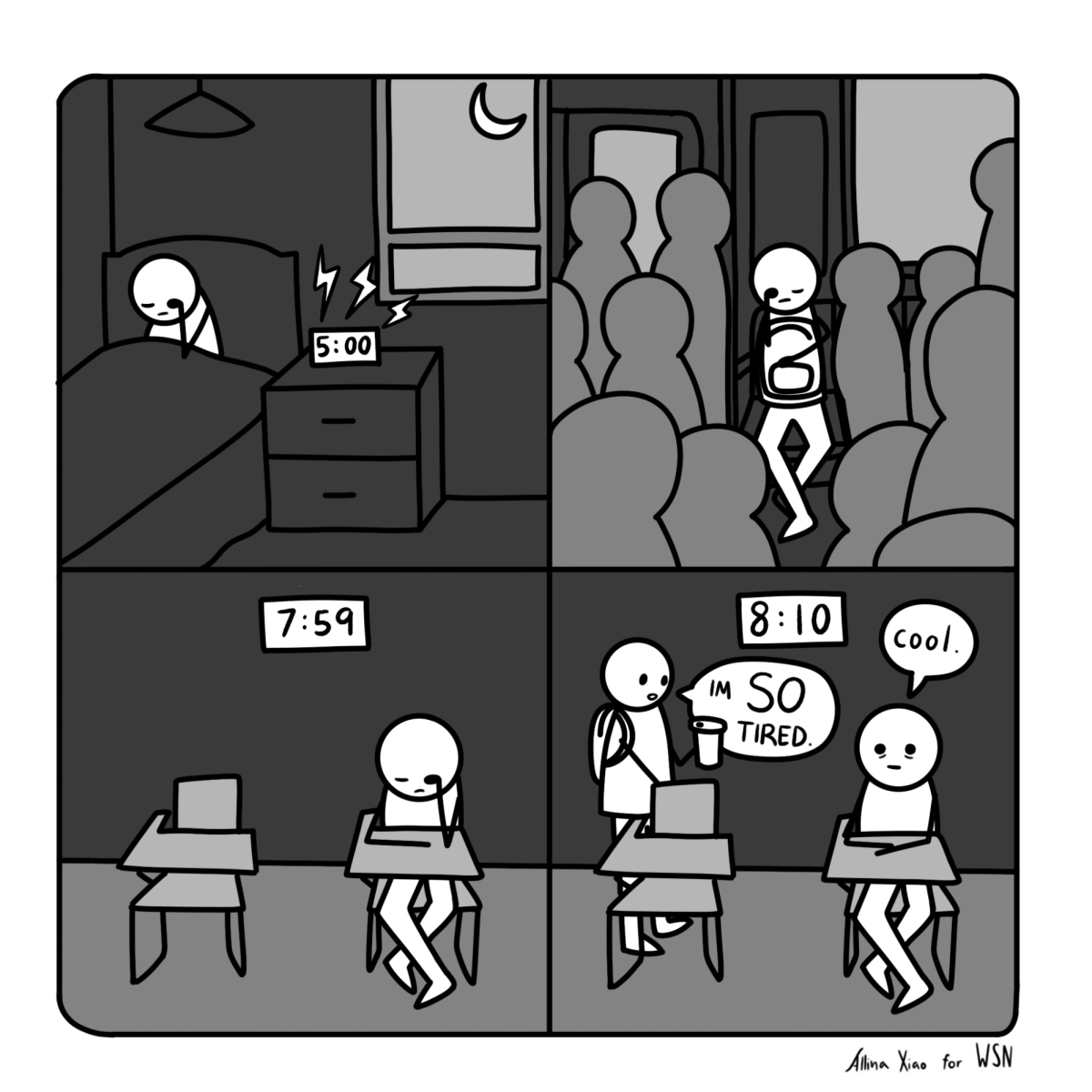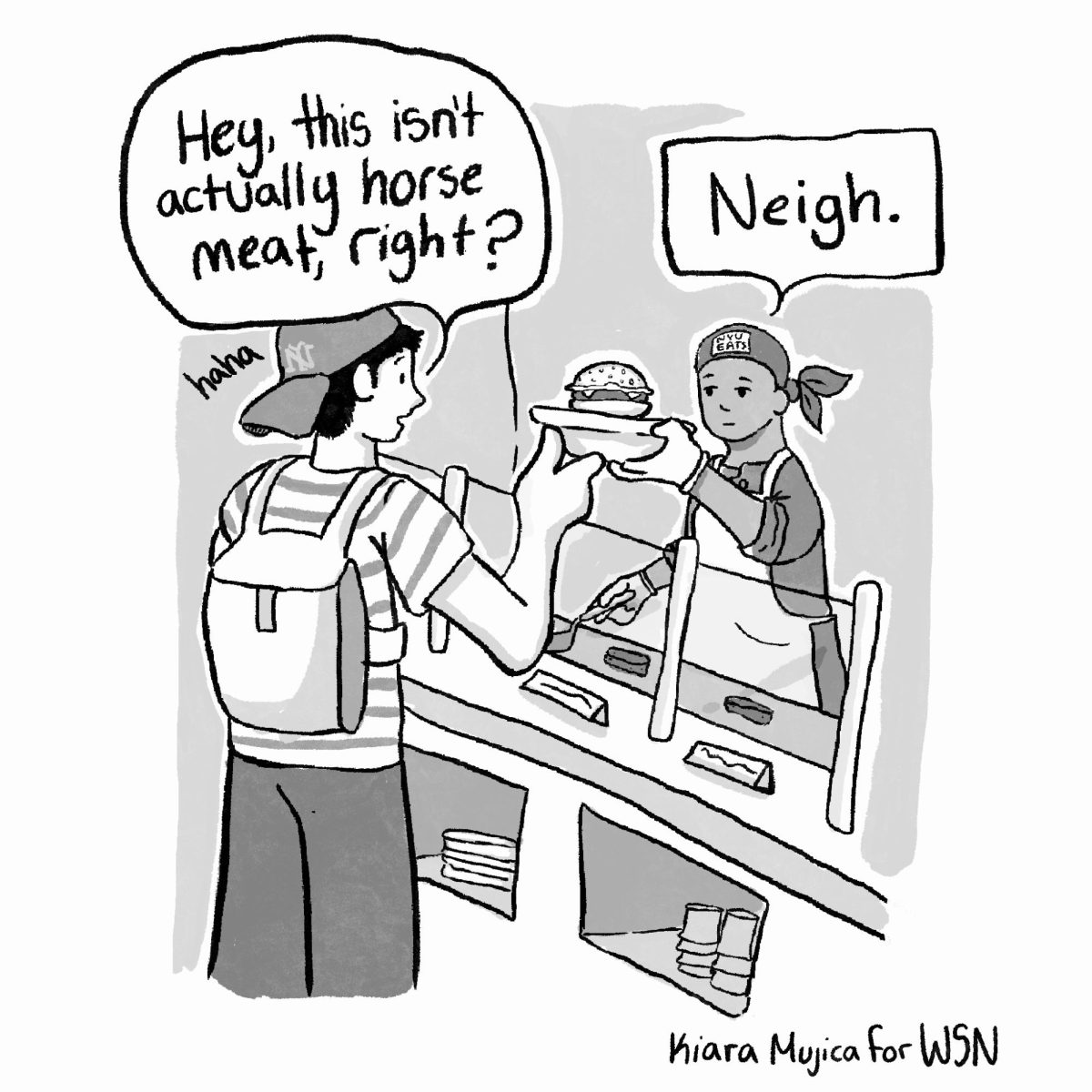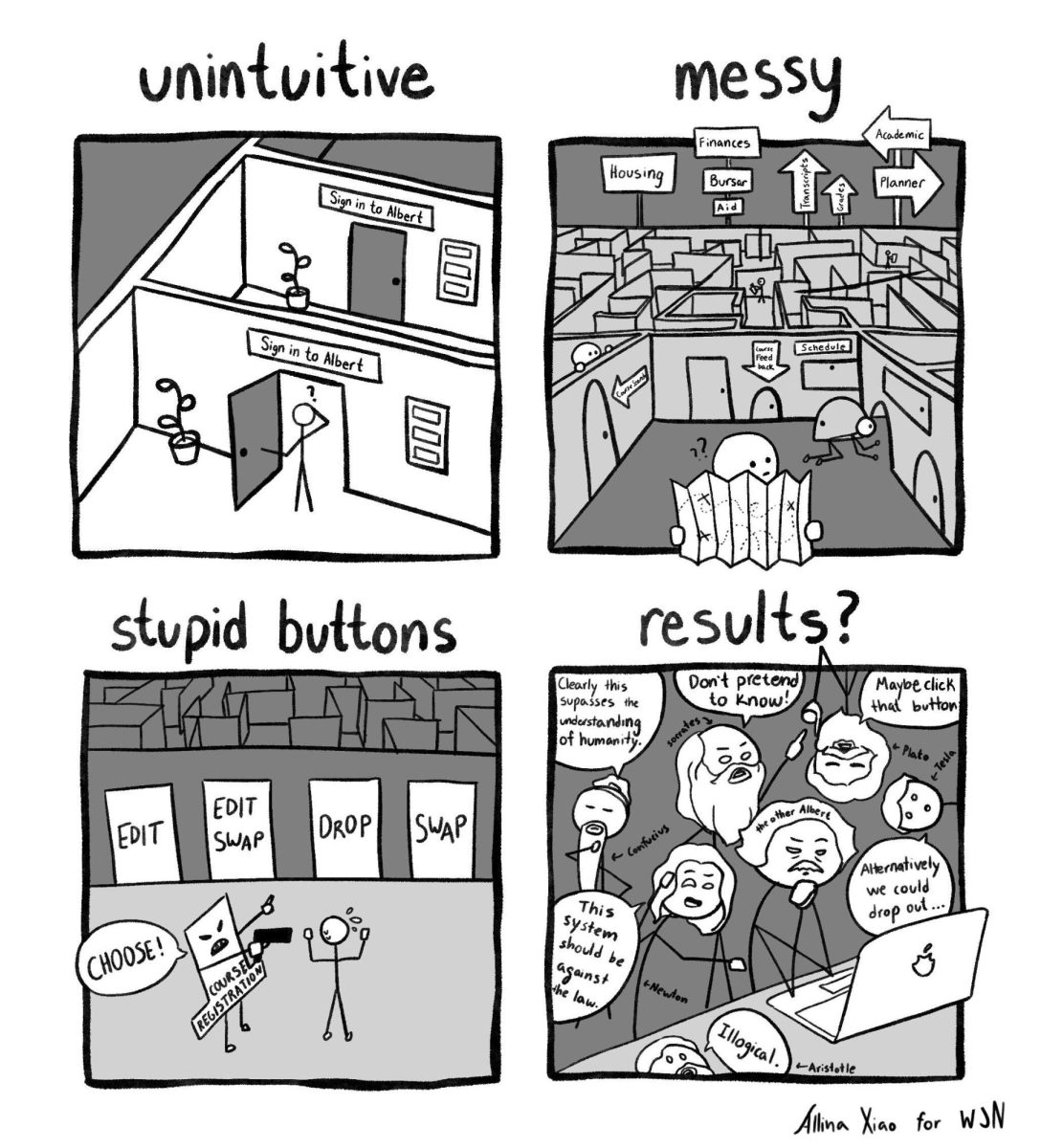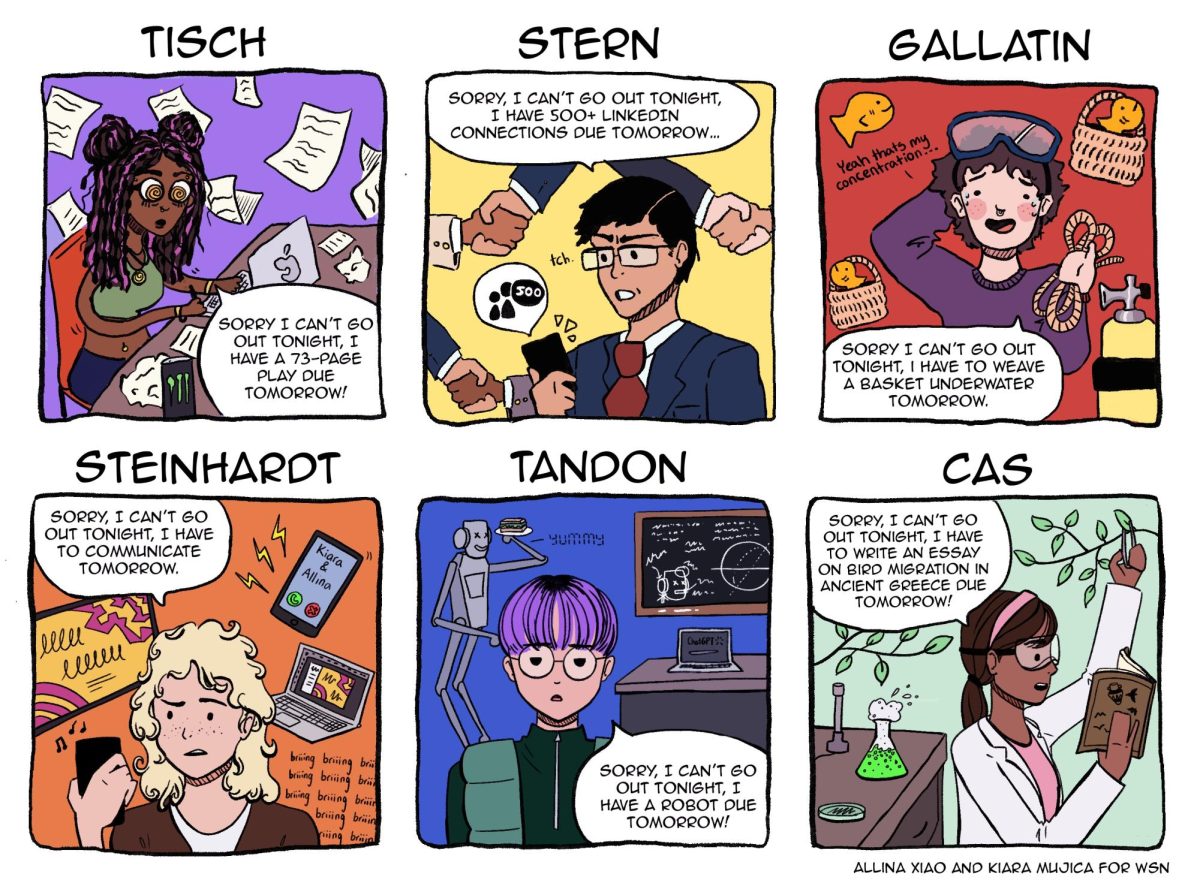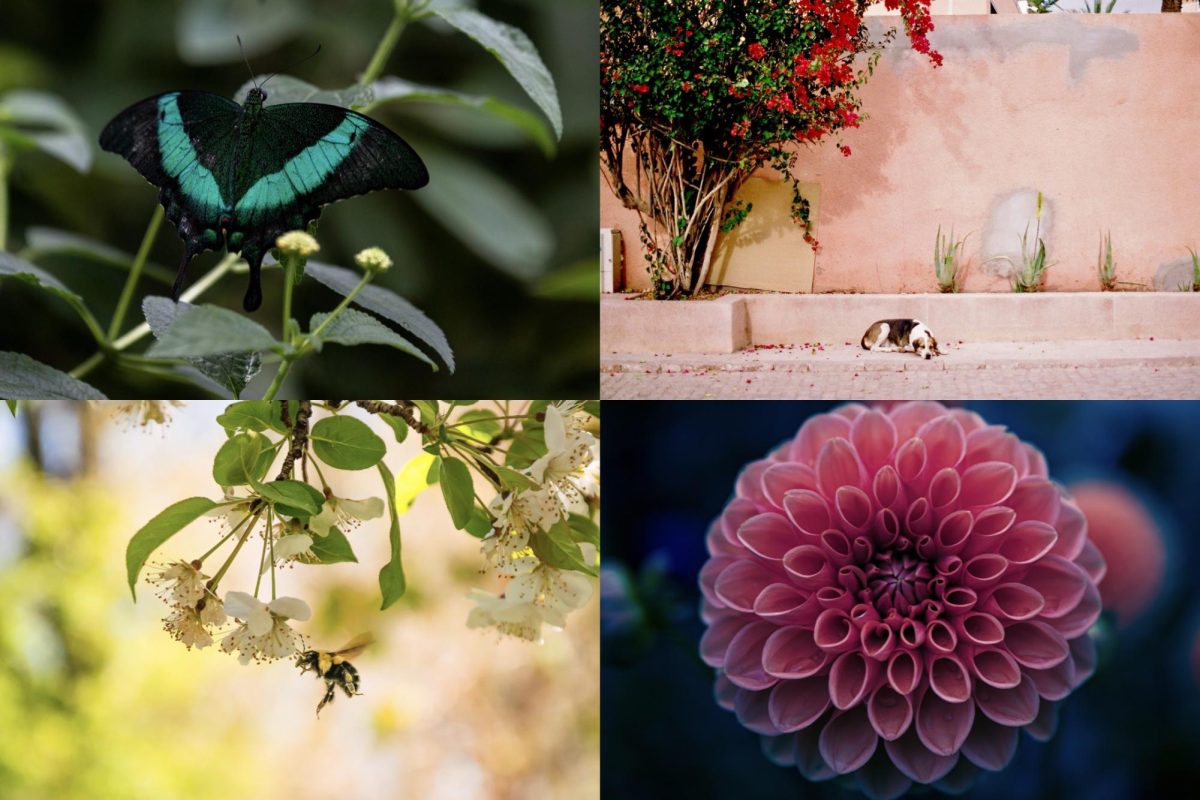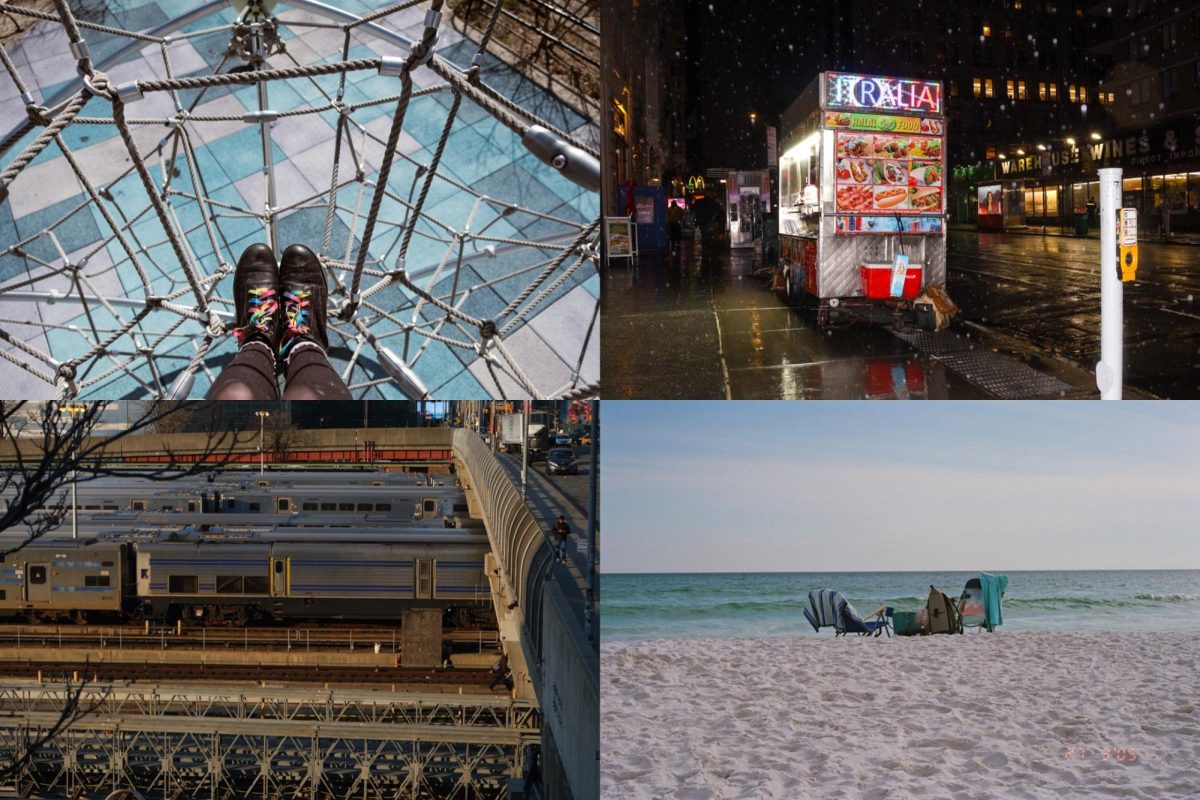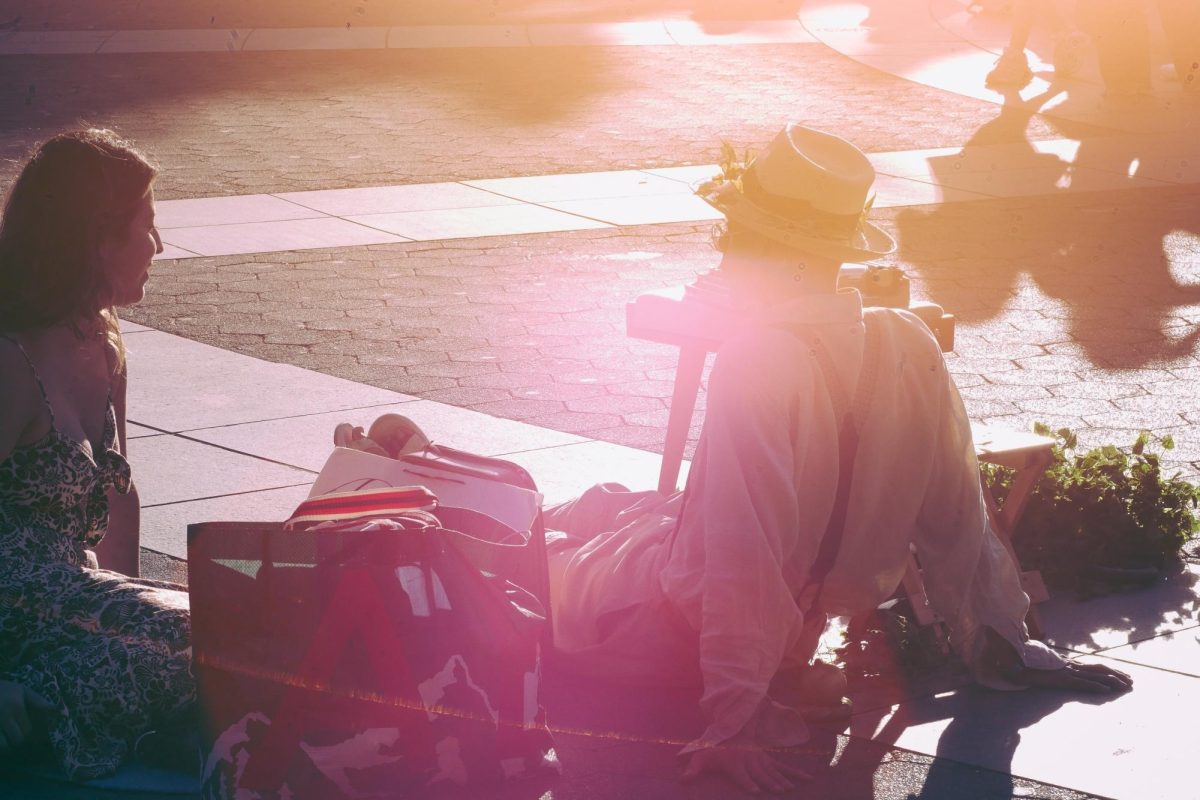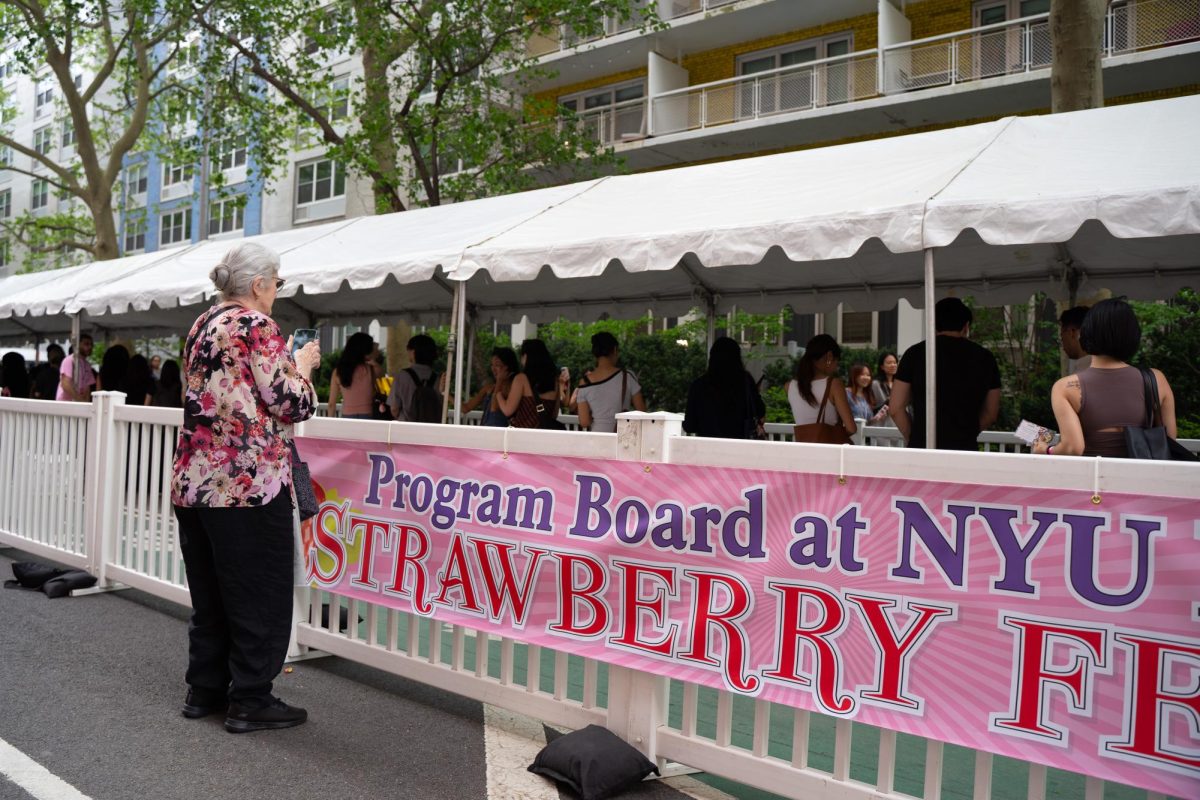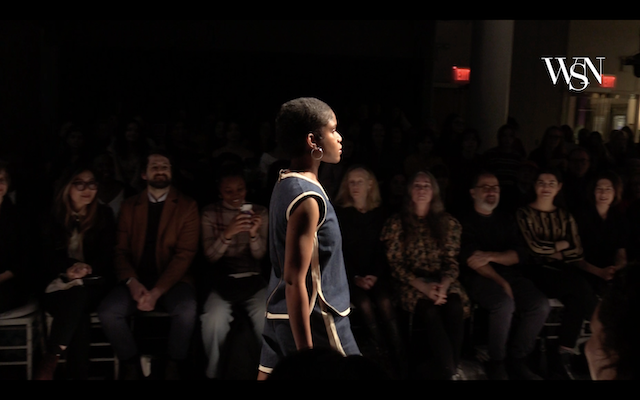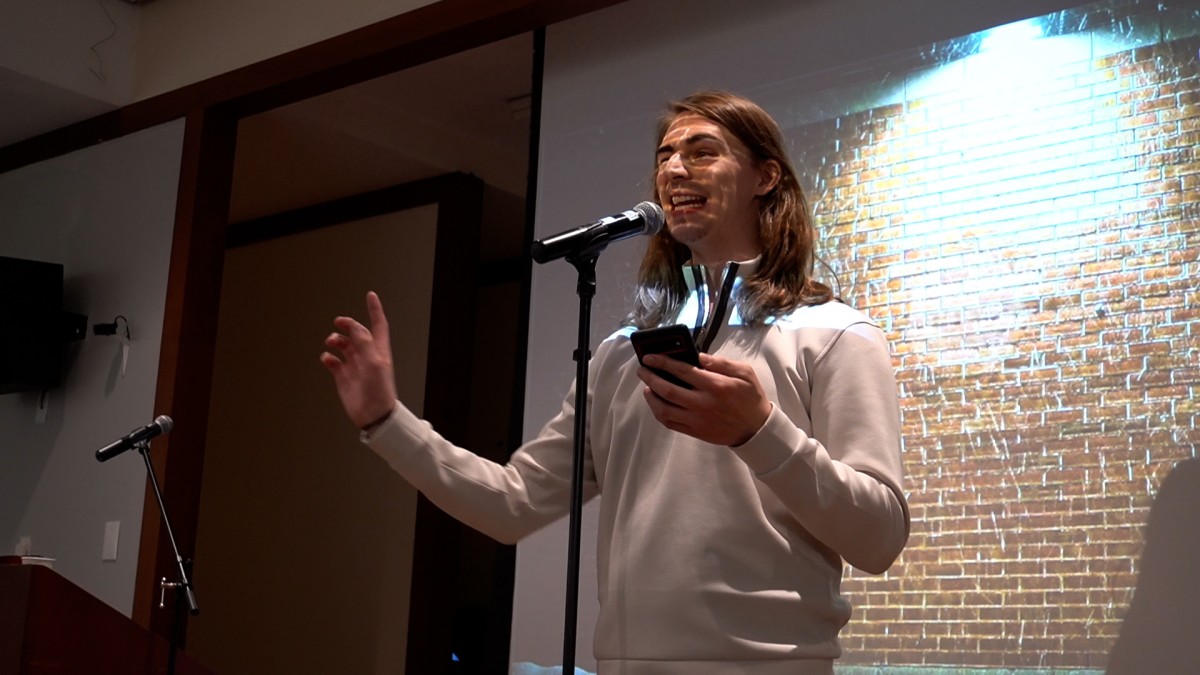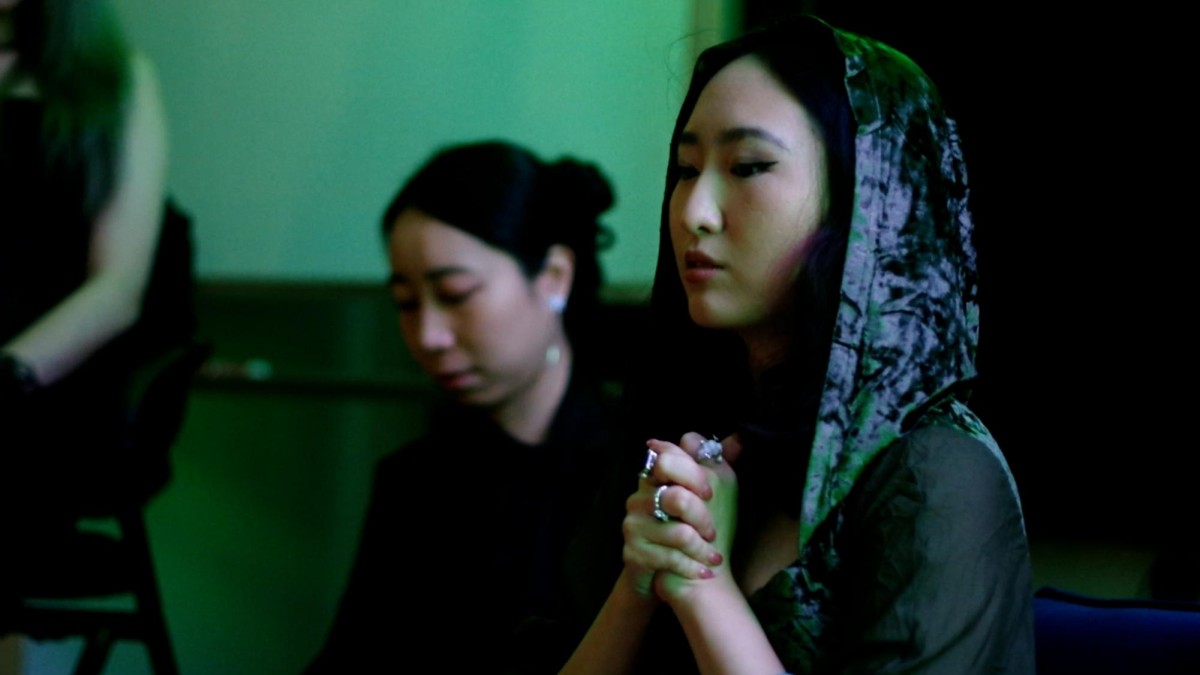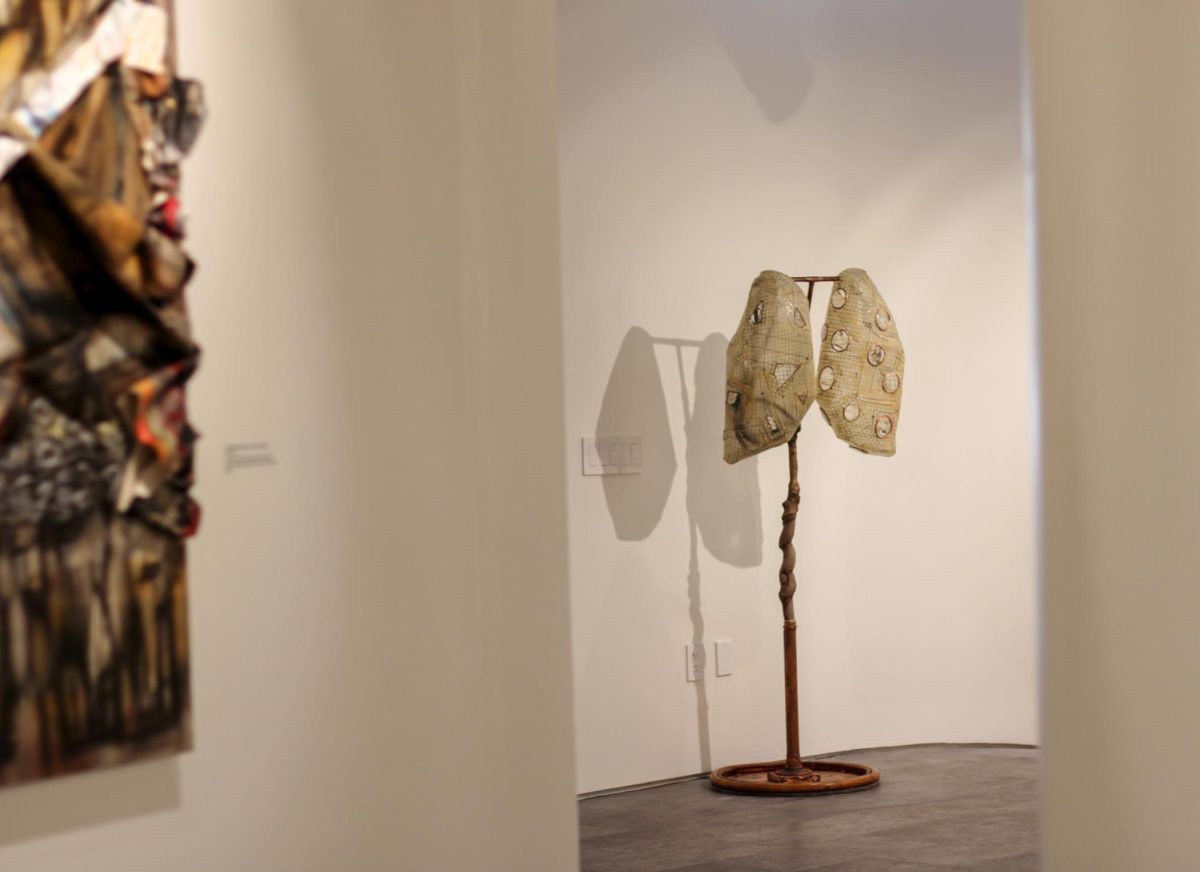Natural light filtering in through large, street-facing windows fills the ground-floor gallery space at 20 Cooper Square. The glow illuminates the room’s walls and the works on display in the Latinx Project’s newest exhibition, “RicanVisions: Global Ancestralities and Embodied Futures.”
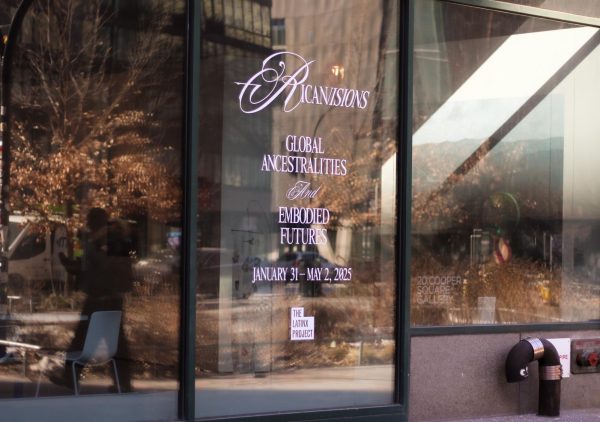
Featuring 19 Puerto Rican and Diasporican — people of Puerto Rican descent living in the diaspora outside of Puerto Rico — artists and occupying gallery spaces on the first and third floors, “RicanVisions” includes works that span five decades with a wide variety of themes and mediums, capturing the intersectional and complex history of Puerto Rican identity.
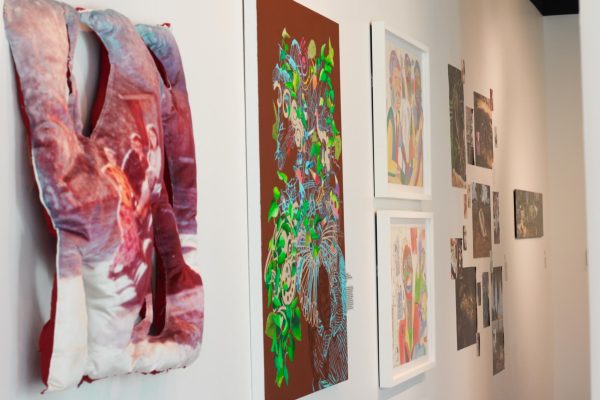
The first-floor space follows the theme “Global Ancestralities.” Hanging next to the exhibition’s introductory wall didactic is Keysha Rivera’s 2022 work “JET BLU,” a soft, cushiony piece that resembles a pillow. “JET BLU” cuts archival photos taken by the artist’s mother in half, intersected by a picture of an airplane wing. The title references the airline JetBlue and reflects on the diaspora’s relationship to — and movement through — both the sky and the sea. A second work by Rivera, “The organs responsible for all the other organs,” has a similar pillow-like form. The piece’s use of the color red, organ-shaped cutouts and a photograph of the artist’s mother creates a parallel between womanhood and the body’s organs, emphasizing that women are a vital part of their communities.
Other works in the ground-floor gallery similarly explore Diasporican history through archival material, reconceptualizing the archive as a tool for artistic production and the negotiation of identity. This theme is taken up in many different mediums, such as in Lee Jiménez’s interactive audio installation “¿Y Tu Abuela, Dónde Está?” Viewers can sit in a cushioned wooden chair on a plush, circular green rug, pick up old-fashioned landline phones and listen to a conversation between the artist and her grandmother. Jimenez’s use of the space is refreshing, encouraging viewers to slow down and reflect on the often overlooked value of oral histories.
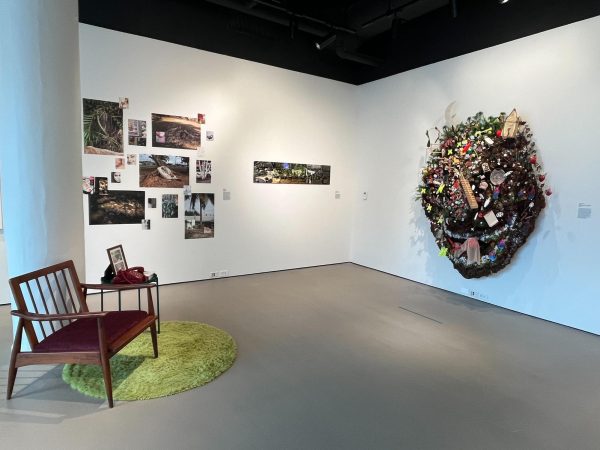
The most striking and thought-provoking piece in the ground-floor gallery is Orlando Estrada’s 2024 sculpture “Saturn,” which is an impressive 7 feet tall and projects over 2 feet off the wall into the viewers’ space. From a distance, the sculpture appears like a monstrous face, and on closer inspection, the uneven surface clearly resembles the dirt just below the surface of the earth. In this way, the plethora of objects littered across the sculpture’s surface — from a small votive image of the Virgin Mary to a dirty flip phone to miniature models of furniture, houses and ceramic vases — echo an archaeological archive buried in the earth. Estrada’s use of contemporary, recognizable objects pushes viewers to reflect on how the objects of today will become the archive of the future, vitally highlighting that an archive is never static, but that it is always growing and changing as time passes.
Compared to the first-floor gallery, which ties works together through their use of the archive, the third-floor gallery’s theme and collection of art seems to lack a similar kind of central axis. More loosely themed around “Embodied Futures,” some pieces reimagine the body, such as Juanita Lanzo’s collages representing skeletal forms and Miguel Enrique Lastra’s clay sculpture of a human figure, while some comment on gentrification or social and racial justice. The elevator ride that separates the two spaces also creates a sharp divide and prevents interactions between the works.
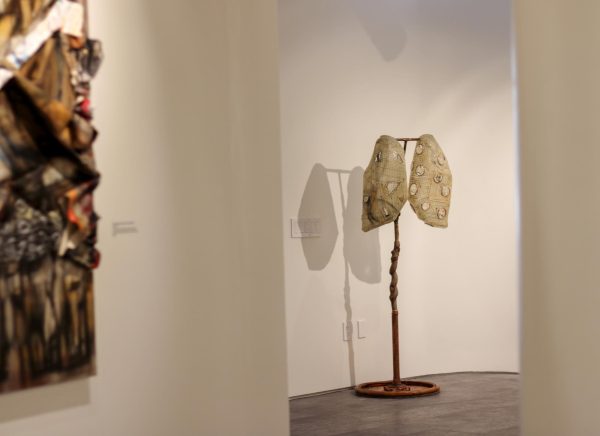
While this shift is apparent as viewers move to the third floor, the works in this gallery are still compelling and present powerful ways of thinking about the diasporic experience. One particularly impactful piece is Marina Gutierrez’s “Can’t Breathe Lungs Reliquary: for Eric & George,” a 5-and-a-half-foot sculpture of lungs on a metal stand made from metal mesh, dressmaking pattern paper and glass shards. A reliquary is a type of object historically used in the Catholic tradition to hold sacred objects; in this reliquary is a thick rope intended to represent lynching — its placement in a reliquary conveys the rope’s significance to the history of racial violence in the United States. Gutierrez’s piece, made in honor of Eric Garner and George Floyd, powerfully brings into focus the role that breath plays in the current movement for racial justice.
Altogether, “RicanVisions’” presentation of works from across the Puerto Rican diaspora highlights the varied artistic approaches that Diasporican artists take to weave together complex understandings of home, cultural and racial identity and social justice. The exhibition makes it clear that there is no one way to understand Puerto Rican and Diasporican identity and that it, much like an archive, will continue to evolve and take shape over time.
The Latinx Project’s “RicanVisions: Global Ancestralities and Embodied Futures” is on view Tuesday through Friday from 11 a.m.-5 p.m. in 20 Cooper Square’s first and third-floor galleries until May 2.
Contact Katherine Welander at [email protected].

